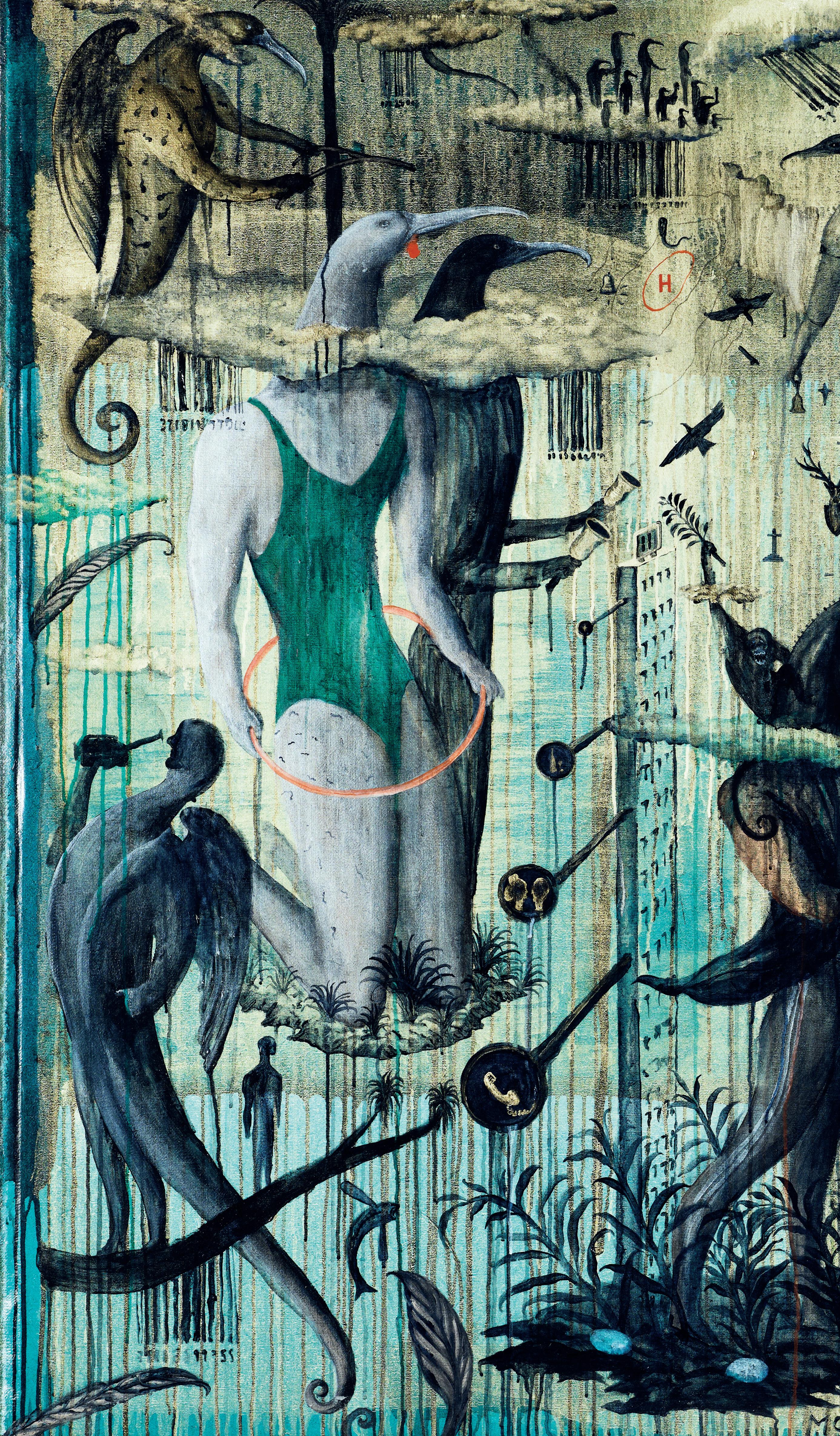
crane-brothers.com



Every crisp an edible masterpiece





crane-brothers.com



Every crisp an edible masterpiece



Best regional magazine

Capital just turned ten!
That’s a decade of sharing stories about Wellington and the clever citizens who call it home.
To get Capital magazine delivered to your door, you can subscribe online.
capitalmag.co.nz/shop

If you’re one of the thousands of Kiwis about to come off a low, fixed rate, you’re probably worried about how high the new rate could be. That’s why you need to take the right steps to ensure you receive the lowest possible rate. Which is where Alex Wang and his team of friendly experts can help.

Handily based at 24 Centre Street by Victoria Park Market, they’ll firstly sit down with you to work out your financial priorities and options. Then, they’ll use their in-depth understanding of the borrowing process to help ensure you secure a favourable rate and make your property dreams become reality.


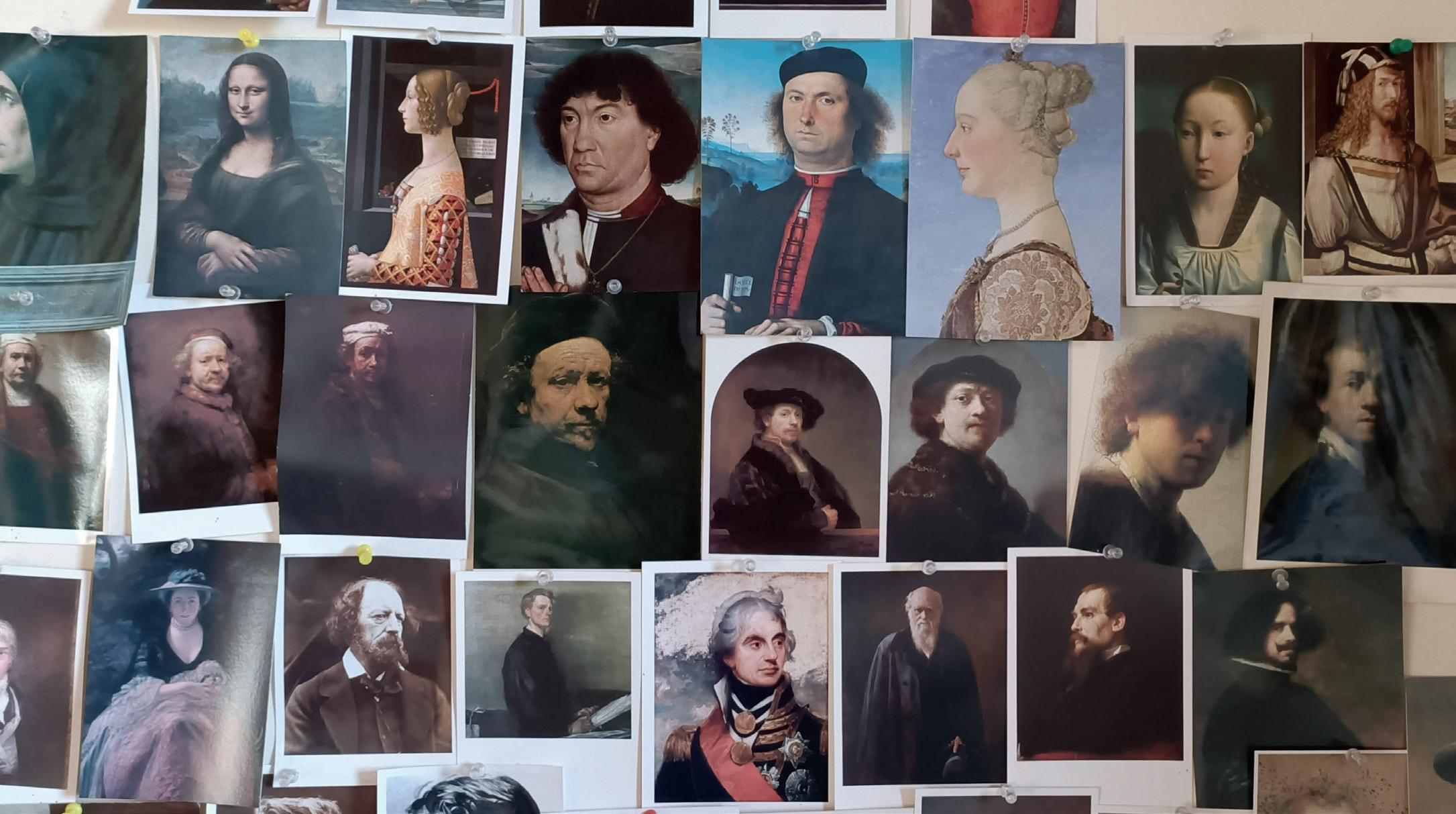
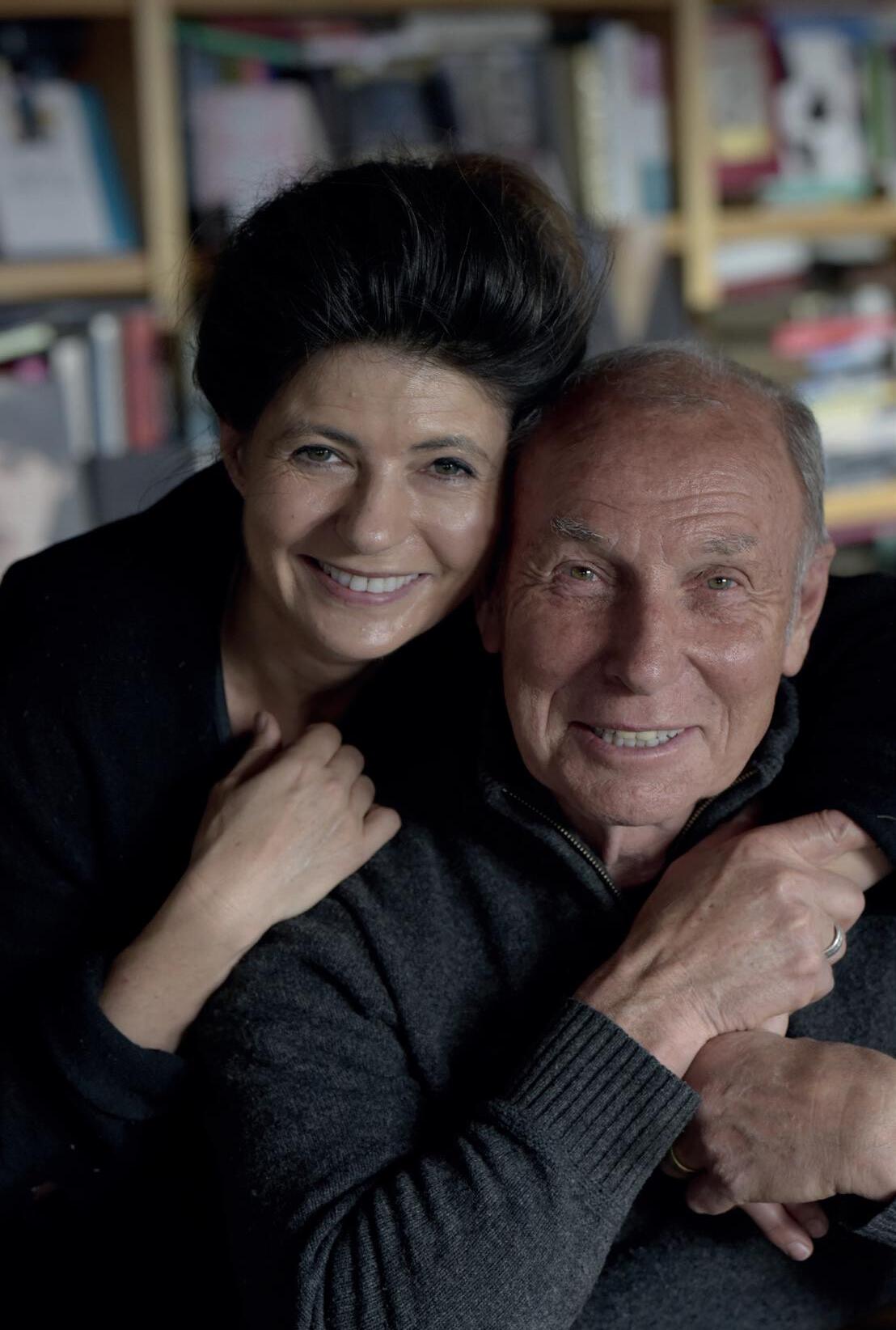
17 May 2024 - 08 June 2024

On this exclusive tour, you’ll experience the rich art history Europe has to offer. Guided by your personal hosts, award-winning NZ artist Sir Grahame Sydney, and his wife Fiona, dive into some of the world’s greatest art collections. You will have the opportunity to view artworks from world-renowned artists in person while exploring the beautiful cities of Madrid, Paris, Bruges and Amsterdam.
ThemajorgalleriesofMadrid,ParisandAmsterdamhousemanyofmyfavoriteworks,thosecitiesaresimply wonderfulartpoolsintowhichtodive.Iknowthemall,admirethemexcessively,andcan’twaittosharewhatIhavediscovered there,whatIknow,andtospendmoretimewithsomeofthemostbeautifulobjectsevermade.
 -SirGrahameSydney
-SirGrahameSydney


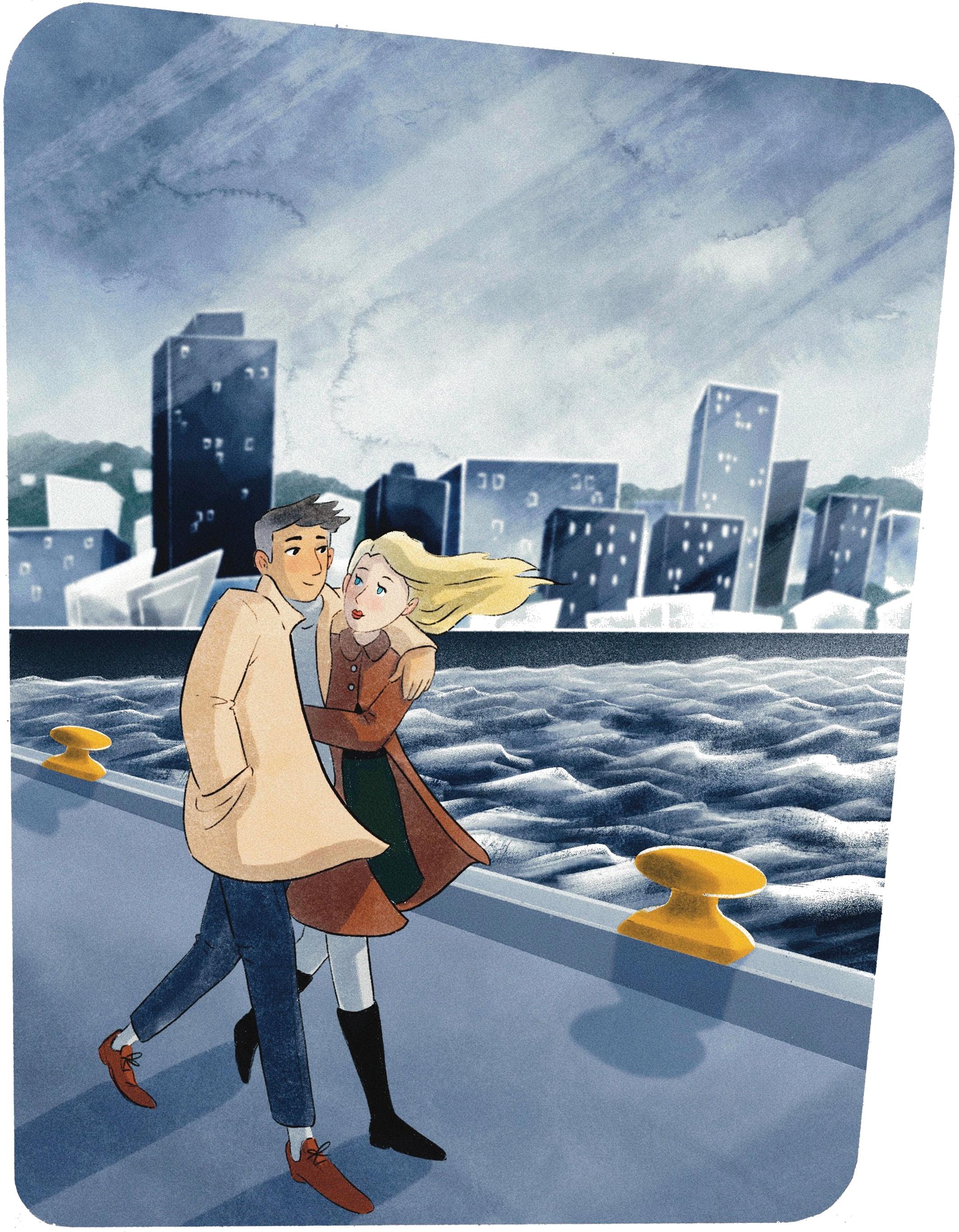

What good is the warmth of summer, without the cold of winter to give it sweetness

views of the Waitematā Harbour, and enjoy service that is second to none. Our team are dedicated to providing a five-star hotel-like experience, tailored to you.
Unwind in the day spa and indoor pool, browse the wine library and enjoy world class cuisine in our elegant restaurant. Our architecturally-designed homes create the ultimate oasis for luxury retirement living. To find out more about life at The Helier, get in touch today.



The BNZ Multiples are an edition of high-quality screenprint reproductions of historically significant New Zealand paintings from the Bank of New Zealand Art Collection

The artworks available are Orchid by Rita Angus, Design by A. Lois White, Basic Arawa Pattern and Bird Motif by Theo Schoon, Girl at a Coffee Bar by Evelyn Page, Kaisei Maru by Charles Tole, and The Pink Terraces by Charles Blomfield. Each print has been produced with multi-layer screen stencils and is 750 x 560mm in scale.
Produced in association with the artist’s estates and printed on 100% archival cotton, Fabriano Artistico 300 gsm paper, this edition is limited to 500 copies. The prints are individually numbered and blind embossed with artist and estate details.
Buy one or more of the six screenprints, available for $350 individually or $1,850 for the complete set, unframed. Prices include GST and shipping is an additional $30.
While trusts are an invaluable asset protection mechanism, they also require regular review to ensure they are structured to suit your current circumstances.

Your trust may include out of date provisions, people you no longer wish to benefit or receive information or it may even be time to reduce your number of trusts.
Davenports Law provide specialist asset structuring and planning advice to suit each unique situation.
Protect the assets that you have worked hard to acquire, contact our Managing Director, Tammy McLeod.
15 Williamson Ave, Ponsonby, Auckland goodform.co.nz
 Designer Furniture, Lighting and Objects
Karimoku Case Study –N-S03 Lounge Chair, N-S03 Sofa, N-ST02 Side Table Large and Small
Designer Furniture, Lighting and Objects
Karimoku Case Study –N-S03 Lounge Chair, N-S03 Sofa, N-ST02 Side Table Large and Small
Entries are now invited for Pencil Case Painters — a curated live auction that will take place later this year. The catalogue presents work by six highly regarded artists: Shane Cotton, Bill Hammond, Tony de Lautour, Saskia Leek, Séraphine Pick, and Peter Robinson. As a group these artists are referred to as the ‘pencil case painters’. The moniker captures the doodle-like qualities of works created by this collective in the early 1990s at Ilam School of Fine Arts.


auckland 33a
Rd Mount Eden Auckland
printer Crucial Colour 24 Fairfax Avenue
Penrose
Auckland 1061
Edition of 4,500
Offset printed, 136 pages 150gsm Matt Art 120gsm Laser Offset
Freely distributed to subscribers or available at select public art spaces and hospitality venues.
Paul Evans
Managing Director paul@webbs.co.nz
+64 21 866 000
head office advertising + pr public relations design
Karen Rigby Business Manager karen@webbs.co.nz
+64 22 344 5610
Elizabeth Boadicea Marketing Manager elizabeth@webbs.co.nz
+64 22 029 5611
Olivia Woodgate Creative Director design@webbs.co.nz
+64 9 529 5604
wellington auckland
Charles Ninow Director of Art charles@webbs.co.nz
+64 21 053 6504
Jo Bragg
Inventory Coordinator, Art art@webbs.co.nz
+64 21 113 5001
Tasha Jenkins Manager, Art tasha@webbs.co.nz
+64 22 595 5610
Hannah Owen Registrar, Art registrar@webbs.co.nz
+64 9 529 5609
Georgina Brett Cataloguer, Art cataloguer@webbs.co.nz
+64 27 929 5609
Charles Tongue Valuations Specialist valuations@webbs.co.nz
+64 22 406 5514
Mark Hutchins-Pond Specialist, Art mark@webbs.co.nz
+64 4 555 6001






IHC ART AWARDS FUNDRAISING AUCTION WEBB’S, NORMANBY ROAD, AUCKLAND
MONDAY 28 TH AUGUST 2023, 6pm


This year, the WORLD Legacy Charity Project approached established national and international artists to donate works to raise funds for the IHC Art Awards.
www.worldbrand.co.nz ihc.org.nz www.webbs.co.nz
Artworks by JOANNA BRAITHWAITE, DICK FRIZZELL, TAME ITI, GREGOR KREGAR, KARL MAUGHAN, DAVID SHRIGLEY, SIMON LEWIS WARDS Photography by Thievery Execution Agency. Photographer Garth Badger
Given that our Collectors’ Cars, Motorcycles & Automobilia specialists deal with rare, beautiful and coveted vehicles every day, it takes something truly special to stop them in their tracks. But such was the effect when the details of a rare 1967 Aston Martin DB6 Vantage slid across their desk.
Aston Martin is more than a car brand: it is a British cultural icon in its own right. From its founding in the early 1900s the marque has been defined by an uncompromising dedication to beauty, superior performance, and exceptional luxury and quality — principles that have stood fast no matter the trends, challenges, or socio-economic climate of the day. Aston Martins are a car for true connoisseurs, exemplifying ‘quiet luxury’ many decades before TikTok got hold of the term. And never was this more true than during the Aston’s iconic DB era.
During the golden period from 1947 to the early 1970s, the Aston Martin brand was under the ownership and direction of English industrialist David Brown, who had also purchased Lagonda in the same year. During his time at the helm, Brown revolutionised both companies by consolidating manufacturing and streamlining processes, leading to the production of the 1950 DB2 Le Mans prototype, with a design DNA that still informs Aston Martin produced today. While the uniquely British refinement of the brand was already evident, what really cemented it as a national icon during this era was the DB5, in particular its scenestealing, gizmo-packed appearance in the 1964 James Bond film ‘Goldfinger’. This breakout role launched Aston Martin from local talent to global superstar. Introduced in 1965 as the successor to the famed DB5, the DB6 marked the end of this renowned DB line of Aston Martins. Among enthusiasts of the brand, it is often regarded as the final embodiment of the authentic Aston Martin experience. To address the need for increased headroom and legroom, the Newport Pagnell factory extended the wheelbase by four inches while giving the DB6 a more streamlined
appearance with a sloping windscreen, raised roofline, and redesigned rear quarter-windows. Unveiled at the Paris and London Motor Shows in 1965, the DB6 maintained a clear lineage to the Touring-designed DB4 from 1958, while offering the enhanced style and comfort befitting of a true ‘grand touring’ car.
The DB6 that has so excited the Collectors’ Cars, Motorcycles & Automobilia team is set to be the star of our upcoming August live auction. It was imported into New Zealand in 1983 by a returning resident, and is currently in the possession of its third New Zealand owner, who acquired the car in 2007 in its original condition. After driving it for 18 months, the owner noticed that the engine was in need of attention, thus, in early 2009, embarked on a meticulous and comprehensive 13-year restoration project, sparing no expense.
on view
Wed 23 August 10am – 4pm
Thurs 24 August 10am – 4pm
Fri 25 August 10am – 4pm
Sat 26 August 10am – 4pm
Sun 27 August 10am – 1pm
auction
Sun 27 August 2pm location
Due Drop Events Centre
770 Great South Road
Wiri, Manukau, 2104
Webb's
To list every enhancement would exceed word count, however, extensive documentation, including photographs and receipts, attests to the thoroughness of this open-chequebook project. Notably, the engine was fully rebuilt, increasing its displacement from 4.0 to 4.2 litres. The 5-speed ZF gearbox and limitedslip differential were also rebuilt, and the car underwent a conversion to electronic fuel injection using Jenvey Heritage Throttle Bodies, designed to replicate the appearance of the original Weber carburettors. Installation of twin electric fans prevents overheating in New Zealand's summer traffic, while the upgraded suspension with Harvey Bailey components (including Konis and an uprated sway bar) ensure a buttersmooth road experience.
Aesthetically, all necessary replating was performed on the brightwork, while new Wilton carpets were installed inside, alongside re-trimmed leather in the correct OEM Connolly Vaumol black leather where necessary. The dashboard and glovebox well were also refurbished,
and the incredible body was refinished in Aston Martin's period-correct 'Old English Pewter'.
This only touches on the level of loving detail that has gone into ensuring this mid-century icon inspires as much desire today as it did in 1965. The offering includes the original parts, build sheet, spare components, and the odometer currently shows a modest 80,319 miles.
Vintage Aston Martins are widely recognised as resilient investments, akin to blue-chip assets like art. Owning a Newport Pagnell model is a special privilege, and this particular car's status as one of only 268 right-hand drive Mk1 models produced in the coveted Vantage specification further adds to its desirability. This is the most prestigious vehicle to come to Webb's so far this year, and it is a true pleasure to bring it to market.
This incredible car will go under the hammer at 2pm on Sunday 27 August as part of the Collectors’ Cars, Motorcycles & Automobilia, taking place at the Due Drop events centre, Manukau.

Whoever coined the term ‘to age like fine wine’ would likely have been a fan of a drop from the Bordeaux region. With a complexity and lushness that deepens with the passing of time, Bordeaux wines are revered for their history, which dates back to the 1st century CE, and their exceptional maturation and cellaring potential.
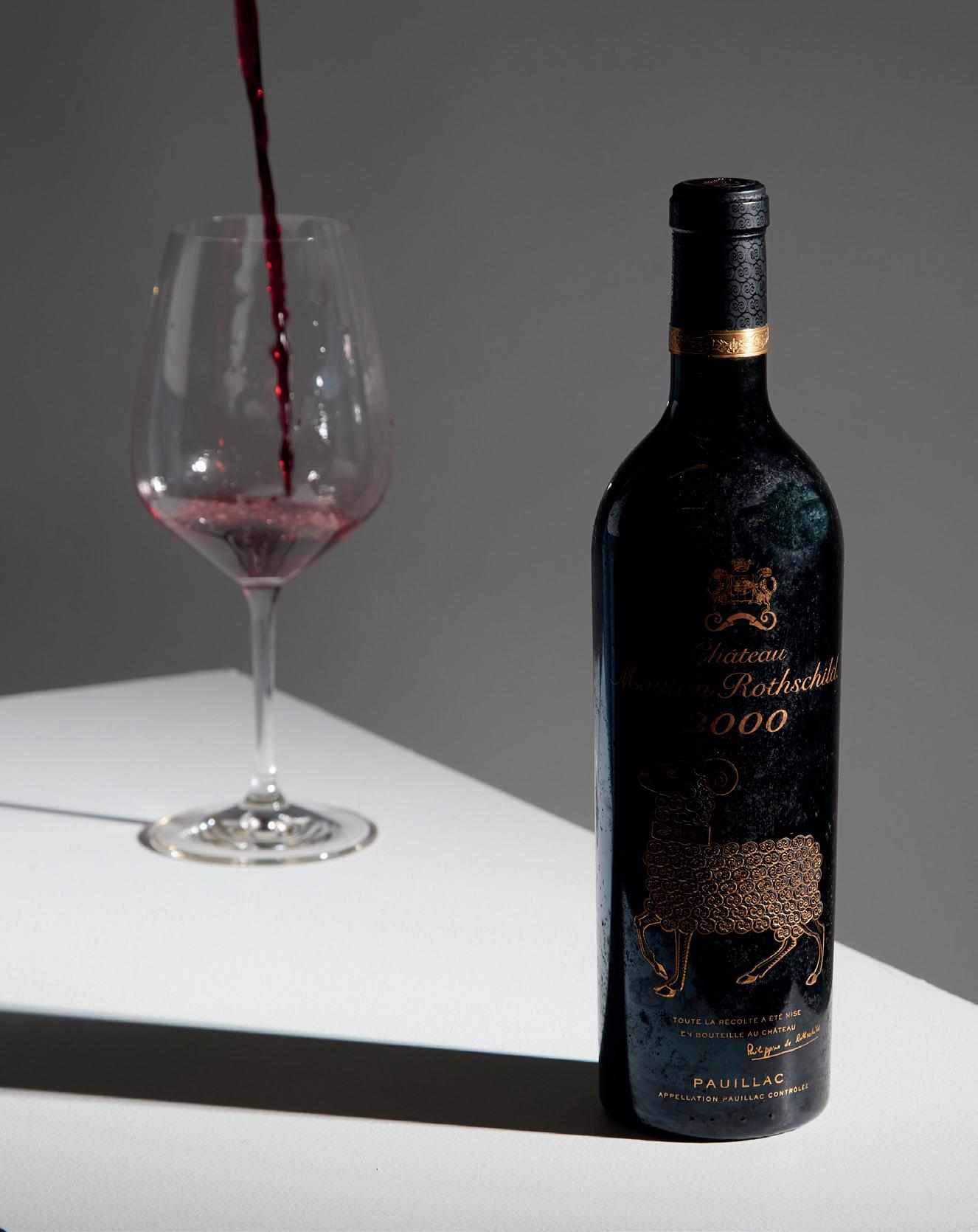
At Webb’s we are seeing an ever-increasing interest and demand for wines from this iconic region. We sat down with Marcus Atkinson, Head of Fine Wines & Whiskies and huge Bordeaux fan, to find out what makes them so drinkable and so collectible.
So firstly, Marcus — beyond the region itself, what ‘makes’ a Bordeaux?
Bordeaux actually embraces a diverse range of styles, from vibrant dry and sticky whites to structured reds, however it is the latter that is typically being referred to when people mention “Bordeaux”.
The key characteristics of red Bordeaux wines — beyond the region itself, which defines the ‘terroir’ of Bordeaux — are typically medium to full-bodied wines with good structure. They can range from elegant, finelyhoned, red-fruit spectrum wines from St Emilion and Margaux, to opulent rich black-fruit power houses from Pomerol and Pauillac.
Aging potential is a hallmark of Bordeaux wines, owing to the high level of tannins and acidity. With careful storage, these wines mature gracefully over decades, gaining depth and complexity; the greatest examples should out-live everyone alive today.
Bordeaux has long been considered something of a pinnacle collector wine. What is it that allows it to maintain its grip on wine lover imaginations?
It comes down to a number of factors, particularly the history and romance of a region that was controlled by the British for many years, and also its relation to the cuisine of France. Wines produced in Bordeaux match the classic European diet with the tannins and acidity suited to high protein and
fat dishes. Whenever I cook a steak or enjoy a roast lamb dinner, in my mind the only companion is Bordeaux or a Bordeaux-style wine. While some are scarce, the production in Bordeaux is far greater in volume than say Burgundy.
What are some of the big names in terms of collector demand?
The long-established classification system, the Bordeaux Wine Official Classification of 1855, is still relevant today for the ‘left bank’ and the five ‘First Growth’ Chateaux; Margaux, Haut Brion, Latour, Lafite and Mouton Rothschild (who were elevated in 1973) are still the most popular at auction. From Pomerol, smaller producers such as Le Pin, Petrus and Vieux Chateau Certan command some of the highest prices due to scarcity.
Does high end Bordeaux by nature have to come from a heritage chateaux, or are there younger names stirring interest too? There has been a recent emergence of ‘Garagiste’ wines — made in tiny quantities by winemakers often involved with the heritage estates. These have been extremely well received by wine critics and often score higher than the associated chateaux where those winemakers work.
What advice do you have for someone looking to get started in the world of Bordeaux collecting?

Look out for the best vintages such as 2000, 2005, 2009, 2010, and 2016, and taste the different regions at similar price points to decide which style suits you. Also, buy in volume as you can then taste the wines as they progress, tasting each every few years. This can also repay you handsomely if you do decide to sell later to refresh your cellar, often covering the cost of the bottles that you have already finished.
What have been some exciting sales of Bordeaux recently?
In March we achieved $23,505 for a case of 1998 Chateau Lafite Rothschild which had sold in December 2022 for $19,669, a great result. Some other exciting older vintages have been coming to market of late including some extraordinary bottles from the 1947 vintage!
Being our resident Bordeaux expert, you must have some memorable drinking moments?
My most memorable tasting was in 2001 at Chateau Mouton Rothschild, where I was lucky enough to taste the 100-point, 2000 vintage of Mouton from barrel. The still unfinished wine was incredibly powerful and tannic but it proved the undoubted truth that a great wine tastes amazing at any stage of its life. I get goosebumps every time I remember that moment.
Finally, how does one best enjoy a classic Bordeaux red?
Whenever I am about to taste a great bottle of aged Bordeaux, I have a ritual: Stand the bottle for a day or up to a week ahead of opening at serving temperature (18oC) to allow the sediment to settle. Depending on the age of the bottle, open it 2-6 hours ahead of the meal (six hours for younger, two for older), then taste a small pour so that the level of the wine is just below the shoulder at the widest point of the bottle, checking the wine is in good condition. Serve with a rare-as-you-dare steak with a good fat content, alongside sautéed potatoes and green beans — all of course buttered, garlicky and wellseasoned. Pour small volumes as you descend through the levels of the wine in the bottle and experience the wonder and awe as the wine transforms and evolves before you. Often, sadly, the last pour is the greatest, if a little thick with sediment.
The Hermès Birkin is one of the most coveted and expensive luxury bags in the world, commanding extensive waitlists from Marseille to Melbourne. It is the ultimate carriable status symbol for the successful, the famous, and the fashionable… but what are the economics behind it?

The Birkin was created in 1984 by Hermès' then-chairman Jean-Louis Dumas, who was inspired to create the bag after seeing the late Jane Birkin struggling to carry her belongings in her signature wicker basket. Dumas created the Birkin to be a luxurious and stylish alternative, and it's chic sense of practicality quickly made it a hit with fashionable women worldwide. When it was first released, a standard Birkin could be purchased retail for around $2,000 USD. Today, the price of a standard Birkin starts at around $10,000 USD, with rarer bags reaching up to half a million US dollars.
The economics of the Birkin’s value are complex, but it starts with the exceptional materials (including crocodile, ostrich, and python skins), and, as Webb’s Manager of Luxury Accessories Jess Mackenzie explains, the craft:
“Each bag is handcrafted by a highly trained and skilled artisan, who must undergo three-to-four years of rigorous training before they are able to start creating their own bags,” she says.
“These artisans are in charge of making a Birkin from start to finish, using the same tools that were used when Hermès was first founded in the 19th century. This process takes at least 18 hours to complete, and the meticulous techniques used ensure the bag is of the highest quality, and will withstand a lifetime of use”.
As traditional making skills die out and the consumer landscape becomes increasingly awash with throwaway fast fashion, handcrafted, artisan goods are all the more prized, says Jess. They communicate not just the financial success of the owner, but their discerning eye and appreciation for expert craft too — not unlike how one would approach buying a work of art.
As with all collectible goods, the demand for the Birkin also plays a role in its cost. Put simply: despite the price tag, there are more people who want to buy the bags than there are bags available. This creates a sense of exclusivity, which drives up their value up even further.
“The Birkin holds a special place in the history of fashion, and being able to buy a designer handbag that will hold its value over time is very appealing to collectors,” says Jess, who adds that people have been known to wait for years to get their hands on a Birkin.
Its status as the pinnacle of handbag collecting means the Birkin is increasingly being purchased purely as an investment — joining traditionally male-dominated forms of collectible investment such as art, fine wines, and memorabilia. A 2016 study by Baghunter revealed that the annual return on a Birkin was 14.2%, compared to the 8.7% a year average for S&P 500 stocks and the -1.5% for gold.
Jess is noticing more collectors turning to the secondary market to purchase their desired statement bags, including the Birkin. Not only does buying at auction mean avoiding long waitlists, but as Hermès has no retail presence in New Zealand, auctions are often the only option for those hoping to take the plunge into the exclusive world of ownership. In June this year, Webb’s sold an ostrich skin variety for $31,070, and in 2022 a Gris Asphalte Epsom leather version eclipsed estimate to reach $44,513.
“Within the handbag world, Hermès bags are the most valuable and hardest to acquire on the primary market. This is why auctions are a great option. At Webb’s, we frequently see Birkin models selling above their high estimate figures, because collectors know they are investing in expert craftsmanship, and purchasing a true work of art from a brand with a rich history”.
Ultimately, the fact that exclusive bags are drawing more women to auction houses and investment discussions is what really excites Jess, who points out that handbag collecting is the only femalecentric category in the auction world:
“With other departments, it is very common for men to do the purchasing, even with jewellery. With handbags, it is much more common to see women doing the buying and taking ownership of their own collection. We love to see more women exploring alternative investments, and bags can be a great gateway into that broader collector journey.”
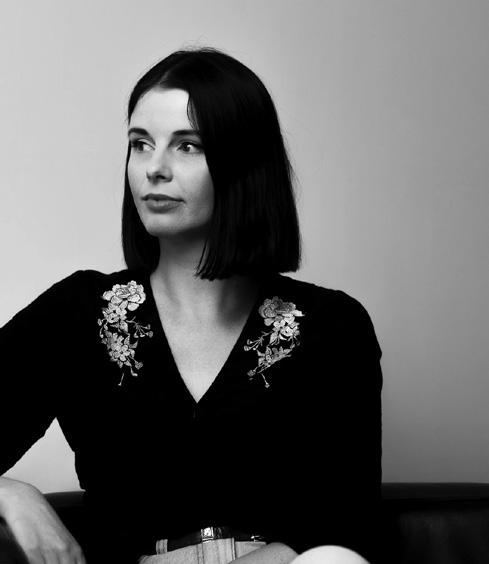
Webb’s recently appointed the highly knowledgeable Leah Morris to Head of Decorative Arts. Leah started with us as a specialist in 2021, and has quickly risen through the ranks as the Decorative Arts department continues to experience significant growth. Leah’s breadth of experience and thoughtful, meticulous approach to consignment and curation have helped raise the bar of our live auctions even further, as evidenced by the huge success of recent Decorative Arts sales such as Studio Ceramics and Material Culture
We sat down with Leah to learn more about her background, her role at Webb’s, and the personal experiences that give her a deep connection to the applied arts.
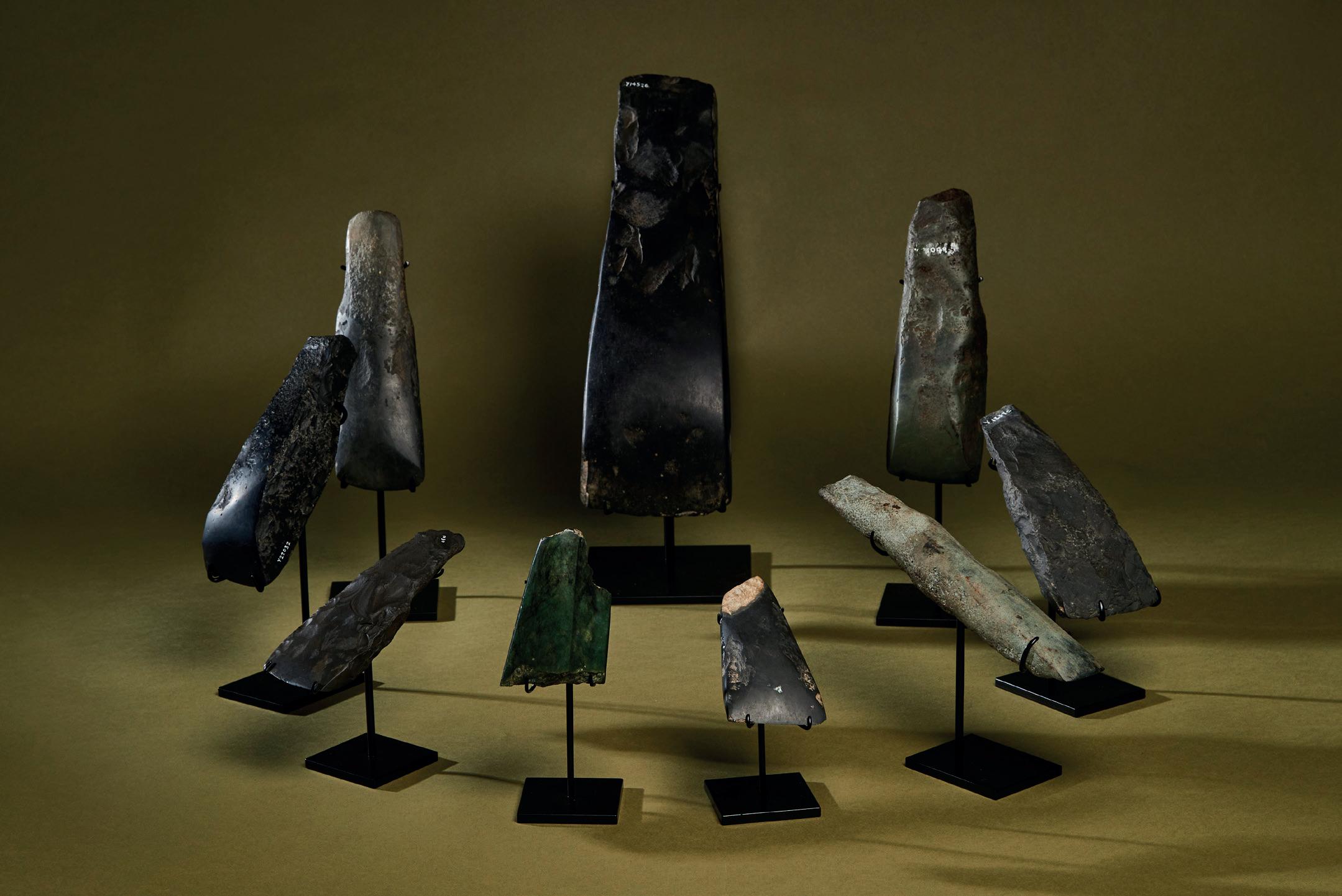
What was it that brought you world of decorative arts, and, consequently, to Webb’s?
I studied Anthropology and Ancient Egyptian history at the University of Tāmaki Makaurau. While I was studying I had a casual job as a Visitor Host at the Auckland War Memorial Museum Tāmaki Paenga Hira, which helped me realise I could make a career from my lifelong love of culture and the applied arts. I worked on two projects at the Museum whilst studying my honours degree in Museum Studies and Cultural Heritage, where I wrote my dissertation on the repatriation of human remains from museum collections.
A job as Collection Technician in the Human History department eventually led to working specifically on Applied Arts and Design, and the World Collection. I found working with items from different cultures so rewarding, and appreciated that the museum really made efforts to connect material culture with their communities in Auckland, acknowledging these communities as the knowledge holders. In 2020 I decided to start my master’s degree in Museum Studies and Cultural Heritage, and after one semester saw that Webb’s was advertising a role in their Decorative Arts department — and here I am.
On a personal level my interest in history and collecting originated from visiting my grandmother’s house when I was a child and seeing the most beautiful pieces from around the world. My grandfather worked on a food science project with the United Nations, so my grandparents spent a lot of time in different countries such as Algeria, Guyana, Tunisia, and Malaysia. My mother also has an impressive collection of Islamic art from her travels to Afghanistan, Pakistan, and Iran.
What does an average day at Webb’s look like for you?
If you ask anyone who works at Webb’s, every day is different from the last. My day to day comprises of researching pieces for auction, completing appraisals for clients, working with our in-house photographer and designer, registering taonga tūturu with the Auckland Museum, cataloguing consignments for auction, installing live auctions, post-auction negotiations, and managing the department. Working in auctions requires the ability to focus on your current workload whilst always looking months in advance towards the next catalogues.
Our Decorative Arts department covers such a broad range of disciplines, eras, and applications. What are some of the areas that most resonate with you?
I always look forward to our Studio Ceramics live auctions; I love seeing the skill and variation of styles from ceramists across Aotearoa. The ceramic makers and collectors community are very engaged so it is always a pleasure to speak with clients during these auctions and learn from them. Another specialty auction hosted by the Decorative Arts department is Material Culture Working with indigenous art is such a privilege and I love being constantly blown away by the skill and mastery of each piece, as well as learning the rich cultural connections behind them.
Your approach to working with indigenous art is very respectful and done with reverence. Can you please talk readers through this process?
When working on Material Culture auctions I endeavour to incorporate Māori practices of kaitiaki or guardianship to ensure that while we are the temporary custodians of indigenous taonga we treat and document these pieces with the utmost care and respect. Typically the original indigenous name given to an object is not recorded or unknown, so it is important for me to try and find this information and share it in our catalogues. This includes seeking out indigenous iwi for each piece.
We also make sure that we are working in accordance with the Protected Objects Act (1975). This means all taonga over 50 years old is registered with the Ministry of Culture and Heritage with a “Y-Number”. With any taonga that meet this criteria and are not yet registered, I take them to the Auckland War Memorial Museum Tamaki Paenga Hira. We are only able to sell taonga to clients who are registered collectors. The registering process allows for the tracking of taonga throughout Aotearoa and disallows export out of the country without permission from the Ministry of Culture and Heritage.
What upcoming auctions are you looking forward to working on?
Our Made in Aotearoa live auction is scheduled for October and will be celebrating New Zealand’s talented applied arts community. The eagerly anticipated mr mod: The Ross Morrison Collection Part II will also be coming this November — the first was such a success so I am excited to see what amazing things arrive for the auction.
Our March Works of Art auction was spearheaded by the fantastic price result achieved for Tony Fomison's 1985 painting What Shall We Tell Them?. The sale drew strong bidding and excellent prices were also realised for works by Don Binney, Michael Smither and Colin McCahon. In July, we held our bespoke auction Twenty, which saw outstanding prices achieved for a number of artists whose work has recently skyrocketed in popularity recently, namely A. Lois White, Louise Henderson and Adele Younghusband. With the exceptional offering included in our August Works of Art catalogue, 2023 is shaping up to be an excellent year for Webb's Art department.



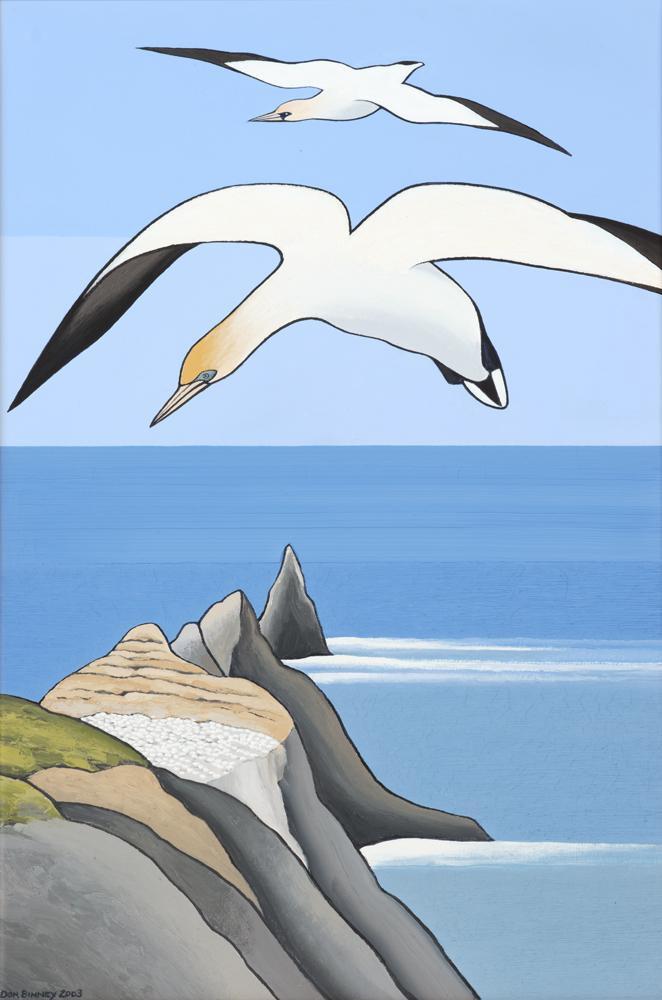

1 Tony Fomison What Shall We Tell Them? est $500,000 — $800,000 price realised $710,065
2 Don Binney Tahuna, Takapu est $200,000 — $400,000 price realised $287,699
3 A Lois White Religion and Life est $150,000 — $300,000 price realised $209,347
4 Michael Smither Taranaki est $80,000 — $160,000 price realised $177, 516
5 Adele Younghusband Singing Girls est $80,000 — $160,000 price realised $159,153
6 Colin McCahon Poetry isn't my words est $130,000 — $160,000 price realised $146,910
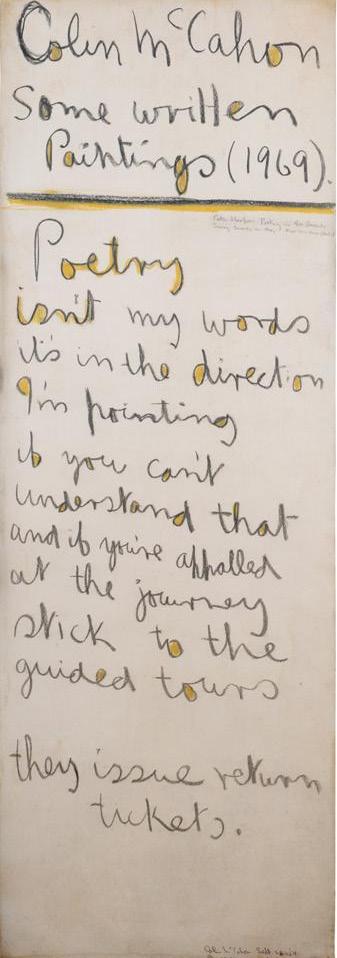
7 Ralph Hotere Black Window est $90,000 — $120,000 price realised $125,486
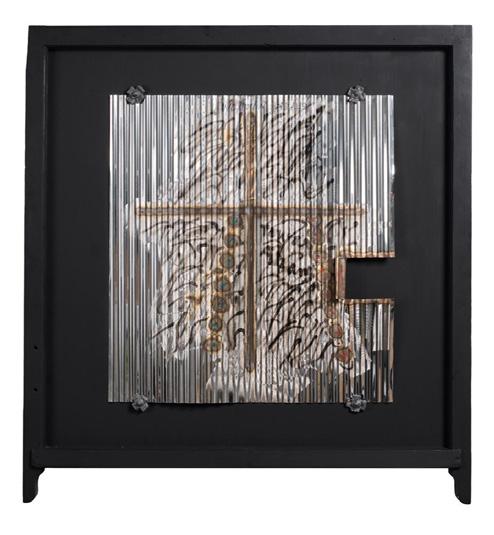
8 Louise Henderson October est $100,000 — $150,000 price realised $122,425
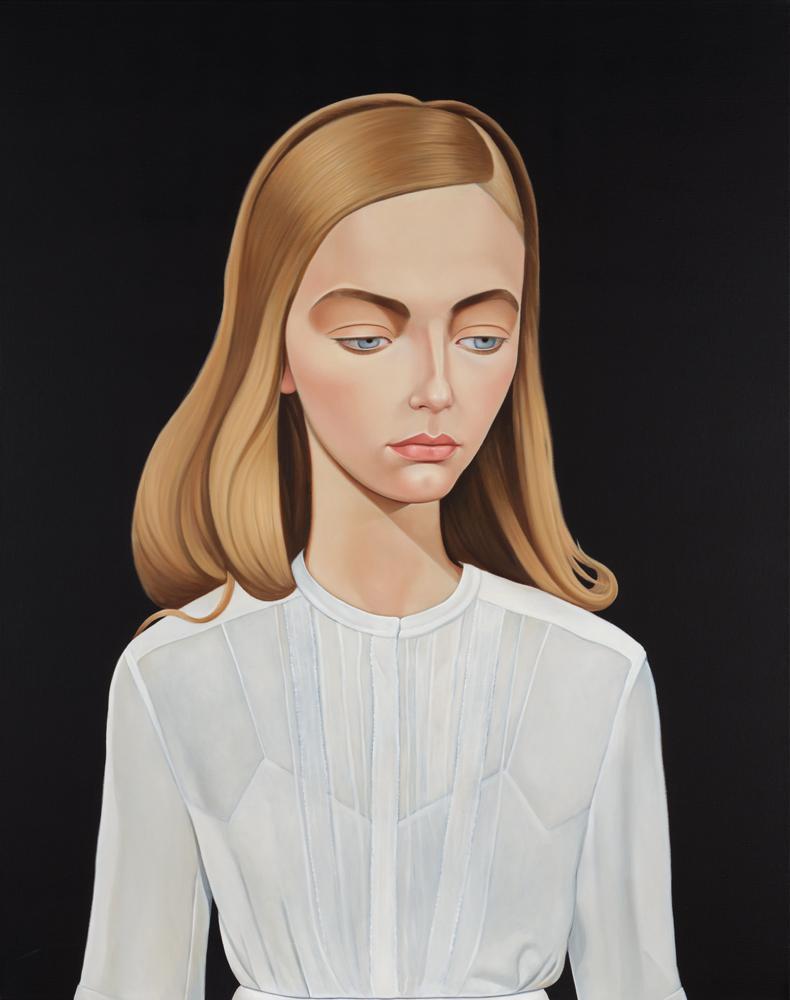
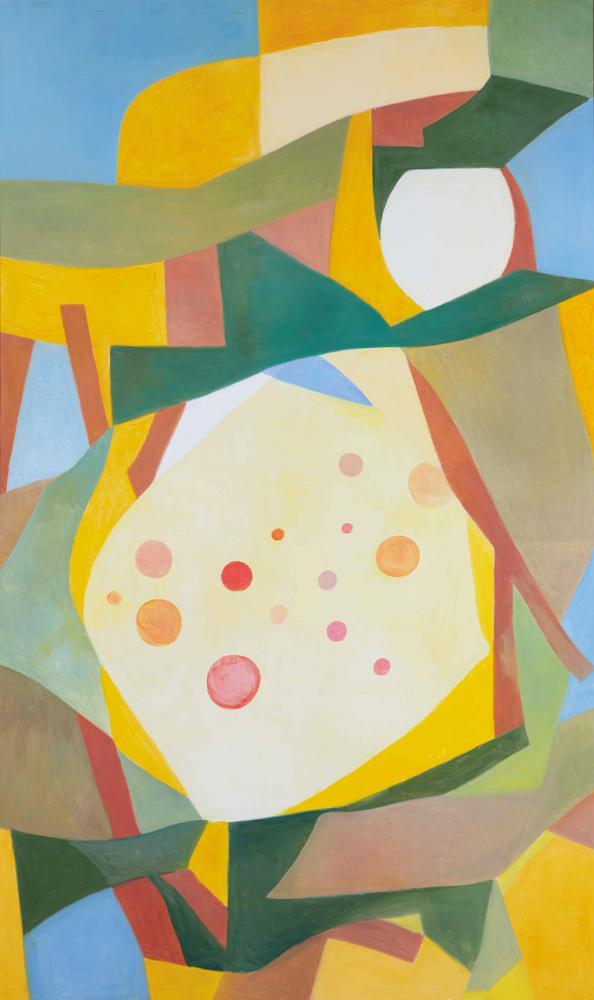
9 Bill Hammond Wishbone Ash est $85,000 — $145,000 price realised $116,304
10 Peter Stichbury Pam Reynolds NDE/OBE 1991 est $90,000 — $160,000 price realised $104,061

I can clearly remember the first time I acted as the auctioneer for a major art sale at Webb’s. It was November 2013, when Webb’s was located on Manukau Road. The most high-profile lot in the sale, which also graced the cover of the catalogue, was a painting by Bill Hammond. This work, titled Farmer’s Market, was part of his Cave Paintings series from the late 2000s. When the painting fetched a sum of $322,000 later that evening, it recorded one of the highest-ever prices for a Hammond painting. Even though today it would be valued significantly higher, that price was headline news back then. At the time, it was undeniably the most expensive artwork I had ever sold, by a country mile, and I felt immensely fortunate to bring the hammer down. I was incredibly nervous before the sale, but afterwards, I was hooked on auctioneering.
We are honoured Hammond’s Melting Moments I on the cover of this Works of Art catalogue. I first encountered the painting about a decade ago, and it left an indelible mark on me. Very few of Hammond’s major paintings from the late nineties remain in private collections. Thus, viewing one in a personal setting, without any barriers, is a unique experience I always cherish. The owner of this painting acquired it from the artist’s long time dealer, Judith Gifford of the Brooke/Gifford Gallery in Christchurch, the very year it was painted. It was exhibited alongside its 'sister' painting Melting Moments II, which Webb’s had the honour of selling at a record price in 2021. The owner journeyed to Christchurch specifically for the exhibition, and the artwork has been in their collection ever since. The art market has demonstrated a growing interest in Hammond’s oeuvre in recent times. Given that this is arguably the most significant work by Hammond to be presented at auction, we expect it will establish a new benchmark for the artist’s work.
The catalogue also includes major works by Charles Frederick Goldie, Colin McCahon, A. Lois White, Ralph Hōtere, Frances Hodgkins, Philip Clairmont, Peter Stichbury, and Teuane Tibbo, among others. The painting by Goldie, One of the Old School (Wiripine Ninia a Ngati Awa Chieftainess), was acquired by the present owner from that very first major sale I helmed in 2013. I have cherished memories of handling the consignment of this painting. It had been in Melbourne for countless years before the auction, and I felt a sense of pride in facilitating its return to Aotearoa. The inclusion of the work establishes our catalogue as an authentic overview of New Zealand art history, encompassing historical, modernist, and contemporary practices.
We are delighted to once again host the IHC Art Awards Charity Auction, which also features in this catalogue. Organised and conceived by Dame Denise Cooper, all proceeds from the auction will support the IHC Art Awards' ongoing endeavours to aid artists living with disabilities. We express our gratitude to the artists, who include Dick Frizzell, Tame Iti, David Shrigley, Joanna Braithwaite, Karl Maughan, Gregor Kregar and Simon Lewis Wards, for their generous donations. The auction is scheduled for 6pm on Monday 28 August, preceding the Works of Art sale.
The Works of Art catalogue will premiere in Wellington and will be subsequently available for viewing in Auckland before the auction on Monday 28 August at 6.30pm. I look forward to seeing our valued clients during the viewings.
 Charles Ninow Director of Art charles@webbs.co.nz +64 21 053 6504
Charles Ninow Director of Art charles@webbs.co.nz +64 21 053 6504
Launch Event, Wellington
Wednesday 16 August 6pm — 8pm
Please RSVP to karen@webbs.co.nz
Viewing, Wellington
Thursday 17 — Friday 18 August 10am — 5pm
Saturday 19 August 11am — 3pm
Launch Event, Auckland
Tuesday 22 August 6pm — 8pm
Please RSVP to registrar@webbs.co.nz
Viewing, Auckland
Wednesday 23 — Friday 25 August 10am — 5pm
Saturday 26 — Sunday 27 August 10am — 4pm
Viewing on Request, Auckland
Monday 28 August 10am — 5pm
Auction, Auckland
Monday 28 August 6.30pm

Webb's is thrilled to host the IHC Art Awards Charity Auction for a second time. All proceeds from the auction will go towards the charity and assist the IHC Art Awards' great work in supporting New Zealand artists living with disabilities.
"This year my special thanks goes to Joanna Braithwaite, Dick Frizzell, Tame Iti, Gregor Kregar, Karl Maughan, David Shrigley and Simon Lewis Wards who have all so generously donated their work to support these artists. I am very humbled by your unswerving generosity."
Launch Event, Auckland
Tuesday 22 August 6pm — 8pm
Viewing Times, Auckland
Wednesday 23 — Friday 25 August 10am — 5pm
Saturday 26 — Sunday 27 August 10am — 4pm
Viewing on Request, Auckland
Monday 28 August 10am — 5pm
Auction, Auckland
Monday 28 August 6pm
est $1,000 — $2,000
est
est $3,000 — $6,000
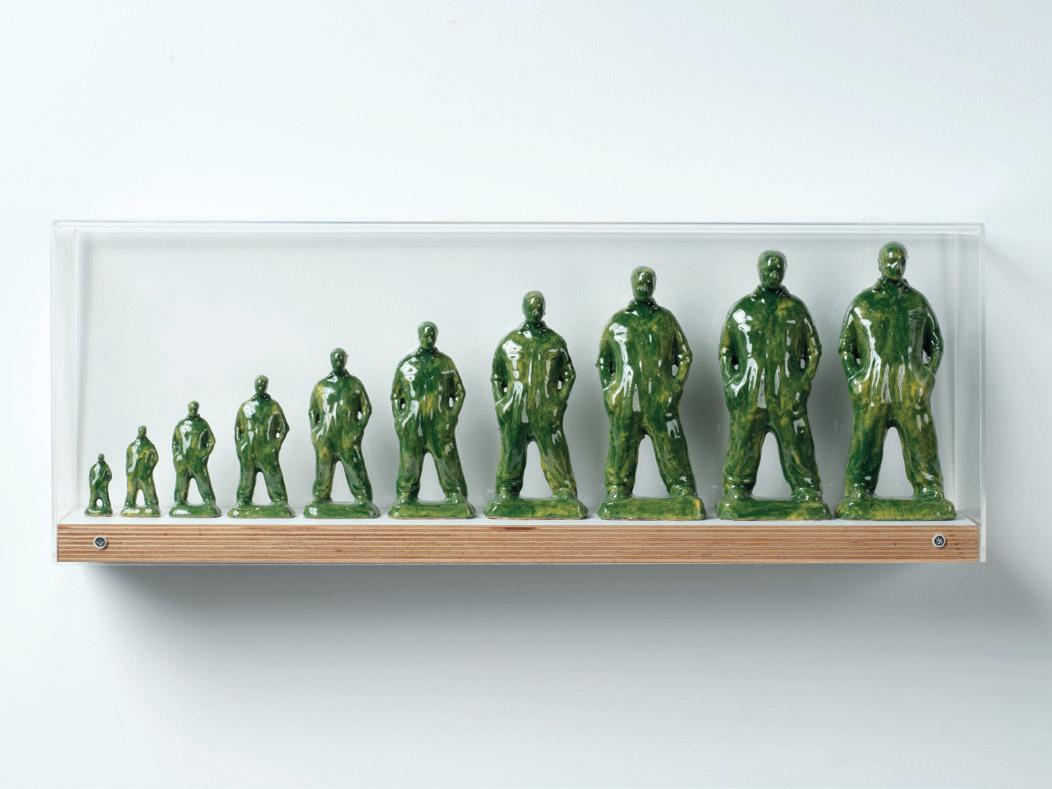

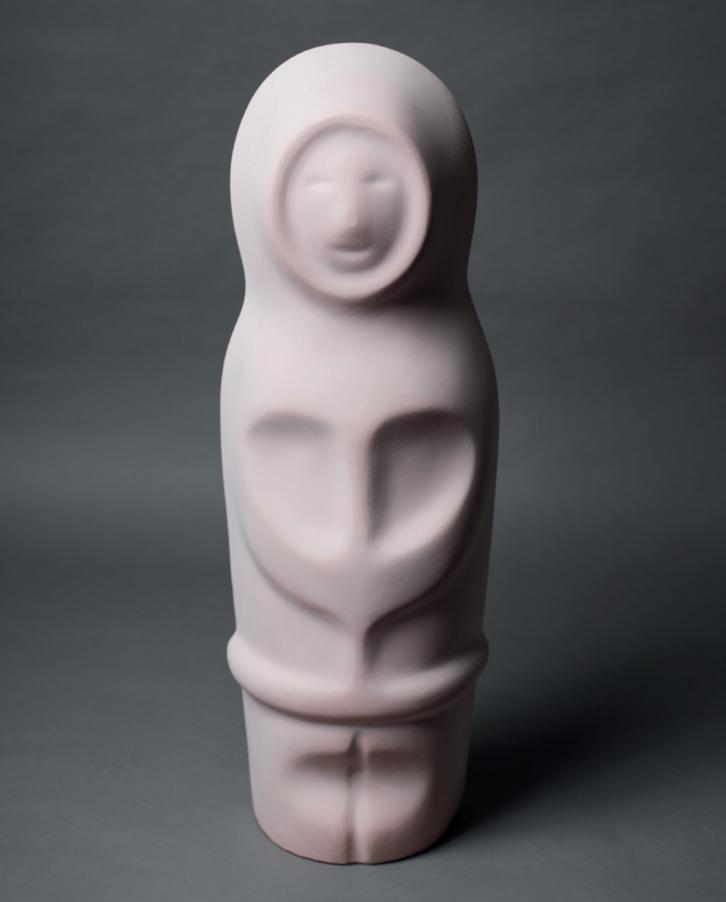
Art Market #1 2022 oil on canvas signed, dated and title inscribed 350 × 300mm
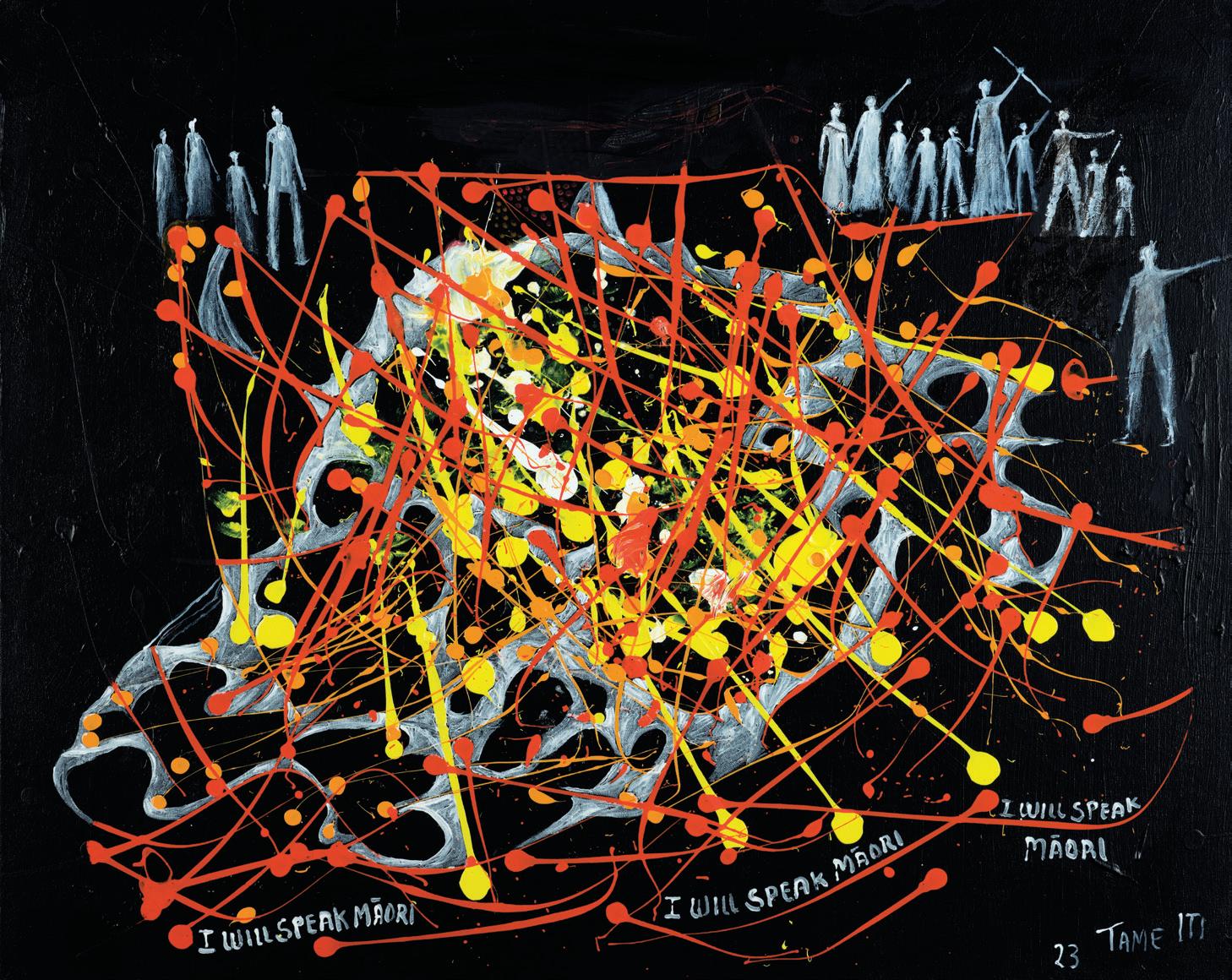
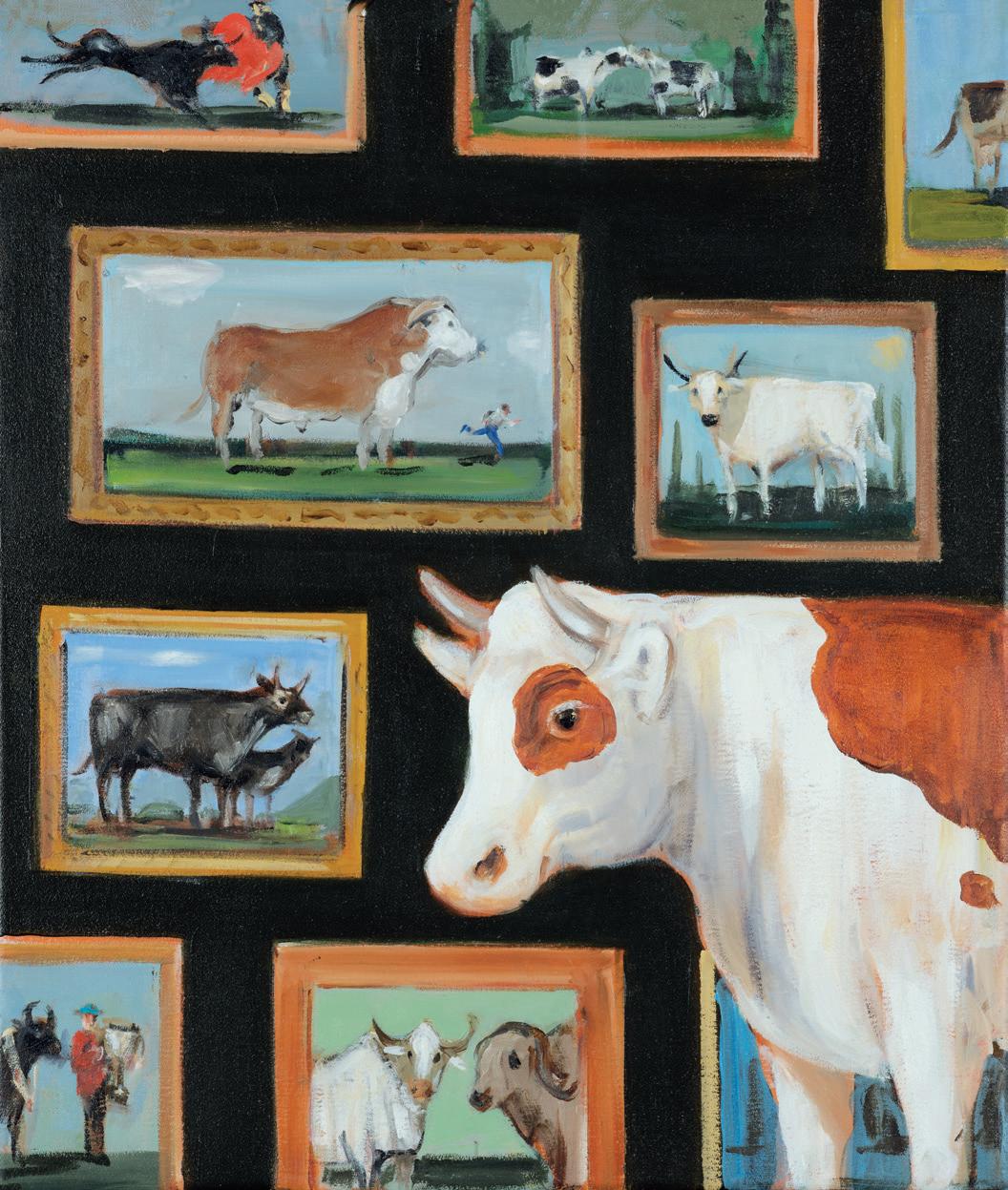
est $1,500 — $3,000
I Will Speak Māori
2023 acrylic on canvas signed, dated and title inscribed 600 × 750mm
est $15,000 — $20,000
6ihc David Shrigley title unknown linocut on paper 500 × 390 × 50mm (widest points, box packaging)

est $4,000 — $6,000
note This work is to be auctioned blind.
7ihc Dick Frizzell Broken Vase 2022
screenprint on paper, 51/75 signed, dated and title inscribed 600 × 580mm
est $1,500 — $2,500

8ihc Erena Wylie
Korowai Tūī Cloak

2023
bicycle inner tubes
230 × 1000mm
est $500 — $1,000
Webb's Wellington Art Specialist, Mark Hutchins-Pond, was priviliged to be chosen as a judge for this years IHC Art Awards. Three artworks were selected by the IHC Art Awards team from this year's 493 entries, and we are pleased to include these as part of this fundraising auction.

9ihc
Androutsos Untitled 1 2022
acrylic and enamel on canvas

220 × 410mm
est $200 — $400
acrylic on canvas
590 × 830mm
est $400 — $800

1 Pat Hanly Paradise Bird Escapes Bather
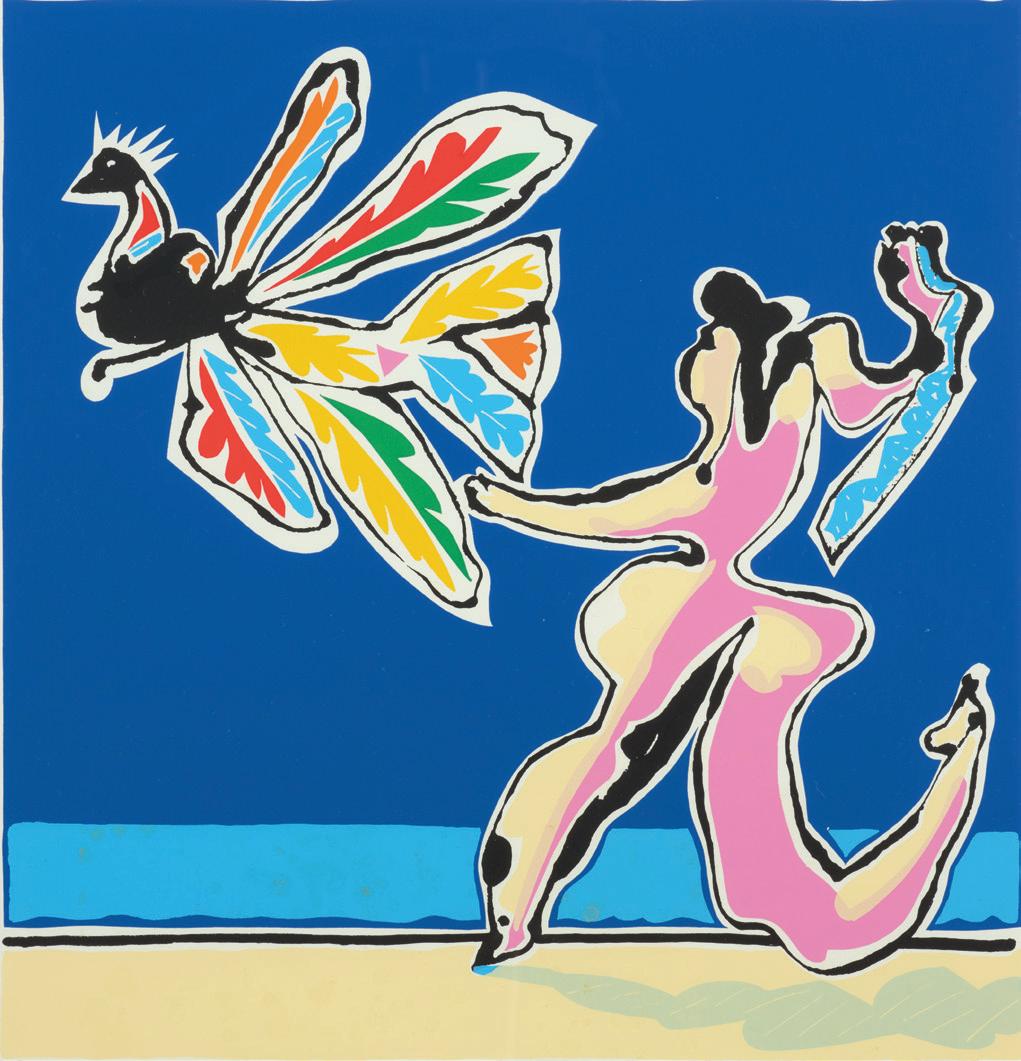
1977
screenprint on paper, artist's proof signed Hanly, dated 77 and inscribed Paradise Bird escapes bather/Proof 3 in graphite lower edge
510 × 490mm
est $3,000 — $5,000
provenance
Private collection, Auckland.
2 Pat Hanly Innocence 1981
intaglio print on paper, 3/6 signed Hanly, dated 81 and inscribed Innocence/3/6 in graphite lower edge

530 × 540mm
est $3,000 — $5,000
provenance
Private collection, Auckland.
1967
est $10,000 — $15,000
provenance

1974 charcoal on paper signed DB and dated '74 in charcoal in lower left 230 × 315mm

est $5,000 — $8,000
provenance
Private collection, Auckland.
1957 ink on paper signed McCahon and dated '57 in ink lower right 210 × 275mm
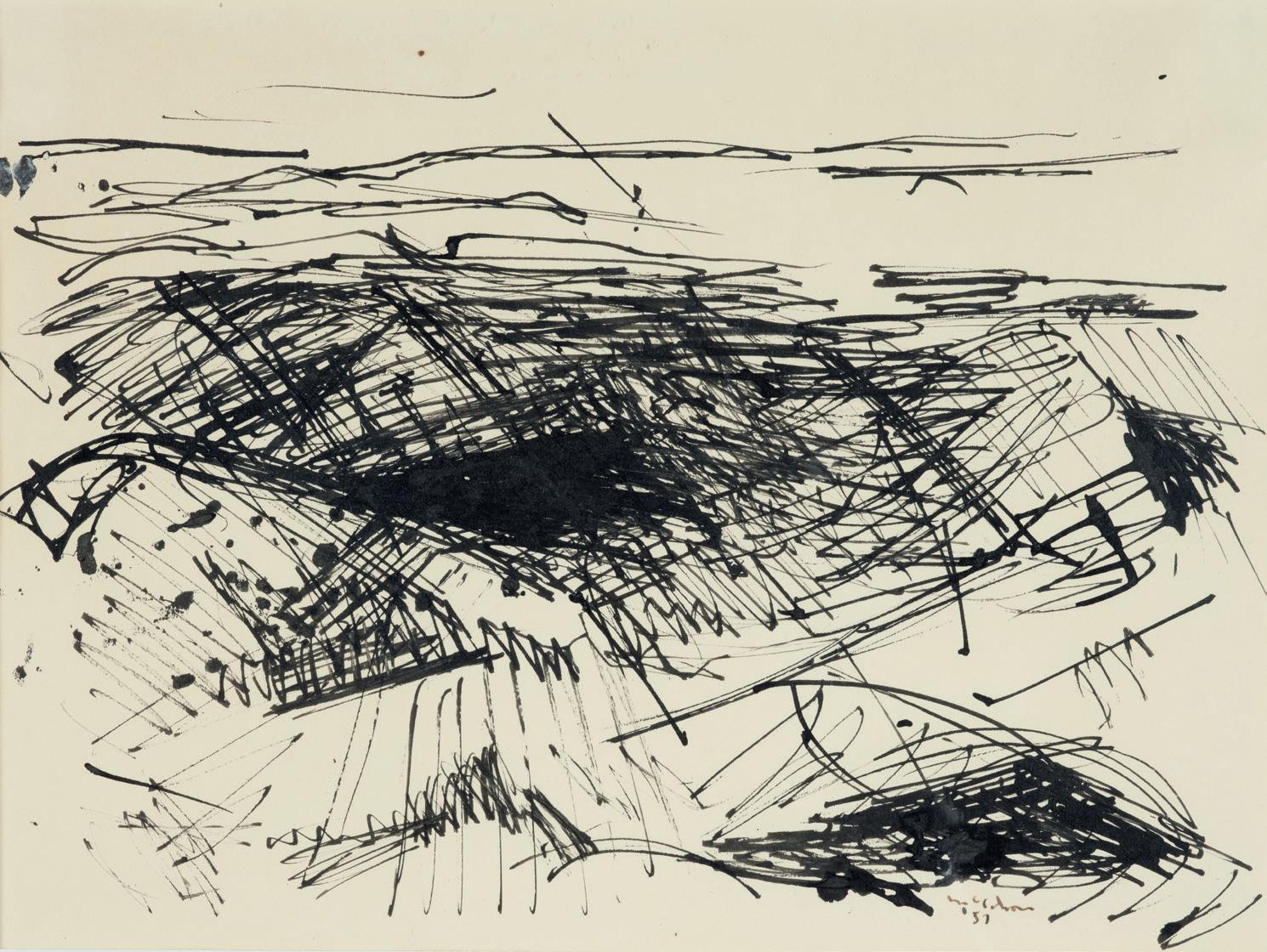
est $15,000 — $25,000
provenance
Private collection, Auckland.
note Colin McCahon Online Database number: cm001029
est $7,500 — $12,500
provenance
Private collection, Auckland.
exhibitions
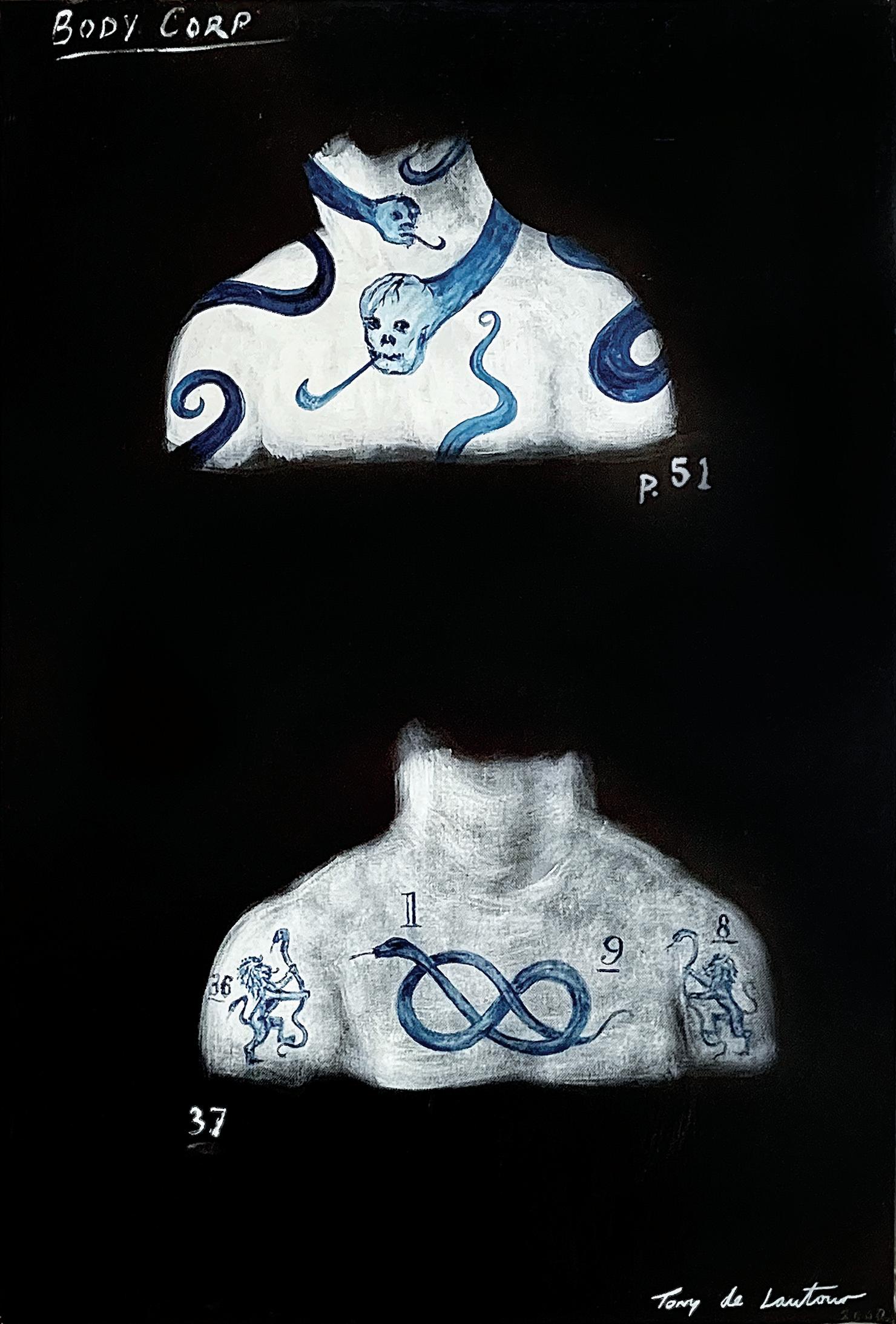
Séraphine
September–6 October 2018.

est $8,000 — $12,000
provenance
Private collection.

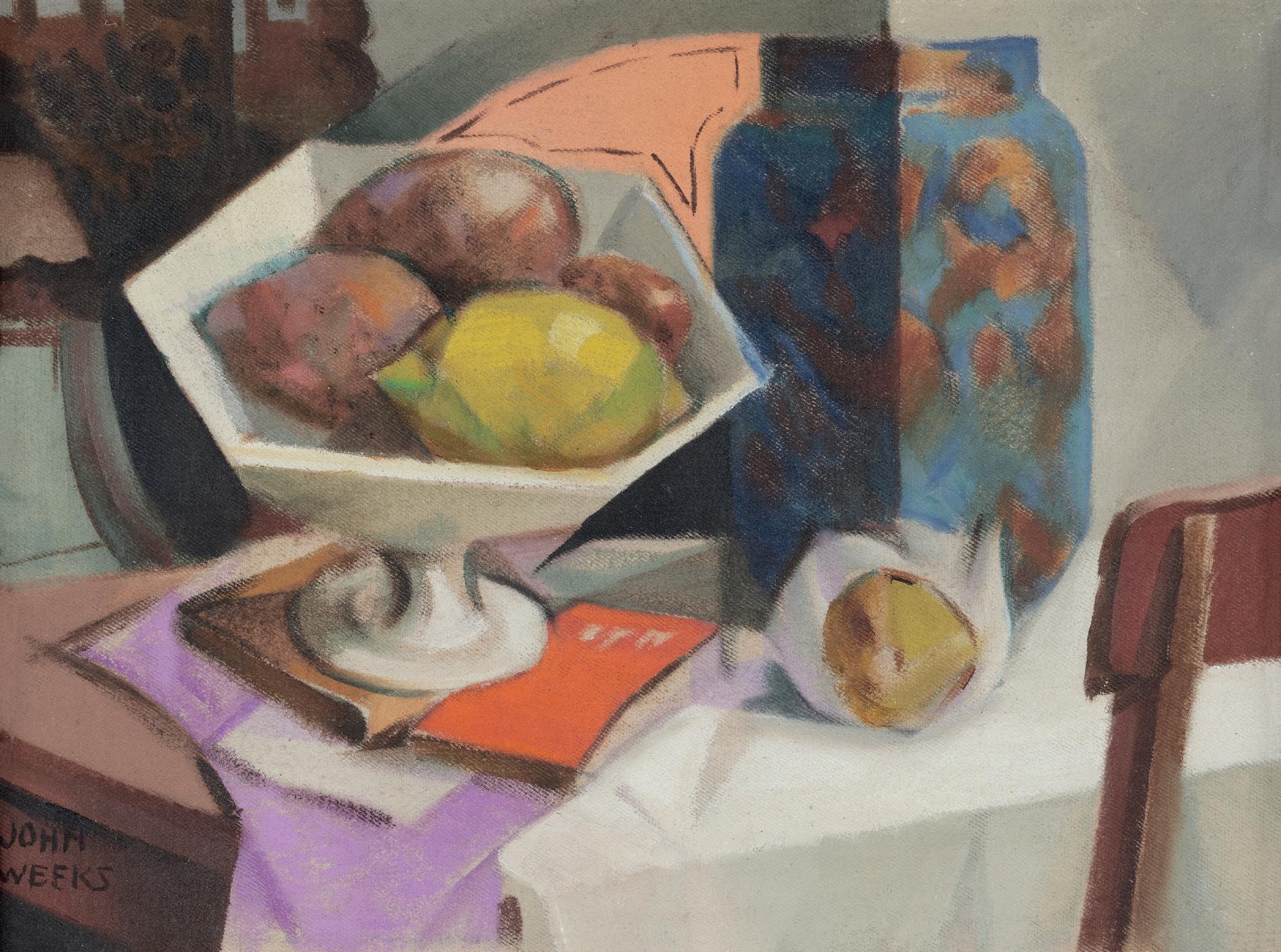
oil on canvas
signed John Weeks in brushpoint lower left
295 × 395mm
est $10,000 — $16,000
provenance
Private collection, Auckland. Acquired from The Paul & Kerry Barber Collection with Important & Rare Art, International Art Centre, Auckland, 23 October 2019, lot 38; Collection of Paul & Kerry Barber. Acquired from New Zealand and Foreign Paintings, Dunbar Sloane, Wellington, 12 April 2000.
270 × 350mm
est $8,000 — $14,000
provenance
Private collection, Auckland. Acquired from Important Works of Art, Webb's, Auckland, 7 August 2019, lot 4; Private collection. Acquired from Warwick Henderson Gallery, Auckland, 1990.

acrylic on board
635 × 760mm
est $7,500 — $10,000
provenance
Private collection, Auckland. Acquired from The Peter O'Connor Collection of Works by John Weeks, Webb's, Auckland, 14 August 2005, lot 38; Collection of Peter O'Connor, Auckland. Passed by bequest; Collection of John O'Connor, Auckland. Passed by bequest; Collection of Hilda O'Connor, Auckland. Acquired directly from the artist, 1965.
11 Fiona Pardington
Pipiwharauroa/Shining Cuckoo
2004
gelatin silver print, 1/3 450 × 580mm
est $18,000 — $26,000
provenance
Private collection, Auckland. Acquired from Starkwhite Gallery, Auckland, 2015.
12 Fiona Pardington
Tui Mountain [Whanganui Museum]
2008
toned silver bromide print, 3/5 signed Fiona Pardington, dated 2008 and inscribed Tui Mountain [Whanganui Museum] in graphite verso 585 × 455mm


est $10,000 — $15,000
provenance
Private collection, Auckland.
1983
silver
195
est $4,000 — $8,000
provenance
Private collection, Christchurch.
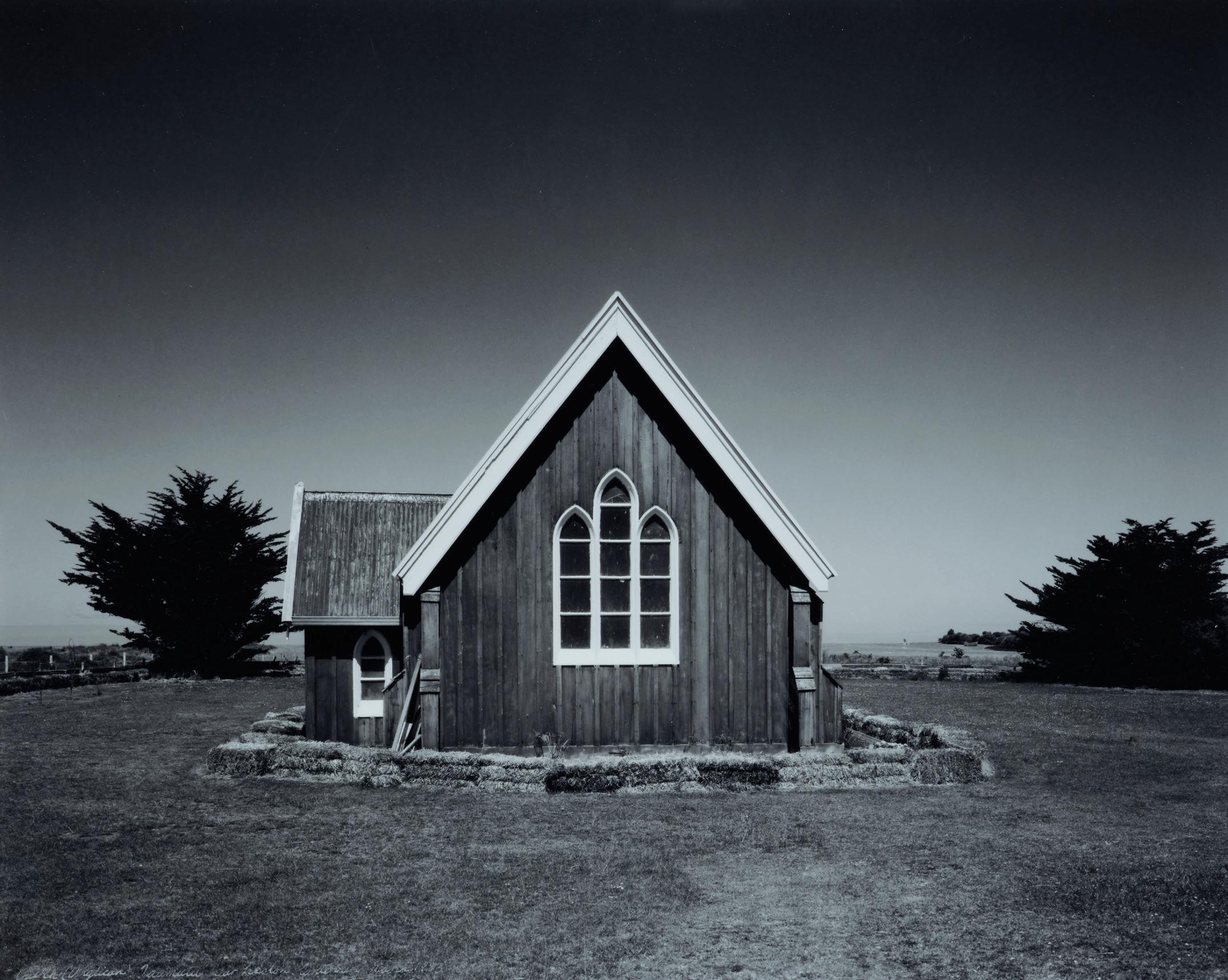
est $10,000 —
provenance
est $15,000 —
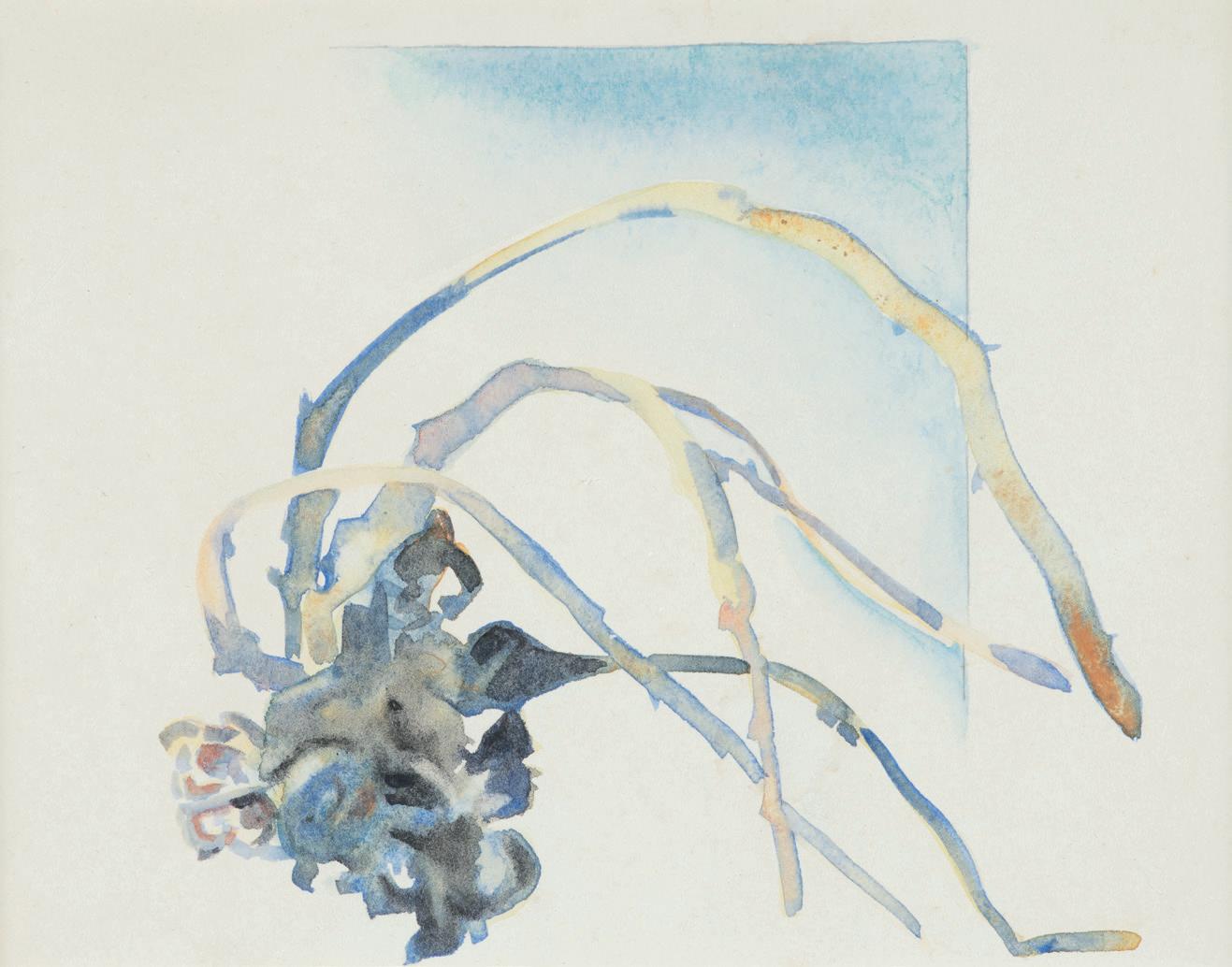
provenance

est $10,000 — $16,000
provenance
Private collection, Auckland. Acquired from Important Modern & Contemporary Paintings & Sculpture, Webb's, Auckland, 2 April 2007, lot 77; Private collection; Acquired from the Blythe Collection.

17 Teuane Tibbo
Butterfly Flowers
c1965
acrylic on board
signed Teuane Tibbo in brushpoint lower right 600 × 895mm
est $12,000 — $18,000
provenance
The Estate of John Perry, Auckland.
exhibitions
Stars start falling, Govett-Brewster Art Gallery, New Plymouth, 22 May–15 August, 2021; Te Uru

Waitākere Contemporary Gallery, Auckland, 10 November 2021–20 February 2022.
18 Adele Younghusband
530
est $25,000 — $45,000
provenance
Private collection, Auckland.
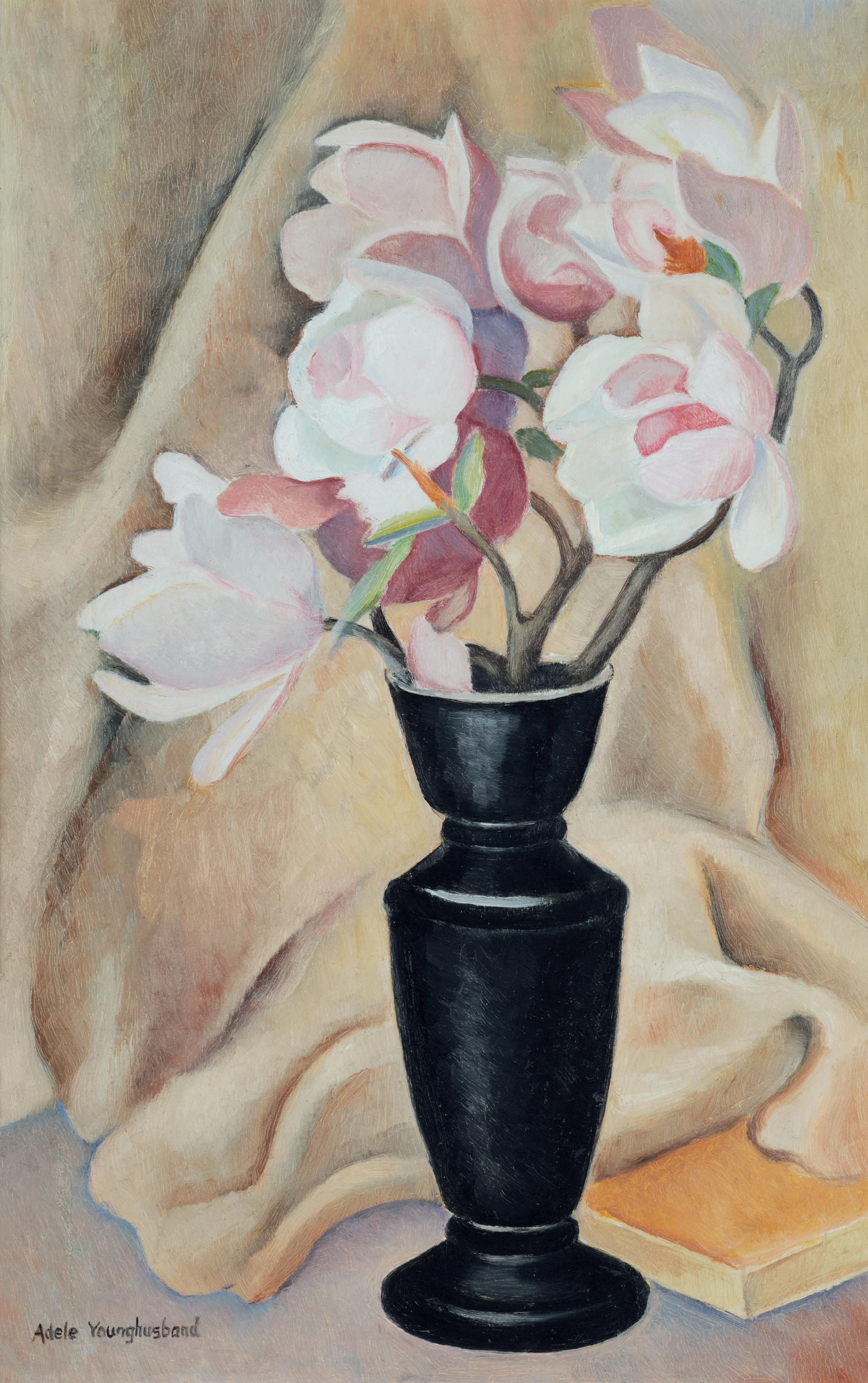
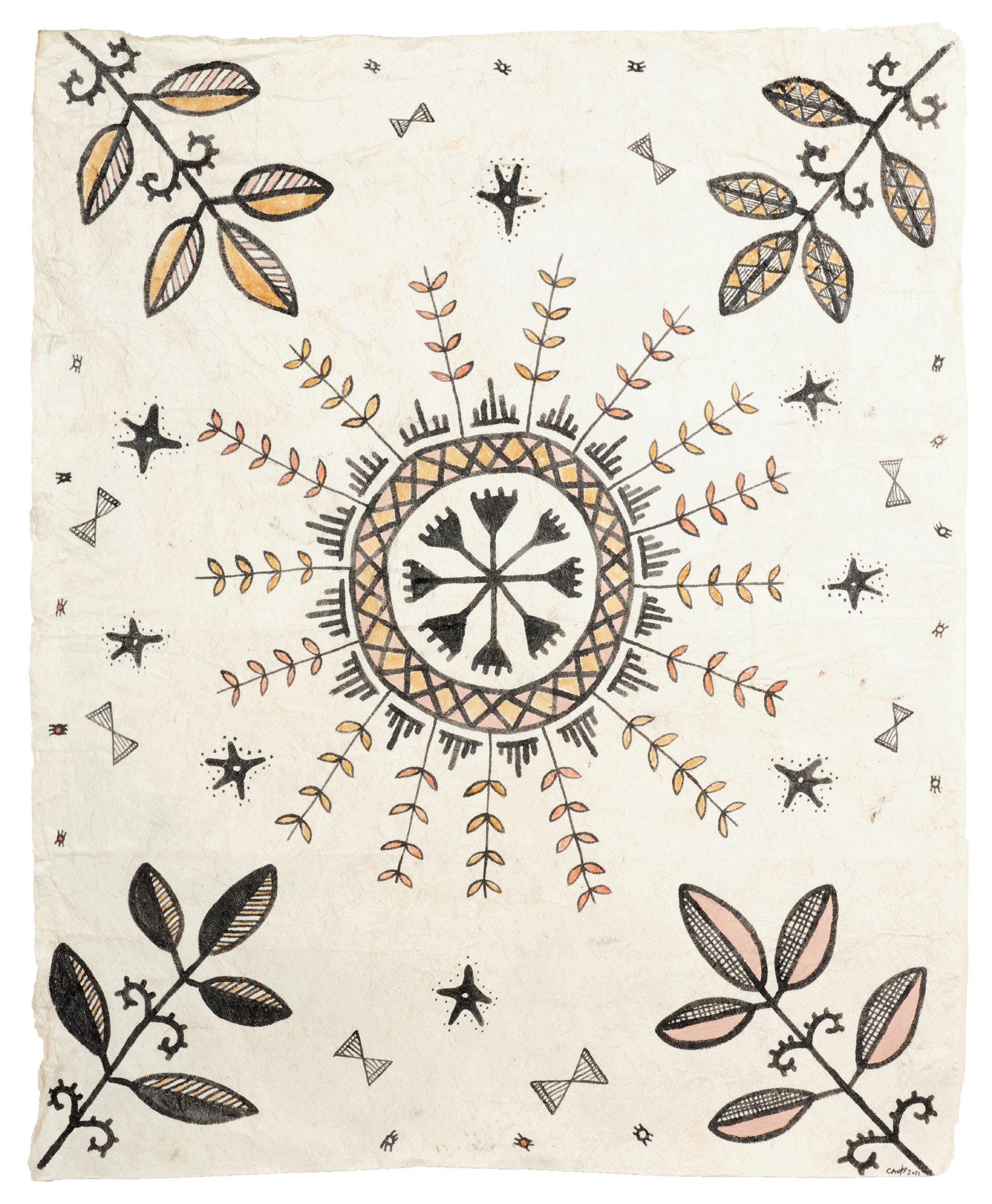
Niue Blue 2021
whenua pigments harvested from Cornwallis, kaapia ink from Kauri soot on hiapo signed C A and dated 2021 in ink lower right 700 × 570mm
est $4,000 — $6,000
provenance
Private collection, Christchurch.
20 Claudia JowittVosa Vaga 2018
cotton, linen, vinyl offcuts, tuangi shells from Pakiri and kina shells from Te Arai Point on linen signed C Jowitt, dated 2018 and inscribed Vosa Vaga in ink verso 800 × 600mm (each panel)
est $4,800 — $6,200
provenance
Private collection, Christchurch. Acquired from Bartley + Company, Wellington, 2019.
exhibitions
Across Waters, Bartley + Company, Wellington, 7 November 2018–1 December 2018; Auckland Art Fair, Bartley + Company, Auckland, May 2019.
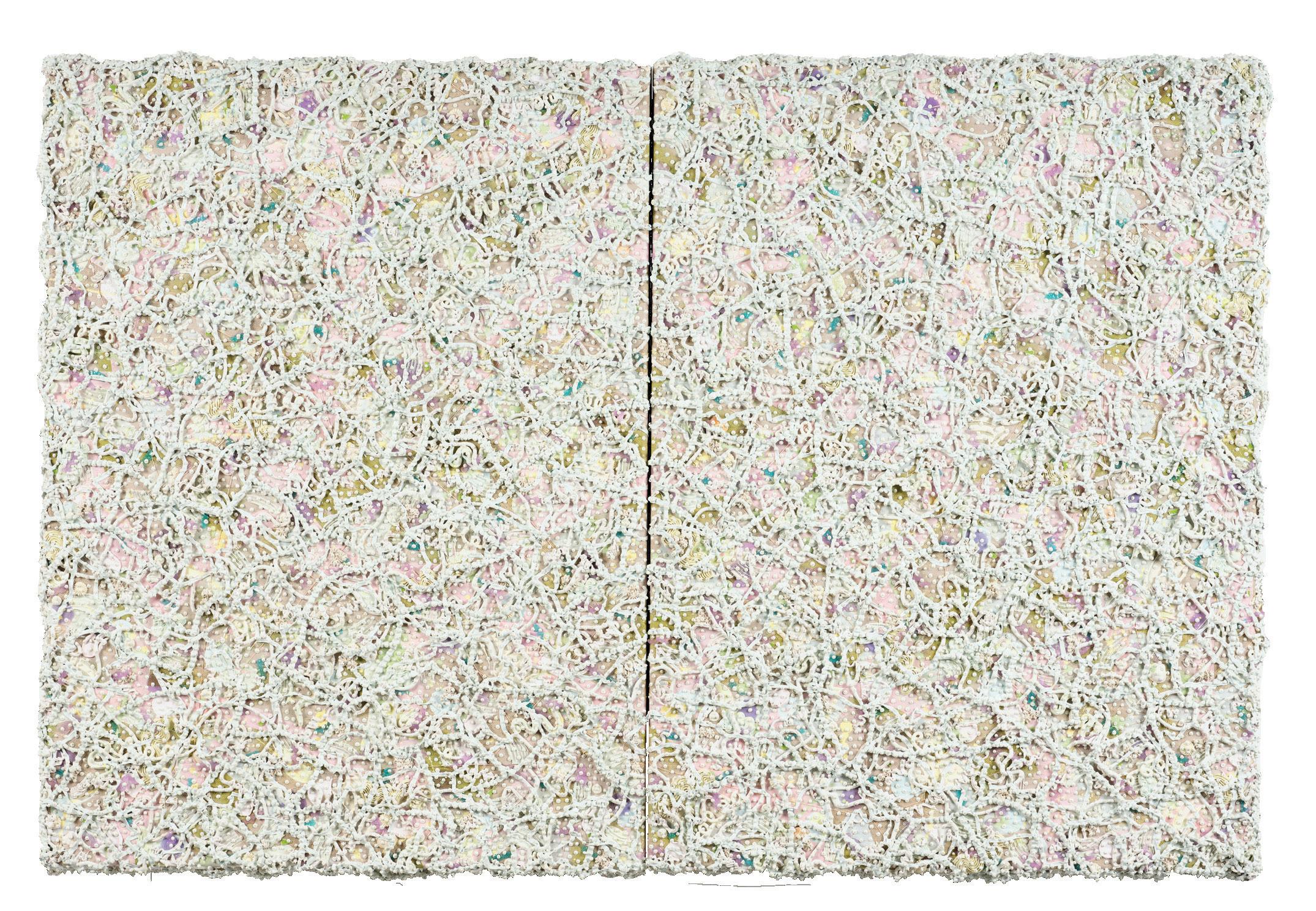
est
provenance
oil
1987

est
provenance
Private

23 Brent Wong
The Bequest 1970
acrylic on board signed B Wong and dated '70 in brushpoint lower right; dated 1970 and inscribed
The Bequest in brushpoint verso 580 × 1000mm
est $80,000 — $140,000
provenance
Private collection, Wellington. Acquired from Manawatu Art Gallery, Palmerston North, 1970.
exhibitions
Manawatu Centenial Art Prize, Manawatu Art Gallery, Palmerston North, 1970.
Brent Wong’s painting style has a unique quality that resists being grouped with any one New Zealand artistic canon — it is his peculiar blend of spiritual ruminations coupled with realism-turned-surrealism that makes him a solitary figure. To shed light on the milieu that produced Wong, one must peer into the broader socio-political landscape of the era when the painting was conceived. The Bequest was made in 1970 — a year echoing with the profound sounds of Led Zeppelin, Black Sabbath and Deep Purple, juxtaposed against the ethereal strains of George Harrison’s and John Lennon’s inaugural solo albums. It was the year Apollo 13 ventured into the cosmos and the Boeing 747 made its debut flight. A fitting stage for the emergence of a technical virtuoso like Wong, with profound vision.
Though Wong doesn’t comfortably fit within any one distinct ‘school’ of painting, he was amidst a cadre of young artists crafting images with an uncannily realist touch, each distinctive in their approach. Embodying the archetype of a prodigy, each was an island unto themselves. Dunedin boasted Grahame Sydney, New Plymouth was home to Michael Smither, and Wellington had Brent Wong, who spent his formative years in a flat atop his uncle’s shop on Vivian Street. Wong was 25 years old when he painted The Bequest . Like many of his contemporaneous works, it depicts landscapes, shorelines and architectural motifs evocative of his birthplace. Yet the image of a clear blue calm day, devoid of human presence, creates an unsettling tension, hinting at a narrative transcending its visual constituents.
The Bequest employs architecture as a medium to contrast epochs in human history. The edifices on the left could seamlessly meld into a Bill Sutton painting from the 1950s. They resonate with structures you’d stumble upon in a South Island mining town, reminiscent of Wellington’s architectural tapestry at the dawn of the twentieth century. Conversely, the concrete constructs on the right exude an aesthetic reminiscent of the sea walls erected along Marine Parade and Lyall Bay in the 1920s and 30s. Yet, through Wong’s lens, they radiate a pristine novelty. Their immaculate, gleaming façades clash with their surroundings. They seem birthed from some divine epiphany, evoking sentiments akin to the monolith from Stanley Kubrick’s cinematic masterpiece, Space Odyssey (1968).
The title of the work, The Bequest, provides a clue to Wong’s narrative. The painting seems to posit that the future is an heir to the past, and whilst certain elements endure, others fade into oblivion. The Bequest whispers of a future brimming with potential, both auspicious and ominous. It paints an Orwellian tableau of our nation’s trajectory, as pertinent today as it was in 1970 when it was brought to life.
by Charles Ninow

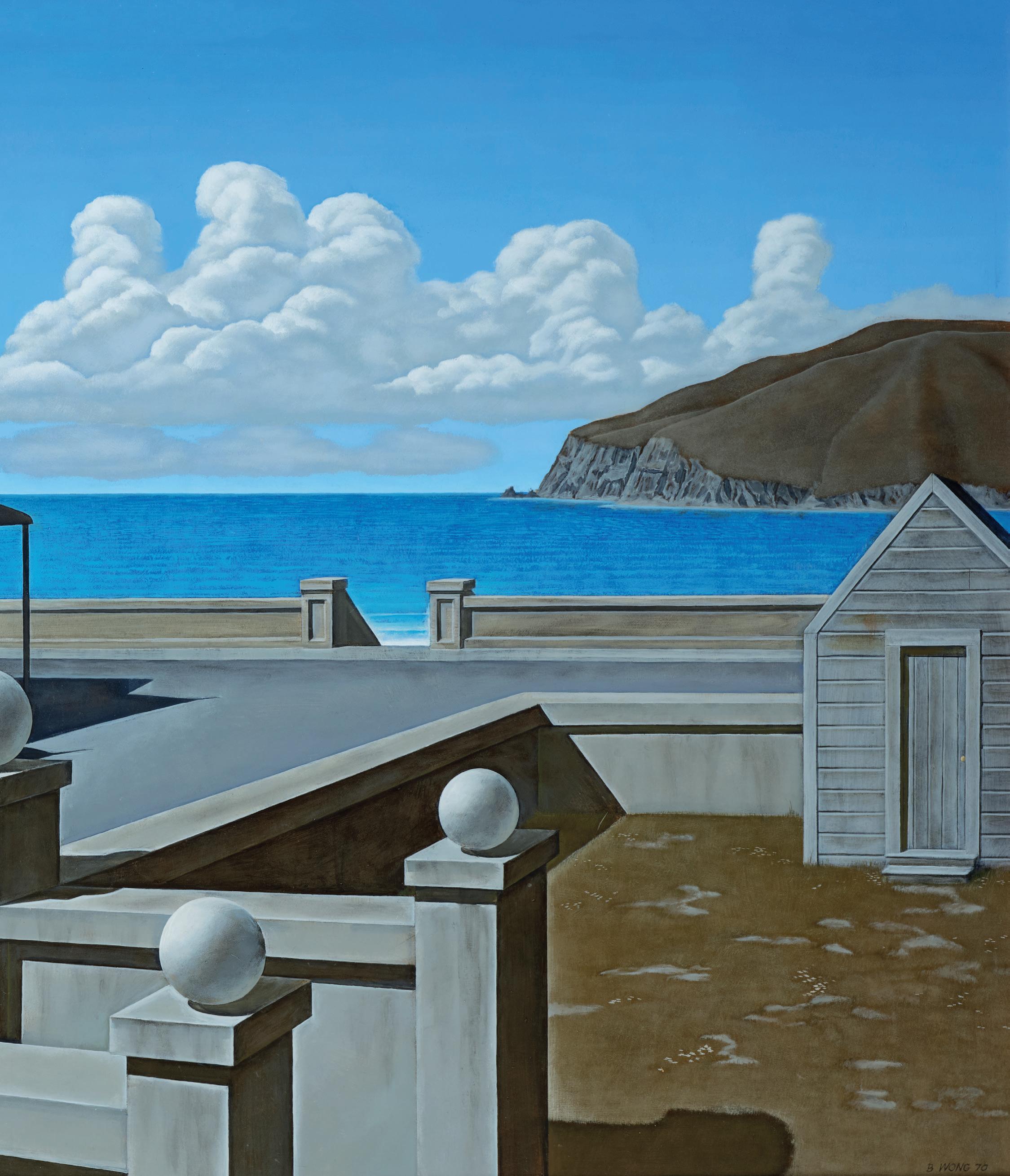
24 Pat Hanly Inside the Garden 27
c1968
watercolour and pastel on paper inscribed Inside the garden 27 in graphite lower right 530 × 540mm
est $10,000 — $15,000
provenance
Private collection, Auckland. Acquired from Barry Lett Galleries, Auckland, c1982.
exhibitions
Pat Hanly, Inside the Garden watercolours, Barry Lett Galleries, Auckland, 1969.
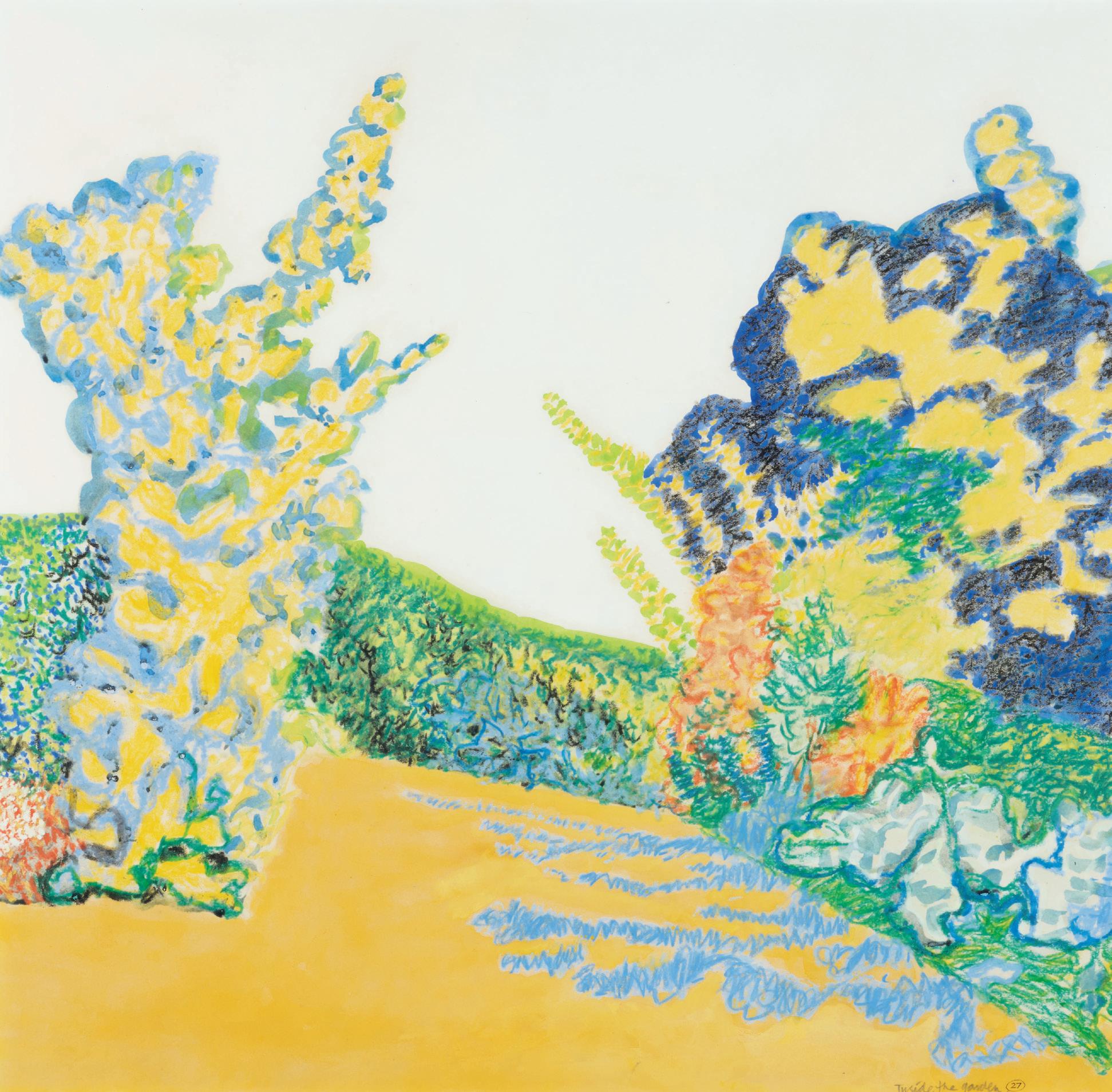
Greymouth c1955
oil on card
530 × 470mm
est $25,000 — $35,000
provenance
Private collection, Auckland. Acquired from Warwick Henderson Gallery, Auckland, October 1998; Private collection. Acquired directly from the artist, 1995.

exhibitions
Ten Plus Ten, Warwick Henderson Gallery, Auckland, October 1998.

bronze signed Terry Stringer and dated 2001 with incision lower edge 990 × 400 × 400mm (widest points)
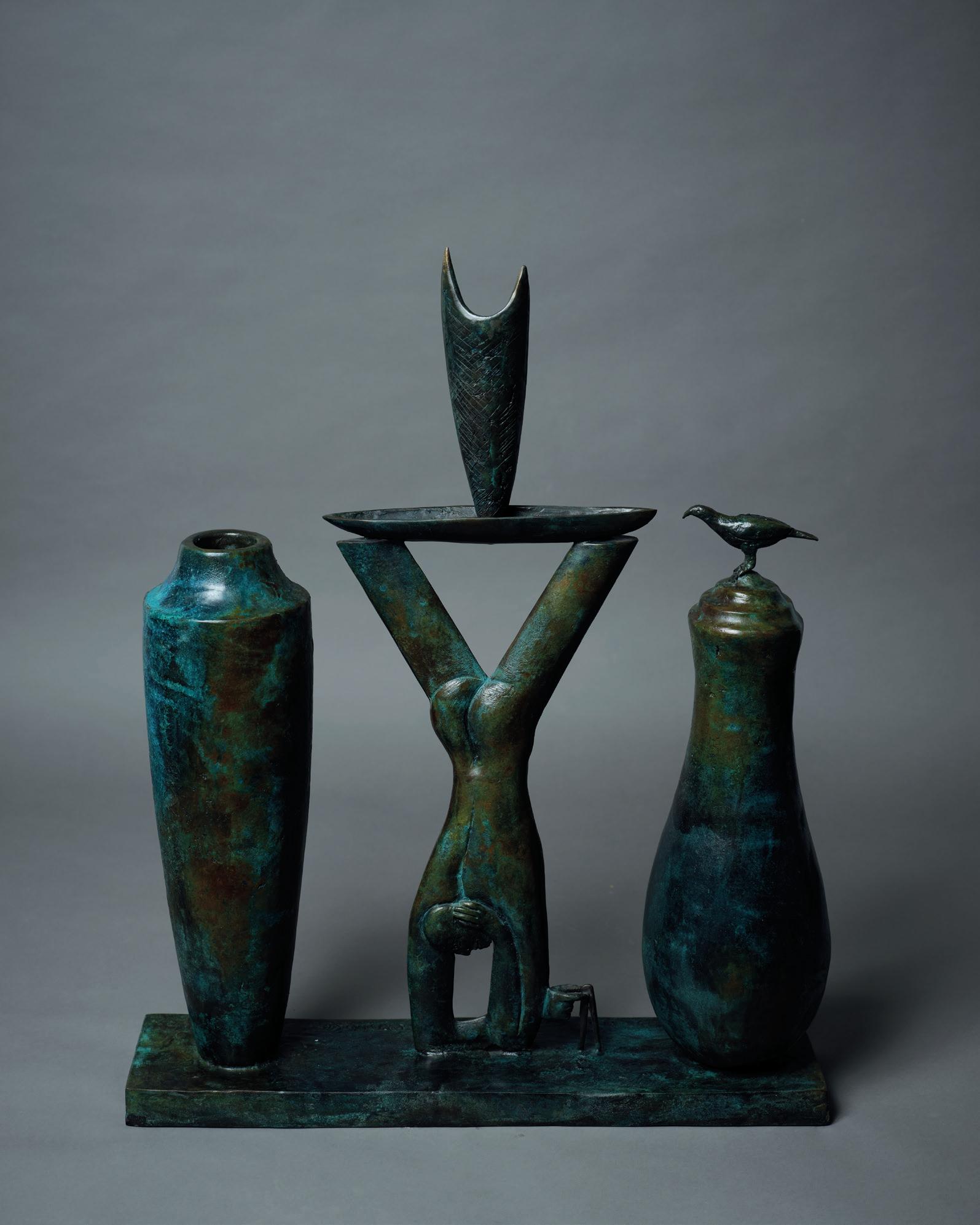
est $26,000 — $46,000
provenance
Private collection, Auckland.
bronze signed Paul Dibble and dated 2002 with incision on base 630 × 160 × 500mm (widest points)
est $20,000 — $30,000
provenance
Private collection.
28 Max Gimblett
The Golden No-Mind 2010
acrylic, vinyl polymers, epoxy, marble dust, gelatin, swiss gold leaf on canvas signed Max Gimblett, dated 2010 and inscribed "golden no-mind" in brushpoint verso 640 × 640mm (widest points)
est $23,000 — $28,000
provenance Private collection.
Max Gimblett has cemented himself as one of the most recognisable contemporary abstract painters in Aotearoa. His calligraphic marks, shiny layered surfaces and inventively shaped canvases have a sense of being simultaneously fresh and comfortingly familiar.
Born in Tāmaki Makaurau in 1935, Gimblett moved to New York in the early 1970s and continues to live and work between the two cities. In New York he met influential artists such as Len Lye, and studied psychology at the C.G. Jung Foundation for nearly 20 years. Gimblett’s diverse influences span Eastern spirituality, psychology, abstract expressionism, modernism and ancient cultures.
The artist has developed a practice that uses two methodologies of working, both greatly influenced by Eastern and Western religions and philosophies alike. The first is fast and instinctual, best seen in his Japaneseinspired ink works. Here the artist engages his whole body in the process and works intuitively, employing the Buddhist attitude of “no mind.” The second way of working is slower and more thoughtful, exemplified in Gimblett’s jewellike layered paintings. These works consist of many carefully applied layers of paint, resin, gold leaf and aquasize, so each work must be completed in gradual steps rather than all at once. Religion is still referenced in the materials and shapes used: gold and silver leaf are often associated with wisdom, light and spirituality, while his famous quatrefoil shape is found in many religions, symbolising such objects as a cross or a lotus.
The Golden No-Mind exemplifies these refined techniques Gimblett is known for. The highly lacquered surface and neatly shaped canvas are precisely executed. It seems to combine the artist’s two ways of working, referencing the Buddhist sentiment of “no mind” in its title but utilising the careful characteristics of his layered paintings. The Golden No-Mind creates a warm glow that entrances the viewer, living up to its meditative title.
by Christie Simpson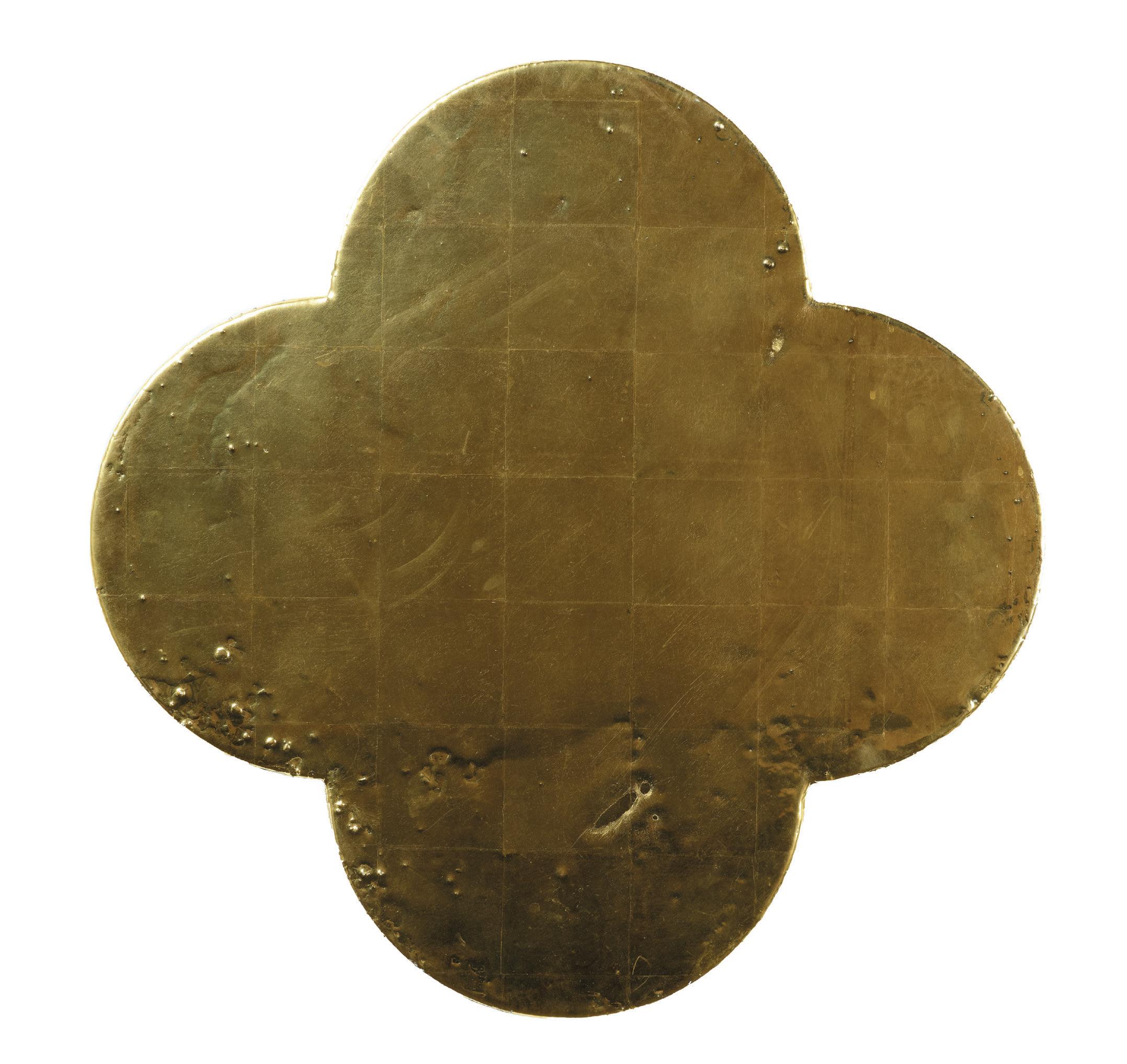
Sea Region 1976
acrylic on canvas
signed Albrecht and dated '76 in brushpoint verso 1500 × 1870mm
est $60,000 — $90,000
provenance
Private collection, Auckland. Acquired from Barry Lett Galleries, 1977.
exhibitions
Paintings 1975–1976, Barry Lett Galleries, Auckland, 1977.
Gretchen Albrecht’s distinctive stained canvases have become embedded in New Zealand art history. With their subtle gradations and immersive sweeps of colour, these works are strikingly different to the hard-edged painting of some of her abstractionist contemporaries, such as Geoff Thornley and Stephen Bambury.
In the 1970s, Albrecht moved firmly into abstract painting from an early practice that engaged in gestural figurative painting and still lifes. These new works were created using a speed brush, which allowed her to charge the brush with a large amount of diluted paint and physically stain the unprimed canvas. This unique shift in approach brought critical acclaim. According to art historian Luke Smyth, “The arrival of the early stained canvases marked a watershed moment in Albrecht’s career... Her debut presentation of the stained canvases earned her widespread acclaim, with critics declaring her new paintings her most accomplished works to date.” 1 This work was painted in 1976 and exhibited the following year at Barry Lett Galleries. When first viewed, the stained canvas works appear to eschew recognisable forms for pure abstraction. However, Albrecht’s abstraction was always firmly rooted in her beloved landscape of the Auckland coastal regions — as evidenced by the title here.
Sea Region showcases the alluring colours and masterful blends that the artist is particularly known for. The painting is largely comprised of a plane of graduated blue tones with a striking swathe of pink at the bottom of the picture plane and bands of white and purple at the top. The large scale invites the viewer to become almost enveloped by these saturated colours. As with all the stained canvas works, the painting never feels overproduced or forced — the luscious tones are effortless, seeming as though they have bloomed onto the canvas of their own accord.
by Neil Talbot
30 Gordon Walters Reversed with Grid II 1983 gouache on paper signed Gordon Walters 83 and dated 7.2.83 in graphite upper edge; inscribed reversed with grid II in graphite lower edge 380 × 290mm
est $60,000 — $80,000
provenance
Private collection, Auckland.
Gordon Walters’ artworks are instantly recognisable by their forms, palette and composition. Known as one of Aotearoa New Zealand’s first geometric abstract artists, Walters painted with “restraint to ostentation, economy to abundance, and calculation to spontaneity.”1 In March 1966, visitors to Auckland’s New Vision Gallery were presented with this artistic lens firsthand; Walters had crafted a tight exhibition that was distinctly local and an embodiment of Aotearoa's indentity interpreted through a modernist vernacular.2 From this definitive exhibition, Walters’ works were – and continue to be – synonymous with twentieth-century New Zealand art.
Dutch émigré Theo Schoon served as a friend and mentor to Walters after they met in 1941. It was in 1946, during an excursion in South Canterbury, that Schoon guided Walters through his inspirational encounter with early drawings on rocks by Māori.3 In addition, Schoon is credited with introducing Walters to twentieth century European modernism, including artists such as Wassily Kandinsky and Piet Mondrian. Walters was specifically interested in the way their practices centred on colour and forms rather than renderings of nature. Following his introduction to this artistic movement, Walters continued to hone his own path of geometric abstraction.
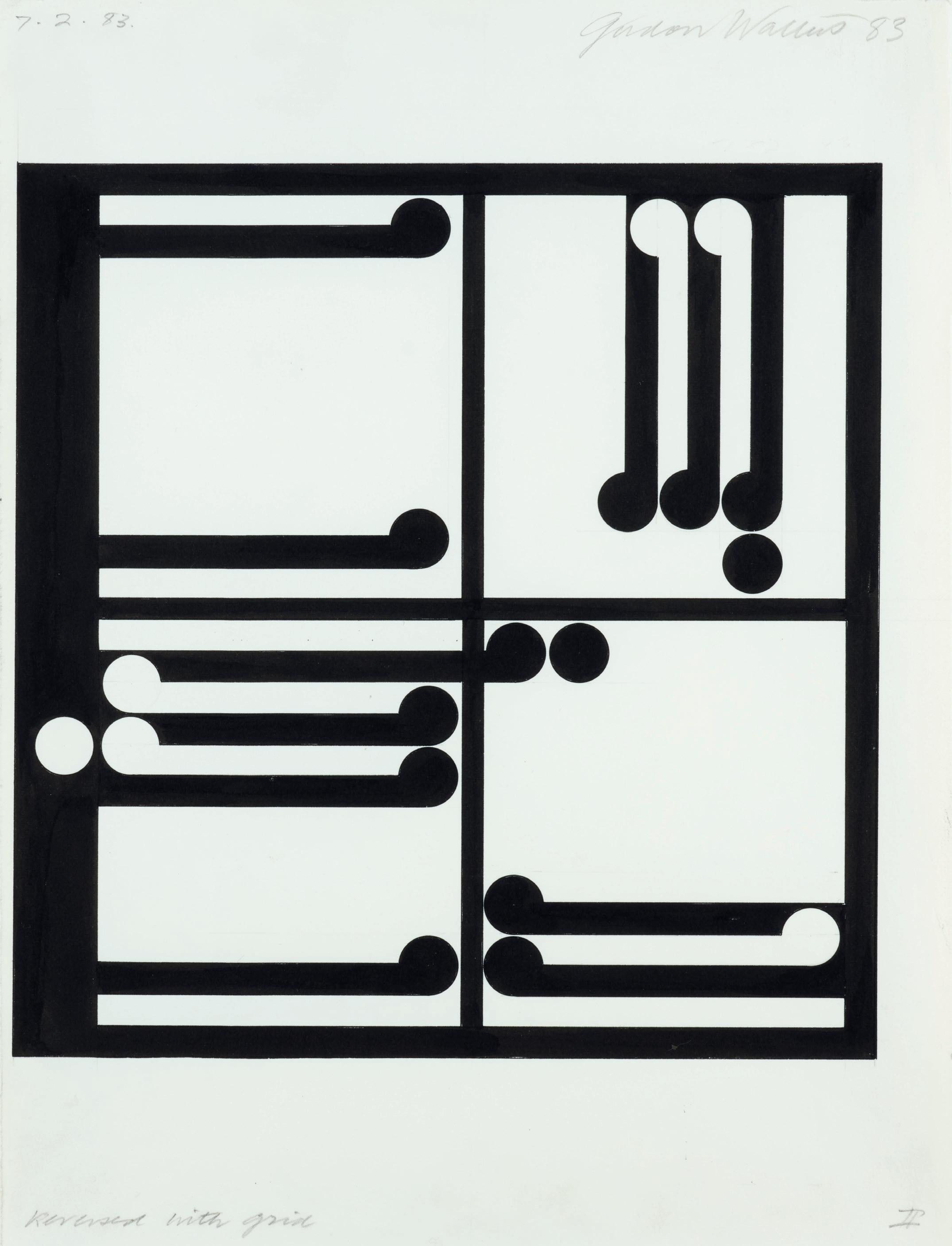
5
31 Gordon Walters untitled 1984 gouache on paper signed Gordon Walters and dated 1984 in graphite lower left; inscribed 23-3-84 in graphite lower right 590 × 670mm
est $80,000 — $120,000
provenance
Collection of Iain Buchanan, Auckland.
It was when Walters was in Melbourne that he truly turned his focus on exploring colour, tone and geometry to create purely abstract compositions. Walters returned to Aotearoa in 1953, whereupon he encountered provincial New Zealand attitudes towards abstract art. As the domestic climate was not warmly receptive to the modernist art movement, Walters did not have a solo exhibition between 1949 and 1966.
Throughout his oeuvre, Walters drew heavily on Māori iconography. The koru (also referred to as pītau) symbol is a keystone of Walters’ body of work. It is upon the koru artworks that Walters “reputation rests.” 4 During the 1960s, Walters produced a multitude of artworks that centred on the koru motif. His interest in the symbol developed early in his life; from his childhood, he was familiar with the Dominion Museum, and the displays of taonga had a lasting inspirational impact. 5 The fluidity of the circular koru calls to mind the unfurling frond of a fern, of which as a motif is entrenched in our national identity. 6
Colour Study for ‘Aotea’ and the two untitled works in this catalogue are both poignant examples of Walters’ practice. The koru motif is rendered starkly in black and white to create meticulous patterning.
Walters’ use of koru iconography has attracted both controversy and acclaim, centring on the cultural ethics of a Pākehā artist “appropriating and transforming Indigenous iconography.” 7 In the 1960s, Walters found some equilibrium for his pītau pieces in the bicultural publication Te Ao Hou/The New World. The journal was spearheaded by Margaret Orbell, a historian and academic, whom Walters married in 1963. Within Te Ao Hou , Walters’ work

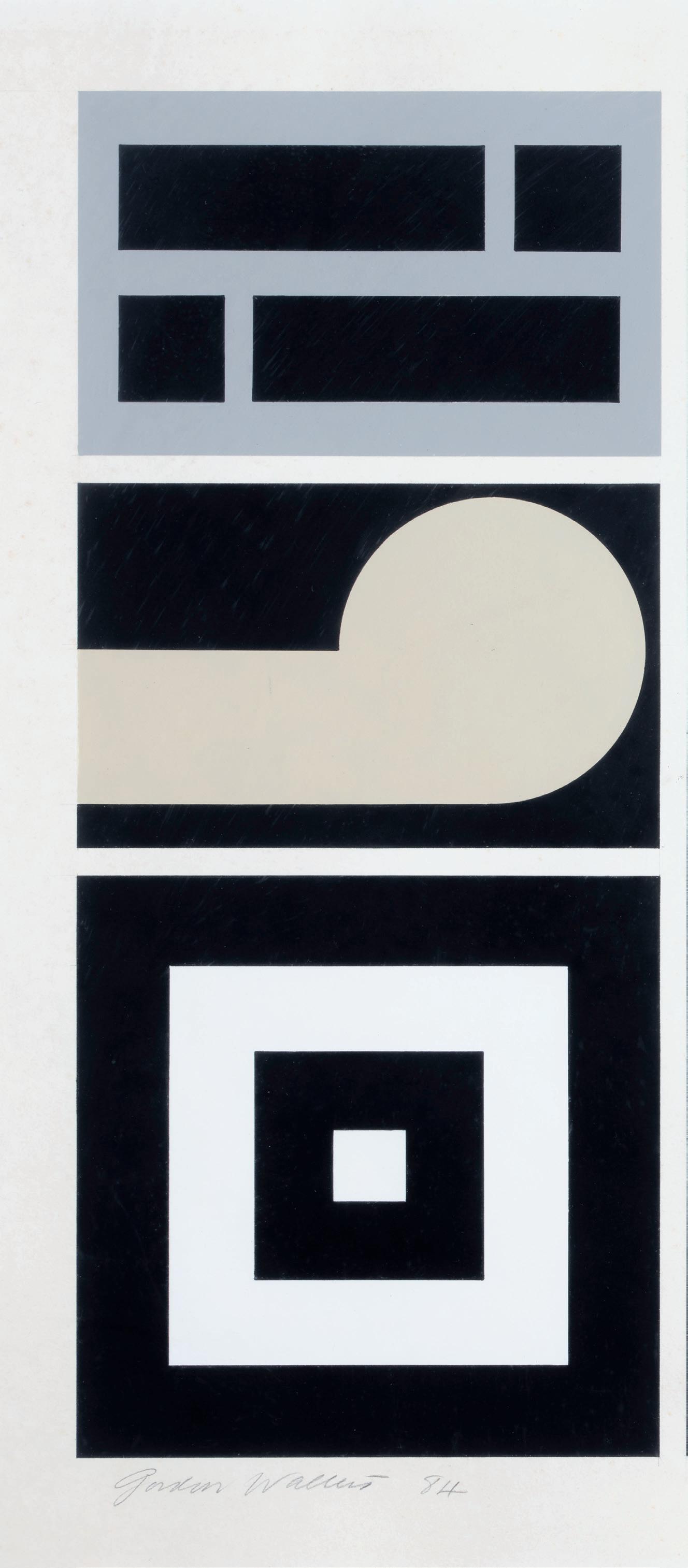

Gordon Walters
Colour Study for 'Aotea' 1983
gouache on paper
signed Gordon Walters, dated 83 and inscribed Colour Study for 'Aotea' in graphite lower edge 340 × 260mm
est $80,000 — $120,000
provenance
Private collection, Auckland.
was displayed alongside other modernistleaning contemporary artists, such as Ans Westra, Theo Schoon and Ralph Hōtere.8 Although his engagement was by no means immersive by current standards, by the mid1960s, Walters bore more insight into Māori culture — both ancient and contemporary.9 However, Walters’ utilisation of Māori imagery was and remains contentious. Walters has proven to be a highly recognisable artist within Aotearoa’s art history, coming to raise questions and shape narratives around identity, abstraction, and what it means to be a New Zealand artist. Curator and writer Lucy Hammonds succinctly conveys his influence in her Gordon Walters: New Vision essay: Walters’ influence on contemporary New Zealand art has been significant; his formal approach and processes of abstraction, reduction, and repetition being examined and reconsidered by subsequent generations of artists. In the case of artists such as Killeen, Scott, and Heaphy, the influence of Walters’ work came through their individual connection to the artist. In the wider field of New Zealand abstraction, Walters is considered a pioneer, providing a history lesson and example of what abstract art can be in this county.10

Dr Fiona Pardington (Ngāi Tahu, Kāti Māmoe and Ngāti Kahungunu, Clan Cameron of Erracht) is regarded as one Aotearoa’s most recognisable and distinguished photographers. Her practice is entrenched in themes of te ao Māori while it examines the past and contemporary society, utilising museum objects as a medium through which to explore cultural memory.
Pardington’s work draws connections with the still-life tradition of seventeenthcentury Dutch vanitas, wherein the transience of life is a core theme. However, there is a significant point of difference in the artist’s treatment of her subject matter to that of the Western tradition. While Pardington’s subjects’ vital signs have long since departed, they remain animated by a vitality that belongs to the supernatural realm, while at the same time retaining their connection to their earthly origins. The artist’s hauntingly austere compositions depicting Māori taonga and museological objects have become widely held as her most recognisable and revered pieces. Through her use of hyperreal colour, contrasted with stark black space, Pardington creates a sense of innate grandeur. The artist’s wider practice can be viewed through the lens of portraiture
as symbolic in itself; the art form was, historically, used as a means of personifying the likeness of a person, allowing for their image to live in perpetuity.
Featured in the sale are multiple works depicting native birds, including Pipiwharauroa/ Shining Cuckoo, and Tui Mountain [Whanganui Museum]. Also included is one of Pardington’s iconic huia images, Canterbury Museum Huia. This image seems to breathe life into the taxidermied creature, with the work asking the viewer to look deeper into the darkness to see the detail, as feathers, a beak, and the small and shining eyes subtly come to the fore. There is a tenderness within the works: “I’ve personalised them, made portraits of them and just treated them like they were individuals,” says Pardington.1
From the 2019 TIKI: Orphans of Māoriland suite of photographs, A60924 at first glance appears to be a Māori hei tiki. However, it isn’t a genuine taonga and therein lies the mystery. These objects were originally purchased from London auction houses and were most likely made for the local Pākehā, or European market. In the colonial period of the late nineteenth century New Zealand was sometimes referred to as ‘Maoriland’, hence the title of the series. As with her
est $25,000 — $35,000
provenance

A60924
2019 pigment inks on Hahnemühle Photo Rag paper signed Fiona Pardington and dated 2019 in ink verso 1090 × 820mm
est $25,000 — $35,000
provenance
Private collection, Christchurch. Acquired from Starkwhite, Auckland, 2020.
exhibitions
TIKI: Orphans of Māoriland, Starkwhite, Auckland, June 2019; Christchurch Art Gallery, Christchurch, January–June 2020.

photographs of taonga, Pardington takes a reparative, aesthetic approach that draws us in with the beauty of the image before we have a chance to consider all its implications and possible meanings. The smearing effect of the long exposure animates the artefact as if it is moving, ghostly and somehow alive.
Pardington’s work often functions as a memoriam, particularly in her depictions of extinct species, which point discreetly to the importance of conservation. Her photographs capture and record an inhabited space and time, preserving lived experience. Resonant with deep personal and cultural meanings, Pardington’s works are a warning, bridging past and present to remind us of what we have lost and what we must preserve.
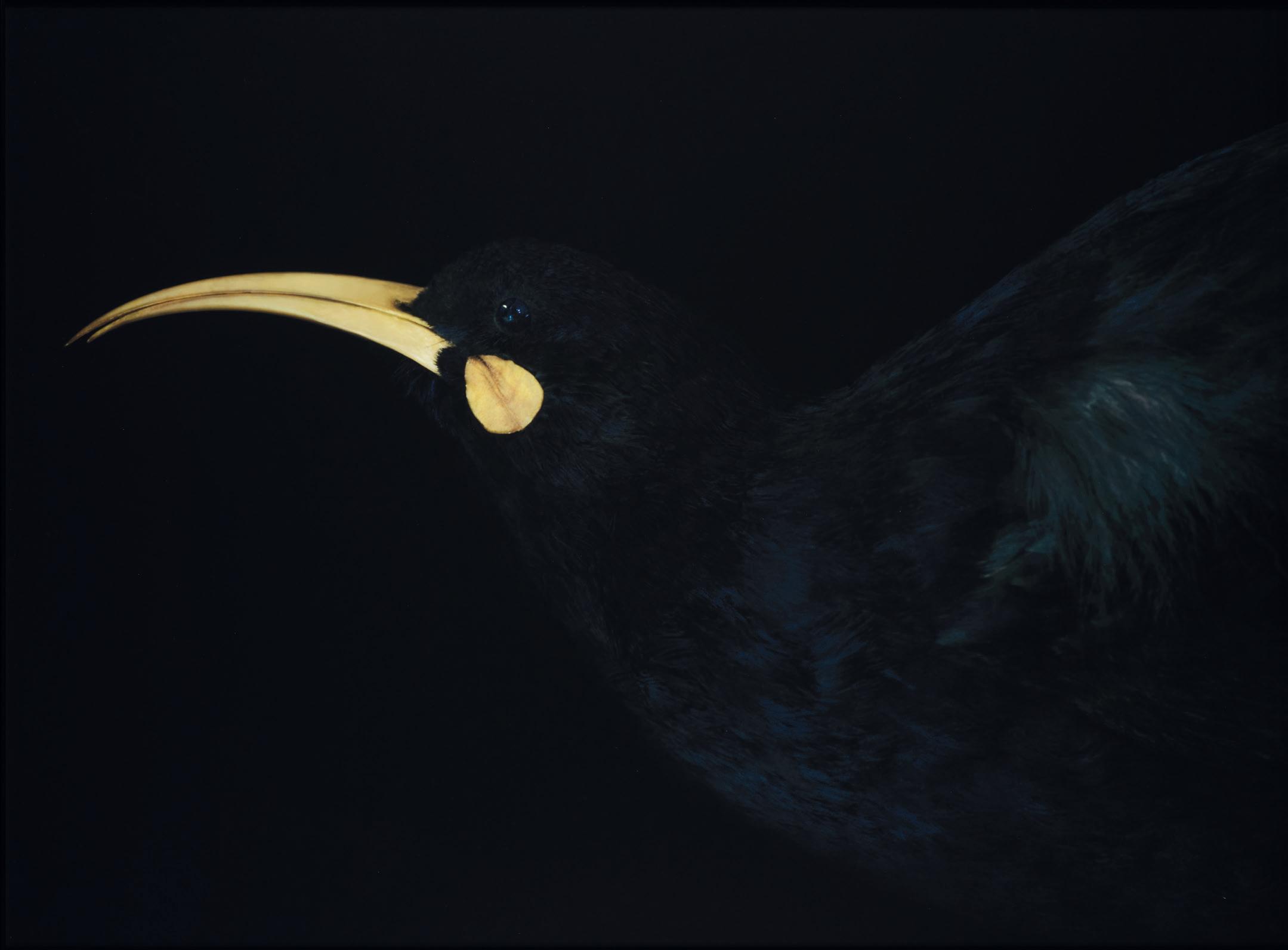
Untitled 2000
acrylic on linen signed Peter Stichbury, dated 2000 and inscribed 'Untitled' in graphite verso 1070 × 920mm
est $80,000 — $120,000
provenance
Private collection, Auckland. Acquired from Important Paintings & Contemporary Art, Art + Object, Auckland, 26 November 2019, lot 50; Private collection. Acquired privately; Private collection, New York.
Peter Stichbury is a New Zealand artist whose practice is shaped by his interest in the themes of contemporary culture, the human psyche and science. Born in Tāmaki Makaurau Auckland, Stichbury attended Elam School of Fine Arts, University of Auckland, in 1997.
Predominantly a painter, Stichbury works in a distinctive and recognisable manner, characterised by a stylistic flatness and forensic attention to detail. Citing Lucian Freud’s portraits from the 1940s as a source of inspiration, Stichbury creates simplified renderings, with heavily exaggerated and stylised features.1 The haunting stares of his figures seem to question whether or not they are simply portraits or wellcrafted narratives of the subjects. 2 There is a tangible interest in the provenance of the subjects as Stichbury often bases his artworks on presentday, real-life people.
Stichbury’s idle subjects are rendered with exaggerated facial structures, perfectly styled hair, dewy complexions and sharp-lined clothing. A common trait is that the character’s wide-set eyes seem to stare beyond the viewer. There is a touch of the Moirai within Stichbury’s works; the characters, with their all-seeing, middle-ground focus, have a personification of destiny.
The subject in this painting shares the aforementioned qualities. In typical Stichbury fashion, the male subject is exaggerated, cleanfaced and glossy. His eyeline is fixed above and beyond the viewer. The placement of his stare disrupts the normal protocol of portraiture, as the subject does not return the viewer’s gaze.
Stichbury’s practice has been described as “a cross-pollination between old and new, or neoclassical portraiture.” 3 Here, that is evident. The conventional foundation of a portrait — to render a likeness of an individual — remains the same, yet Stichbury uses the medium as a vessel through which to examine contemporary culture and the human conscious. Traditional ideals of shiny, celebrity culture and beauty aesthetics are both engaged with and subverted in these wideset features. The subjects embody the person they are modelled upon and the machinations that have shaped them, yet they convey existential questions about the psyche, the afterlife, and the blurring of lines between realms. With the Delphic stare of these portraits, which peers beyond the viewer, the human experience and complexities of life are channelled.
Stichbury’s portraits are recognisable due to their distinctive qualities, and the mesmerising, gravitational pull they have. His paintings are held by numerous public organisations, as well as in private collections. Through his portraits, Stichbury blends the bygone with the new, the eerie with the intriguing, and the mundane with the paranormal.
by Hannah Crichton
 Works by Teuane Tibbo, A. Lois White, Adele Younghusband and John Weeks photographed in modernist house Whare Tane, designed by artist Trevor Lloyd in the 1920s. Images by Sam Hartnett.
Works by Teuane Tibbo, A. Lois White, Adele Younghusband and John Weeks photographed in modernist house Whare Tane, designed by artist Trevor Lloyd in the 1920s. Images by Sam Hartnett.
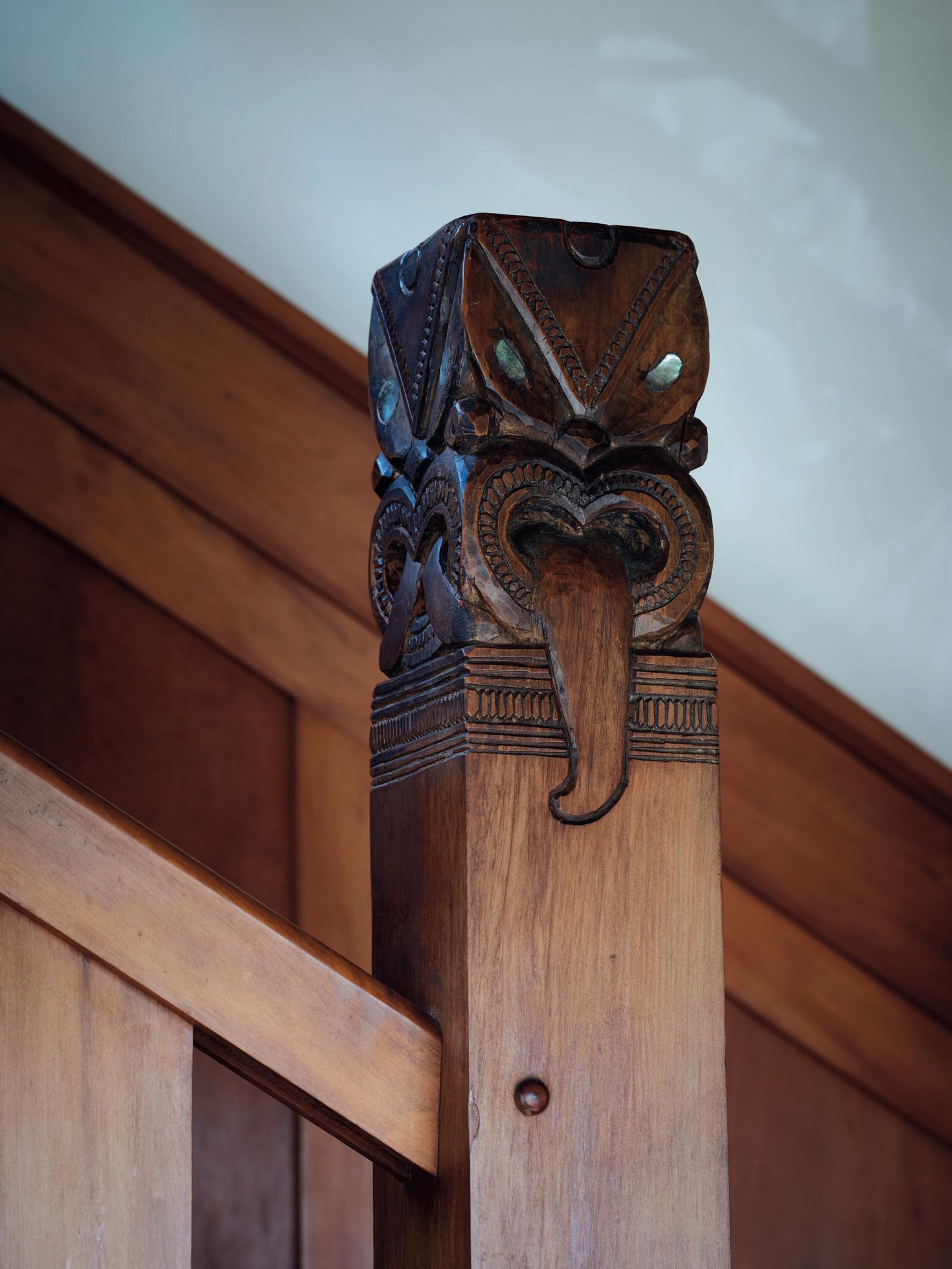
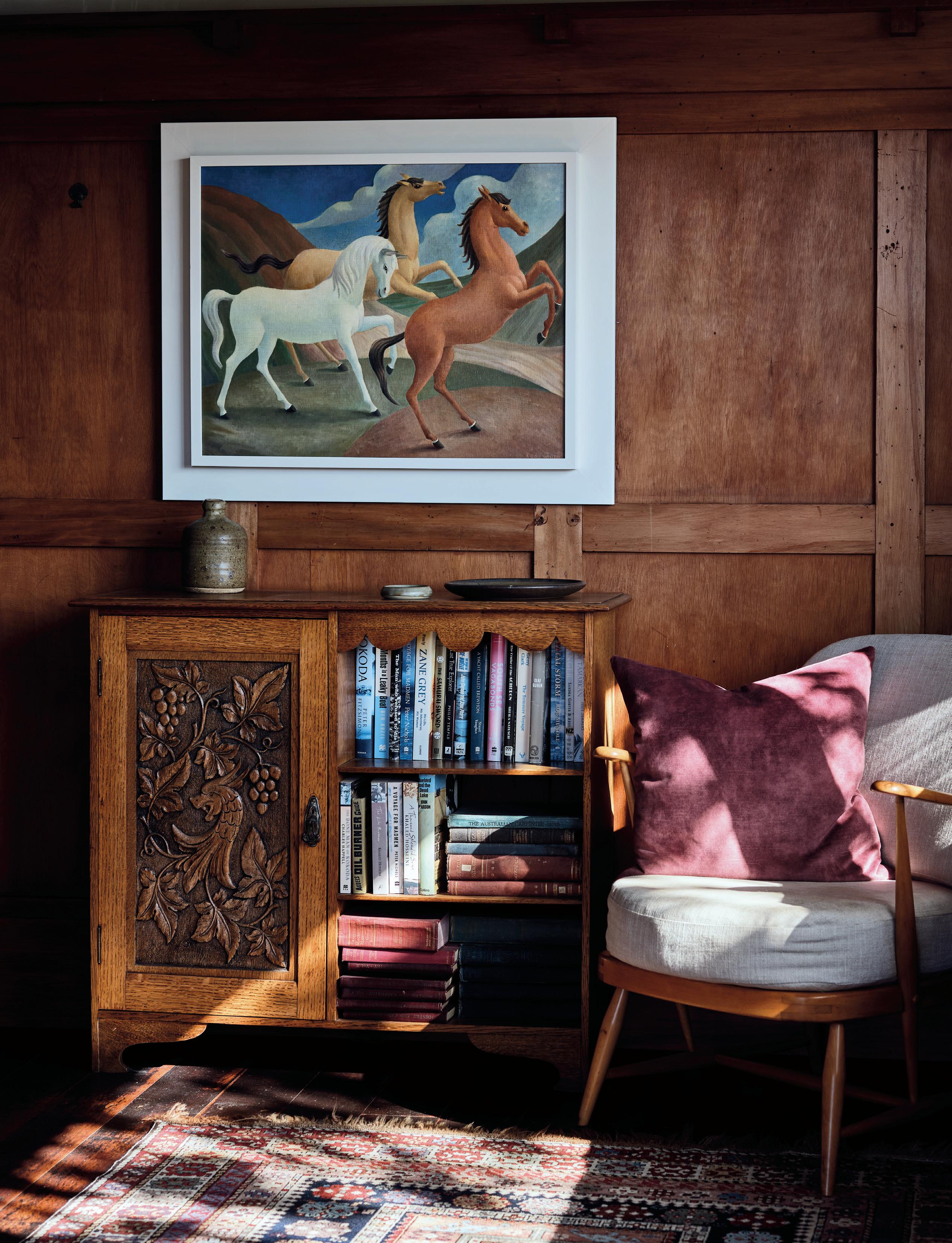
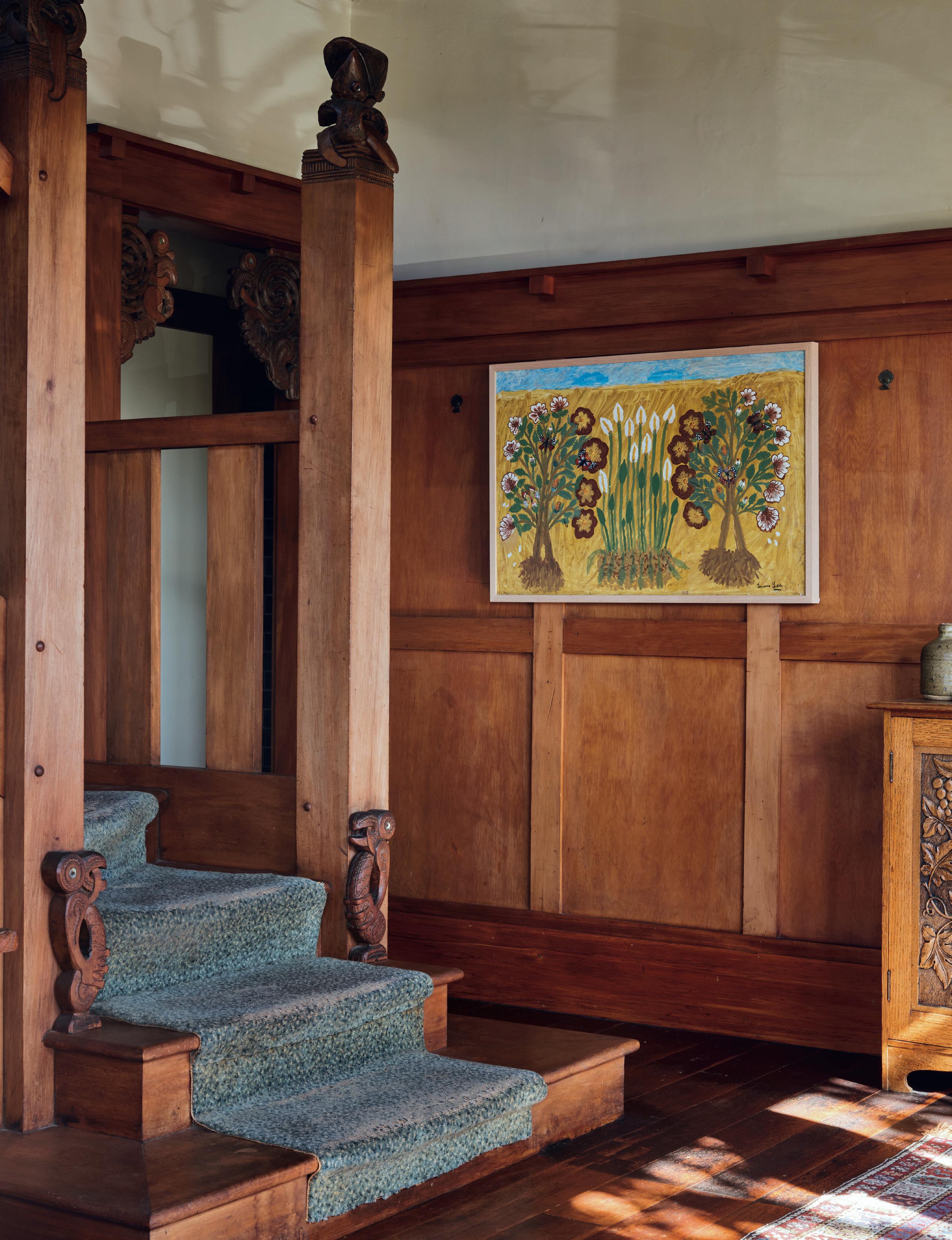




37 A Lois White Horses
oil on canvas
signed A. Lois White in brushpoint lower right 540 × 700mm
est $80,000 — $140,000
provenance
Private collection, Hawkes Bay. Acquired from Heritage Antiques, Cambridge, c1990.
A. Lois White is one of Aotearoa’s celebrated modernist artists, who worked routinely in the art deco style. That style, which derives from the French term ‘arts décoratifs’, centres on elegance and luxury, with qualities of symmetry and repetitive elements defining the movement.
From the 1920s through to the 1980s, White was active in her production of art, spreading her artistry across a varying body of drawings, prints and paintings. Her artworks feature rich colours, adornment and carefully arranged compositions.
White was raised as religious and her paintings often explore biblical themes. Women are another consistent theme throughout the artist's oeuvre, with the female form shown as a symbol of strength and grace. White draws on allegorical symbolism, showing women as both classical and modern, depicting them engaging in activities of leisure and expressing personal style through fashion. Design, which was sold through Webb’s in The Bank of New Zealand Art Collection, 2022, is a stunning example of White’s ability to employ colour and design, as well as her homage to the female form.
With her strong interest in symbolism and figuration, White was often excluded from contemporary exhibitions of her era, as her work did not fit the favoured styles of New Zealand in the mid-twentieth century. In 1975, renowned Wellington gallerist Peter McLeavey became her sole representative, and helmed White’s first solo exhibition in 1977, when she was 74. Through this exhibition, White caught the attention of galleries and collectors, and her work continues to be sought after by private and public collectors alike.
The work featured in this catalogue, Horses, is painted in White’s distinctive flat graphic style. The work is rich with fluidity, from the rolling hills of the landscape, to the proud, arched forms of the three horses. The muted colour palette adds to the delicate harmonious look of the scene.
From the Upper Palaeolithic Lascaux cave paintings to contemporary artworks, equestrian depictions have been woven into the visual fabric of history, their iconography representative of divinity, war, commerce and companionship. Within the boarder lexicon of Western art, the horse symbolises divinity, freedom and power. Equine symbolism runs parallel with White’s body of work, with horses and the wider natural world serving as regular subject matter. White often painted groups of three, ranging from trios of lizards to the horses shown here, which could be seen as a religious reference to the holy trinity.
Horses possesses depth and definition, with the equines conveying a strong sense of freedom and joy. There is a certain playfulness and a touch of romanticism to this artwork, which creates a feeling that one could easily slip beyond the frame, and join the horses in their roaming of the wilderness.
Over the past two years, A. Lois White is among the cohort of New Zealand artists who have seen an extraordinary growth in the art market. White’s lush body of work, and her position as a modernist painter of twentieth-century Aotearoa, is now finally being recognised and rightly acclaimed.
by Hannah Crichton



c1917
watercolour on paper signed Frances Hodgkins in brushpoint lower right 264 × 264mm
est $25,000 — $35,000
provenance
Private collection, Auckland. Acquired 1980s.
note Complete Frances Hodgkins catalogue number: FH0607
Frances Hodgkins (1869–1947) is one of New Zealand’s finest expatriate artists and important painter of the modern British school in the 1930s and 1940s. Hodgkins was highly skilled in traditional watercolour techniques thanks to early training by her father, the watercolourist William Mathew Hodgkins; by Girolamo Nerli, with whom she studied more expressive painting in 1893; and her time at the Dunedin School of Art and Design. Hodgkins left New Zealand in 1901 for Europe and by 1907 was receiving invitations to contribute to exhibitions across England.1 She would return to live in New Zealand in 1903 for three years, and again from 1912–13, but much of her life was spent living in Europe, due to her love of exploring scenes and places there. 2
Known primarily for her landscapes and still-lifes, Hodgkins also worked in portraiture and even briefly dabbled in textile design. What was consistent in her practice, however, was a freedom of expression that was highlighted through the application of her brush. Most of Hodgkins’ studies were in watercolour, a medium in which she was highly accomplished and was optimal for capturing the subtleties of the human form.
The United Kingdom was at war in 1917. In the southern coastal town of St Ives, where Hodgkins was residing, artists who worked en plein air moved indoors to protect themselves from potential danger. As a result of this, family and children became a common subject in her work. As luck would have it for Hodgkins, who relied on portraiture financially, this was popular with her clients. In a letter to her brother William she remarked, “What I want is a small & tidy income so that I need not have to fight for daily bread. Truly living is a fine art these days. Yesterday I sold a 12 guinea baby. Item: Paint more babies!”3
Child Asleep (c1917) is a wonderful example of one of the artist's domestic portraits. While the palette of the work is cool toned, the environment in which the child sleeps appears warm, signified by their rosy, flushed cheeks. Loose brushstrokes envelope the child in a cosy bed of blue as they sleep peacefully. The serene environment is utterly tangible, one can almost hear the infant's tranquil breathing. Both the imagery of the child and Hodgkins’ skilful treatment of watercolour evoke a sense of warmth and calm in a time of war and uncertainty.
by Christie Simpson1 Catherine Hammond and Mary Kisler, eds., Frances Hodgkins: European Journeys (Auckland University Press, 2019), 55.
2 Mary Kisler, “Beginnings: New Zealand to Europe 1890–1914,” in Frances Hodgkins: European Journeys, 71.
3 Frances Hodgkins to William Field, 30 March 1918, in Letters. Field, Isabel Jane, 1867–1950 : Correspondence of Frances Hodgkins and family / collected by Isabel Field. Ref: MS-Papers-0085-34. Alexander Turnbull Library, Wellington, New Zealand. https://natlib.govt.nz/records/23182852
A household name in New Zealand, Colin McCahon needs little introduction due to his innovative contributions to modern art. McCahon's profound influence is particularly evident in his revolutionary landscape paintings, among which his North Otago works stand out. An exemplary work is the large-scale painting on paper titled The North Otago Landscape as Described by Prof. C. A. Cotton & Seen by Colin McCahon from 1972.
In this awe-inspiring scene, a textural hillscape commands attention as it stands against a cold grey sky and a flat grassy plain. McCahon masterfully employs manipulated perspective and form, drawing the immense hills to overwhelm their surroundings and tower above the viewer. The landscape, with its geometric yet organic quality, embraces a cool-toned, dark green colour palette, lending a necessary sense of depth. McCahon focuses on the material and formal qualities, allowing him to eliminate, shift, and accentuate forms to suit his desired image. As the rolling hills morph from one form to another, they reveal a transformation shaped, as McCahon described, "not by violence but by the slow processes of normal erosion."1
The scene reflects McCahon's view of North Otago as "a unique and lonely place," empty of trees and structures, stripped back to the simplicity of the land. McCahon, who grew up in the region, had a self-described love affair with Otago. He often revisited the area, thrice in 1967 alone, noting that each visit was characterised by windless, cold weather, accentuating the essential black and green qualities of the landscape.2 The artwork does not represent a specific place but rather serves as a reference to McCahon's long-standing relationship with the area, encapsulating "where I am now and where I have been since the time I was [living in Otago in my youth]."3
The widespread appreciation of New Zealand landforms is attributed to the work of Professor Charles A. Cotton, a New Zealand scholar who gained international recognition during his tenure as lecturer then professor of geology at Victoria University of Wellington between 1909 and 1953. Cotton’s publications on geomorphology had a strong influence, largely through his diagrams, landscape sketches, and half-tone pictures of local scenery. 4 With his use of simple, uncluttered lines and the disregard of built structures, trees, and objects, Cotton reduced the landscape to its geographical essence. McCahon sought a sense of orderliness that he saw necessary to depict the landscape, and Cotton's diagrammatic simplicity was a major inspiration.
First discovering Geomorphology of New Zealand on the shelves of the Dunedin Public Library and later being gifted Cotton’s Geomorphology (1942) from artist Patrick Hayman on his marriage to Anne Hamblett, McCahon openly acknowledged Cotton’s continuing influence on his practice, using it consistently for landscape information for much of his art career. Through various quotes published by Adam Art Gallery surrounding the 2000 exhibition An Artist and a Scientist, McCahon said:
“I was interested in Cotton through having lived in North Otago… Cotton told me about [the landscape]. No one told me about Cotton, I just found him on a bookshelf… I loved his drawings for the way they told about things. I have since [living in Dunedin] constantly referred to Cotton to explain what it is I have actually seen… The North Otago landscapes all come both directly and indirectly from Cotton — that’s why they are real.”5
In 1972, McCahon was invited to exhibit works as a guest artist at the North Otago Society in Ōamaru where he showed eight watercolours of the same name and composition. The example in this catalogue is likely to be closely related to this body of work, as the composition is divided into three horizontal segments, characteristic of these North Otago Landscape works.
The North Otago Landscape as Described by Prof. C. A. Cotton & Seen by Colin McCahon is a testament to McCahon’s profound relationship with the New Zealand landscape. His innovative approach to capturing its essence offers a profound insight into the deep and personal connection McCahon had with both Otago and Cotton. Through this work, McCahon creates a timeless connection between the viewer and the captivating beauty of the region, infused with the influence of both nature and science.
http://www.adamartgallery.org.nz/pastexhibitions/an-artist-and-a-scientist/5 Quotations taken from McCahon’s correspondence to R. N. O’Reilly dated 31 August 1972 and from Colin McCahon at the Dowse Art Gallery, Dowse Art Gallery catalogue, 1980, via Adam Art Gallery.

“I was interested in Cotton through having lived in North Otago… Cotton told me about [the landscape]. No one told me about Cotton, I just found him on a bookshelf… I loved his drawings for the way they told about things. I have since [living in Dunedin] constantly referred to Cotton to explain what it is I have actually seen… The North Otago landscapes all come both directly and indirectly from Cotton — that’s why they are real.”
39 Colin McCahon
The North Otago Landscape as Described by Prof. C. A. Cotton & Seen by Colin McCahon

1972
watercolour on paper signed Colin McCahon, dated 1972 and inscribed The North Otago Landscape as Described by Prof. C. A. Cotton & Seen by Colin McCahon in graphite lower edge
490 × 600mm
est $120,000 — $180,000
provenance Estate of Paul Charles Cotton, Sydney.
exhibitions
1972 Oamaru: Guest Artist, Oamaru Public Library, Otago July 1972.
note Colin McCahon Online Database number: CM 000576



Bill Hammond painted Melting Moments I ten years after his consequential visit to the Auckland Islands in 1989. Probably the event most often cited in art historical analysis of Hammond, much has been made of the impact of the sub-Antarctic expedition on the artist’s outlook and visual lexicon. Fellow New Zealand artists, including photographers Laurence Aberhart and Helen Mitchell, joined Hammond on the three-week-long trip, visiting places such as Enderby Island, the northernmost island in the sub-Antarctic archipelago. For Hammond, these remote and predator-free sites, with thriving populations of native species, evoked the Aotearoa landscape prior to human intervention, a sentiment explored in the Codes of Survival photographic series by fellow journeyer, Lloyd Godman. This trip, today deeply rooted in the artist’s mythology, was certainly the catalyst for Hammond’s reflections on nineteenth-century colonial practices that greatly threatened native species, and his engagement with concepts of primordial order, endangerment and extinction. But Hammond did not simply seek to recreate in paint the utopic vistas he had encountered. While he described the Auckland Islands as ‘a paradise for birds’, in works such as Melting Moments I we do not find ourselves in a paradisical world. This is no avian Arcadia.
Rather, in Melting Moments I, Hammond presents us with a busy, populous, noisy habitat, in which the cocophony of birdsong is drowned out by clanging bells and aeroplanes. The composition is inhabited by Hammond’s now iconic mythical creatures — half human, half bird, which first appeared in his paintings in 1993. Inextricably linked to that 1989 expedition, these zoomorphic forms, too, had an immense impact on Hammond’s
artistic style, and are central to his visual lexicon. These creatures populate the canvas of Melting Moments I , each one a unique combination of beaks, wings, horse heads, human limbs and tails. Although these birdhuman figures occupy much of Hammond’s artistic output post-1993, to see them as a rigid constant in his work would be amiss. While, for example, we often encounter Hammond’s creatures in profile, in his Melting Moments series some turn towards the picture plane to expose their broad chests, to better display their human torsos and limbs. There are no awkward junctures between bird head and human body, these figures are confident and seamless, a natural integration of these various forms from animalia. They vary in scale, but not to suggest spatial recession. This was not a concern of Hammond’s: whereas colour gradation is commonly used to this end in landscape or history paintings, in the atmospheric background of Melting Moments I the irregular pockets of gold and green colour blend into one another, disrupting any attempt to discern real-world space.
Indeed, the setting of Melting Moments I lacks junctures or definition, disorientating the viewer by melding together water, land and sky. The habitat of Hammond’s creatures are both subaqueous and celestial: the river flowing from the mountain ranges at the top of the canvas morphs into a vertical waterfall, passing clouds and causing a ripple effect as it enters the water. Eluding any classification or definition, this is characteristic Hammond. The scene is cohesive, though, united by the verticality of different forms: the barcode lines, the tree trunks, and the drips of paint creeping down the composition. These vertical lines, along with the sweeping curves of tails, wings, bell ropes and leaves, read like a Snakes and Ladders board. However, replete
though Melting Moments I is with imagery, and lines guiding the eye around the canvas, the space is not overloaded. Pictorial balance became a key consideration for Hammond during his education at the University of Canterbury School of Fine Arts. By 1999, it appears effortless and instinctive.
In Melting Moments I, Hammond has left many clues to the presence of human life. Of course, there are the human features of his bird-people, some even depicted engaged in human activities: sporting a hula hoop and leotard; ringing bells; holding a ballet barre. There are also quotidian, man-made items dotted across the canvas, such as the umbrellas, crucifix and mounted stag-head. Barcodes, too, repetitively appear throughout the picture, familiar imagery in a defiantly unfamiliar, irregular context. Although their presence is unexpected, Hammond’s barcodes are not foreign bodies, but embedded in the scene. At the top of the canvas, extending from a grey cloud, one barcode’s lines suggest slanted rain, whereas in the centre, another is flipped horizontal, perhaps suggesting sound (birdsong?) coming from one openmouthed figure. Then, in the bottom left, another barcode’s lines are thicker, more wobbly, practically blending into the drips of acrylic paint melting down the composition.
For me, this dripping paint clearly connects to the work’s title, Melting Moments I, sprawled in capital letters along the bottom edge of the painting. But because Hammond rarely affords his viewers much in the way of explanation, he fosters a multiplicity of readings in details like his titles. Thinking back to that epiphanic 1989 trip, the term ‘melting moments’ has obvious links to Hammond’s concern with the colonial impact on native species, ecosystems disintegrating or melting away at the hands of human intervention –

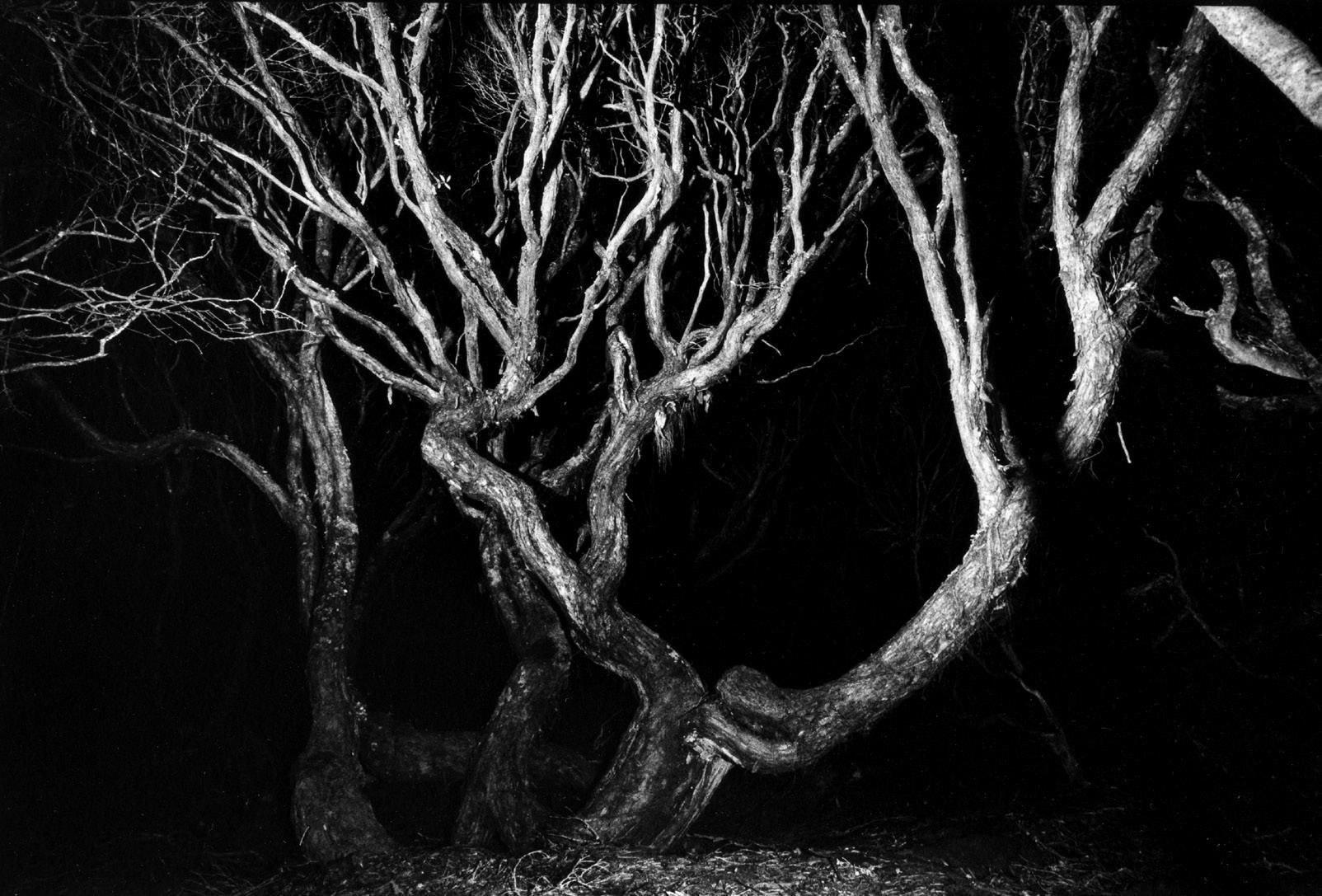
along the bottom edge of the canvas, we spot eggs and bones of the extinct moa. ‘Melting moments’ also references the indeterminism of Hammond’s imagery: we encounter forms both familiar and unfamiliar; the figures are metamorphic, somewhere between human and bird; and the setting elides sky and sea. Or perhaps the title could be loftily read as a reminder of the transience of time, or the impermanence of our existence. The onus is on the viewer to decide. But, as many readers will have identified, the title also simply refers to a touchpoint of New Zealand culture: two buttery biscuits sandwiched together with lemon icing. Here, Hammond fosters a dialogue with other similarly titled works of the late 1990s, series such as Hokey Pokey and Placemakers coming to mind. With clear connections to New Zealand culture, these familiar phrases give the viewer something to hold on to as we enter Hammond’s disorientating world.
Paintings Hammond produced at the end of the millennium undoubtedly represent a landmark moment in his artistic practice. By this point, over 20 years had passed since Hammond’s first solo exhibition in 1976. His relationship with Christchurch dealer Judith Gifford, and the Brooke/Gifford Gallery, was well established. His style had developed a fluency, with a fully formed and recognisable pictorial language. In Melting Moments I , a rare large-scale work from Hammond’s late-90s period, the bird-human forms he introduced several years earlier are afforded a greater stage, with the canvas measuring 1.60 x 2.14metres. A work on such a scale serves to envelop the viewer, drawing them in to Hammond’s ethereal masterpiece.
Apparently, before the ease of sharing images online, for prospective buyers unable to visit the Christchurch gallery, Judith
Gifford would describe paintings over the phone. I take great pleasure in imagining this service for Hammond’s work, for it would take a lengthy phone call to describe in detail compositions like Melting Moments I. The more you look at Hammond’s work, the more you see, and for this reason, the full depths of his oeuvre remain uncharted.

40 Bill Hammond
Melting Moments I 1999
acrylic on canvas
signed W D Hammond and dated 1999 in brushpoint lower right; inscribed Melting Moments I in brushpoint lower edge 1600 × 2140mm
est $1,500,000 — $2,500,000
provenance
Private collection, Auckland. Acquired from Brooke/Gifford Gallery, Christchurch, 1999.
exhibitions
Melting Moments: New Paintings, Brooke/Gifford Gallery, Christchurch, 1999.

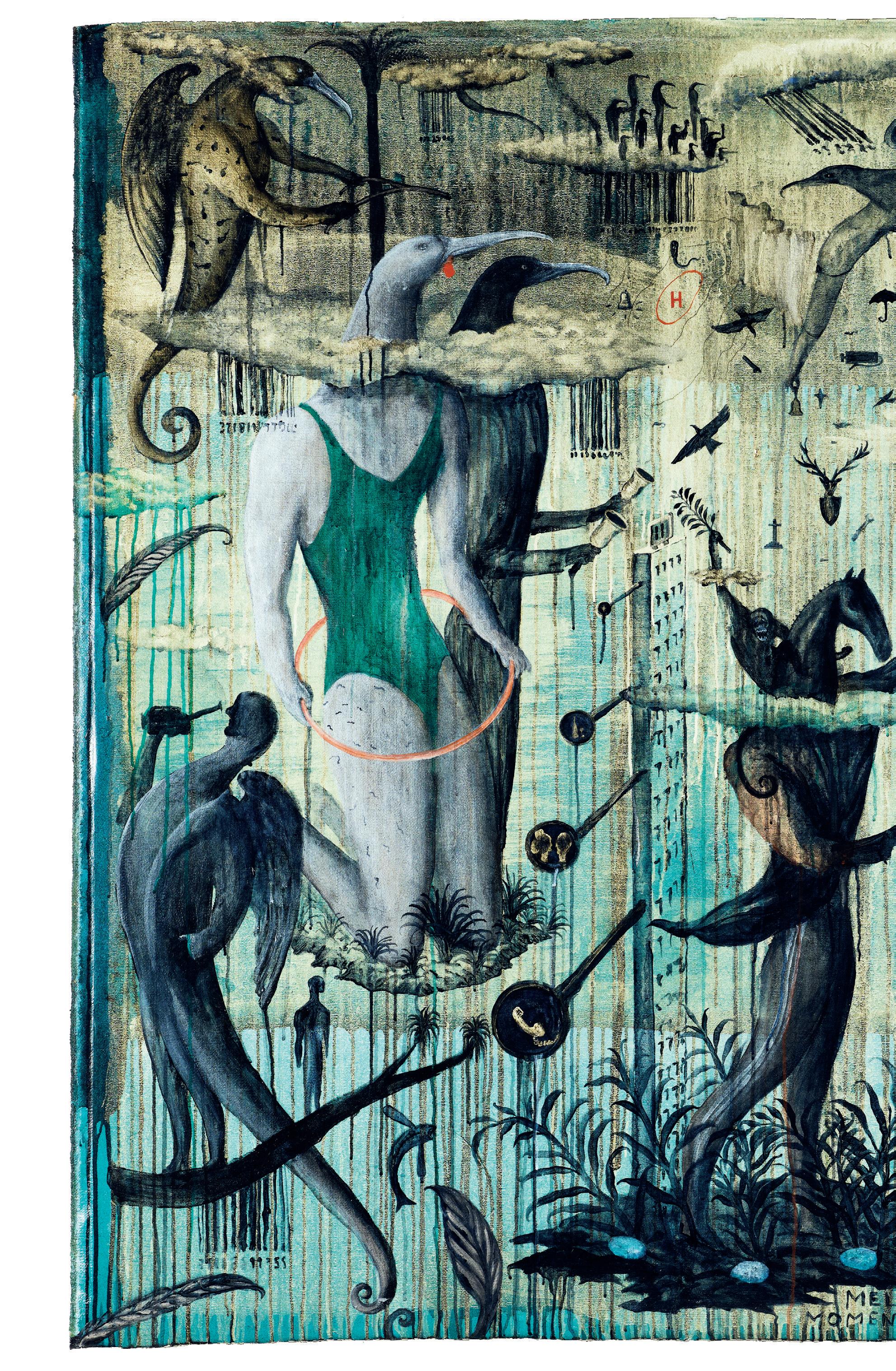

Featuring in several of Charles Frederick Goldie’s (1870–1947) works of the 1910s, the figure depicted in this composition is Ngāti Awa rangatira Wiripine Ninia, confirmed by an inscription on the verso of the canvas. After studying and travelling in Europe, followed by collaboration with Louis John Steele, Goldie focused on his depictions of Māori in the first decade of the twentieth century. By the time he painted One of the Old School (Wiripine Ninia, A Ngatiawa Chieftainess) in 1913, the 43-year-old Goldie had been painting Māori portraits for some years. Although some of his portraits of Māori were painted from life in his Auckland studio, from the 1910s onwards he increasingly painted from photographs. Indeed, the convincing detail that characterises much of Goldie’s oeuvre verges on the photographic. Initially, this found him great favour amongst critics: in 1901 the Observer dubbed him “the first painter in New Zealand.”1
In many ways, One of the Old School (Wiripine Ninia, A Ngatiawa Chieftainess) is representative of Goldie’s rather formulaic approach to his paintings of Māori. Comparing the composition to other representations of Wiripine Ninia (examples of which can be found in the collections of Te Papa Tongarewa and the Sarjeant Gallery), we recognise the plain, flat background, perhaps representing woven flax, upon which Goldie has signed and dated his work in brushpoint. The familiar bust-length format isolates the figure from any recognisable setting, and ensures she dominates most of the composition. Whereas the depiction of Wiripine Ninia in Te Papa’s collection shows her in a korowai, this 1913 work instead dresses the rangatira in European garb. Here, too, we find motifs familiar in Goldie’s oeuvre. The blue-and-
grey plaid blanket draped over her shoulders, and the blue scarf hung around her neck appear in several of Goldie’s works, of both Wiripine Ninia and other Māori dignitaries, such as his depiction of Ena Te Papatahi in the Auckland Art Gallery Toi o Tāmaki collection. Although Wiripine Ninia is shown without the pounamu heitiki that commonly adorns the necks of Goldie’s figures, from her lobes hang pounamu and feather earrings. These may well have been part of the collection of jewellery and artefacts the artist kept, with which to embellish his figures. Here, Goldie is fusing Māori and European identifiers in his own invented composition. Goldie’s priority was not historical accuracy, and to
refer to works such as this as an example of ‘realism’ would be an error. Moreover, although the sitter is recorded in Goldie’s inscription, as Len Bell has explained, works such as One of the Old School should not be interpreted as portraits, but rather as narrative or anecdotal works.2
The modest scale of One of the Old School (Wiripine Ninia, A Ngatiawa Chieftainess) fosters an intimate interaction between viewer and subject, encouraging us to move closer and appreciate the fine detail the artist has achieved with oil paint. As with many of his works, in One of the Old School Goldie’s technical skill is especially apparent in his rendering of skin. His skilled manipulation

1913
of oil paint achieves an impressive plasticity, suggesting texture and three dimensionality on the flat canvas. Her moko convincingly follows the undulating folds of her aged skin. For Goldie, this flesh, etched with deep lines and signalling a long life nearing its end, might have served as a metaphor for the Māori population. As has been explored by Aotearoa’s art historians, Goldie’s depictions of Māori were underpinned by the belief held by late-colonial Pākehā that Māori were dying out, that his pictures would memorialise Māori beyond their existence.3 Certainly, his belief in the decline of Māori is reflected in this work’s title, One of the Old School. This interpretation is furthered by Wiripine Ninia’s expression. Although she directly faces the picture plane, her eyes are cast downwards, which, along with a gently furrowed brow and heavy eyelids, imparts on her a sense of melancholy and retrospection.
Today, Goldie’s works – One of the Old School included – unsurprisingly occupy a space of tension. They are at once a reflection of the complicated romantic lens through which late-colonial Pākehā viewed Māori, and are also valuable taonga to many Māori as they embody the wairua of the sitter. Goldie’s works are representative of European, rather than Māori, culture at the outset of the twentieth century, but they also represent a moment in which, despite European beliefs, the Māori population was not dying, but growing. Inevitably, individuals come to their own conclusions about Goldie’s depictions of Māori, informed by lived experiences and emotional connections. Undoubtedly, though, Charles Frederick Goldie’s depictions of Māori occupy an important place in New Zealand art history.

42 Ralph Hōtere Avignon 1978
acrylic on canvas
signed Hotere, dated 8-78 and inscribed AVIGNON in brushpoint lower right 1700 × 1240mm
est $160,000 — $220,000
provenance
Private collection, Auckland. Acquired from New Zealand Works of Art, Webb's, Auckland, 29 March 1990, lot 309.
In 1978 Ralph Hōtere (Te Aupōuri) used a travel grant awarded to him by the Queen Elizabeth ll Arts Council to visit Europe with his then wife, poet Cilla McQueen. The couple spent much of the European summer in south-east France, along with McQueen’s daughter, Andrea, in a cottage in the Quartier du Mouton on the Île de la Barthelasse on the Rhône river in Avignon.
Hōtere was raised in a close Māori Catholic family in his home community of Mitimiti. He was christened Hone Papita Raukura after Jean Baptiste François Pompallier, the French bishop who established the first New Zealand Catholic mission in the Hokianga in 1838.
During Hōtere's time spent in the Catholic region of southern France, he became captivated by the French Gothic architectural heritage, exampled by the extravagant building projects initiated by the seven popes who established their papal courts in Avignon, rather than Rome, during most of the fourteenth century.
The time Hōtere and his family spent on the Île de la Barthelasse coincided with the death of Pope Paul VI in August 1978, which was followed only 33 days later by the death of the newly elected Pope John Paul I. Needless to say, the quickly successive deaths of two Popes dominated world news at the time and totally overwhelmed devout Catholic communities throughout Europe, particularly in Italy and France.
Immersed as he was in the architectural grandeur of French Catholic history in Avignon, and living at the time in the same small village as families whose devout commitment to the Catholic Church went back countless generations, Hōtere was seemingly moved by the great outpouring of public grief. He began work on a series of paintings on raw unstretched canvas in response to the heavy, brooding atmosphere of public grief that surrounded him.
On the first of these works he transcribed a headline taken from the eminent French newspaper, Le Monde, “Le Pape est Mort”, and on the next, a headline from the Italian paper, La Repubblica, “E Morto ll Papa”. In the work featured here, Hōtere has gesturally inscribed ‘AVIGNON’ in brush point across the lower right of the canvas, followed by the month and year of its making and the events that inspired it.
Above the date, Hōtere has also delineated three keys, stacked vertically; obviously referring to the keys of heaven or keys of Saint Peter, which are a recognised symbol of papal authority and appear on papal coats of arms (those of individual popes) and those of the Holy See and Vatican City State.
The symbolism of the papal keys is multilayered; firstly, they are the mechanism of the powers of opening and closing, and denote liberation, knowledge, mystery and initiation. On the papal coat of arms, two keys – one gold and one silver – are presented crossed. The silver key usually refers to political and secular influence, while the gold one refers to the spiritual power and pastoral responsivity of the Pope.
Hōtere's decision to depict three keys in this work is enigmatical. Perhaps he was paying tribute to the two Popes who have recently died and the one who is yet to succeed them.
by Mark Hutchins-Pond
43 Philip Clairmont Innocence Threatened oil on jute
signed CLAIRMONT and dated 70 in brushpoint left edge; inscribed INOCENCE THREATENED in brushpoint right edge
1360 × 1420mm
est $150,000 — $180,000
provenance
Private collection, Queenstown. Acquired from Important Paintings and Contemporary Art, Webb's, Auckland, 27 March 2012, lot 32.
literature
Bruce Morrison (director), Profiles — Philip Clairmont (Auckland: TVNZ, 1981), 03:25; Ian Wedde and Alan Brunton (editors), Spleen 4, 1976, cover.
Innocence Threatened was the largest, most complex and highest priced painting exhibited in Philip Clairmont’s debut one-man show at Several Arts in Christchurch in the autumn of 1970. It appeared alongside other outstanding works like The Hanged Man and the Soldier (purchased by Doris Lusk and never exhibited since), Heroin OD NY 1969, The Departure of the Soul, Birdman, the splendid Study for Head, and an extraordinary untitled self-portrait which Bill Sutton bought.
A diptych with uneven-sized panels, it anticipates the many triptych works Clairmont would go on to paint; you can, mentally at least, divide the double-sized right-hand panel in two. Its subject matter is prescient as well, concerning, as it does, his own family. It was painted to mark the birth of his daughter Melissa the previous year; it is her innocence that is threatened by the multiple entities looming in the work, many of them seemingly generated out of the paint itself.
If you take a step back, the composition resolves into a head shape, with two black shoulders, outlined against vivid white, sloping away on either side. Inside this head are other portraits, amongst which the artist’s own image is prominent, front on, divided, half in the left panel and half in the left of the right; and that of the baby’s, in profile, in the centre of the righthand panel. Clairmont made his concerns explicit when he wrote on the preparatory drawing for the painting: “baby’s head shape – vulnerability – white suggesting heat from nuclear inferno”.
About a third of the works in the Several Arts show were heads, many of them self-portraits. There were also portraits of the artist’s family and his close friends. The cover of the catalogue features another vertically divided woodcut self-portrait, also front on, with resemblances to the one that appears in Innocence Threatened. The painting may be understood, with others from the show, as the inauguration of a series called Imaginary Heads, which Clairmont would develop over the next few years. They are reminiscent of what the Dutch call ‘tronies’, pictures of people who may or may not exist, with grotesque or exaggerated facial expressions.
The exuberant demonology displayed in Innocence Threatened – the bird and fish shapes, the reptilian eyes, the mouths full of teeth – also has obvious precedents in Dutch art. The multiple entities jockeying for space don’t, however, distract from the surface of the painting: gorgeous, intricately patterned, like damask or brocade, it is as much an indication of the meaning of the work as its ostensible subject matter. This painting was a breakthrough for Clairmont, who would go on to investigate these brocaded surfaces further, sometimes collaging lace or other fabrics into subsequent works.
As for that subject matter, he was clear about what he was trying to do, remarking: “These paintings are only a few aspects of a multitude of potential realities, struggling to emerge through splinters of ‘unreality’, into a tangible vision.”
Innocence Threatened is a crucial early work, dazzling, alarming, accomplished, a tangible vision – a brilliant precursor of what was to come. Clairmont was showing his daughter the beauty and the terror of the world.
by Martin Edmond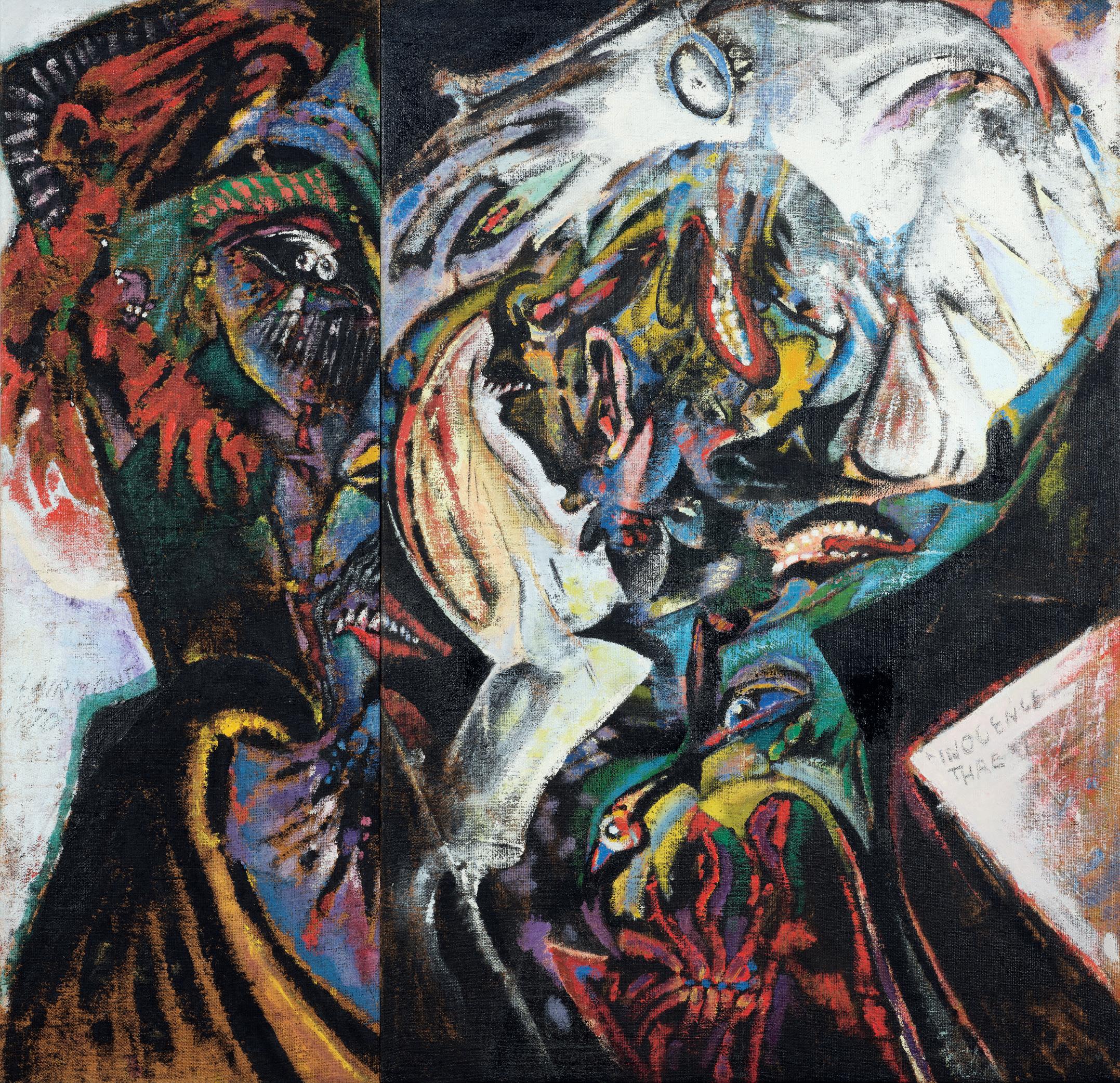
44 Colin McCahon Northland 1959
ink on paper
signed McCahon, dated April '59 and inscribed Northland in ink lower right 630 × 505mm
est $50,000 — $70,000
provenance
Private collection, Hamilton. Passed by bequest, 2022; The Estate of Joan Fear, Hamilton. Acquired from Barry Lett Galleries, Auckland, c1965.
In 1958, McCahon's position as deputy director of Auckland Art Gallery afforded him the opportunity to take a four-month research trip to the United States in order to gain first-hand experience of American museum practice and procedure. Aside from a trip to the 1984 Bienniale of Sydney (in which he presented the exhibition I Will Need Words) three years before his death, the American sabbatical was the only international travel that McCahon would ever undertake. While one imagines that its true significance wasn't widely recognised at the time, the four-month sojourn is now celebrated as a pivotal event that would forever alter the way in which painting was practised in New Zealand.
It was during this trip that the output of the emerging New York School of abstraction expressionists first had a true impact on the 39-year-old McCahon. Sighting paintings by artists like Jackson Pollock and Willem de Kooning in person allowed McCahon to engage with tenets of their practices that weren't immediately apparent in reproduction. Following his return from the United States, the aesthetic principles extolled by their work would became major influences on the artist. With mid-century abstract expressionism in McCahon's recent memory, the paintings that he would make in the late 1950s and early 1960s would place a greater emphasis on the act of painting; the manner in which he laid down paint became as important as was the subject matter that he chose to depict.
Northland is styled upon the approach to figuration that the artist developed in the early 1950s with his paintings of the North Canterbury region, whereby the folds and crevasses of the landscape were portrayed as a rhythmic grid of painted lines. While the work still bears the influence of Cubism, it is a significant departure from those that McCahon made prior to the American experience of 1958, for instance, his thickset, angular depictions of kauri forests. Summarising the words of the artist, McCahon biographer Gordon H Brown attributes the artist's shift away from the density of his immediate environment to the "implications of hugeness encountered in American cities — taller by far than kauri trees" and, to a lesser extent, the "vastness" of its wide open spaces.
McCahon has used the aesthetic principles of New York expressionism to articulate the fundamental characteristics of the Northland landscape. Northland is the product of an artist with a newfound understanding of the gravity and implication of the human gesture.
by Neil Talbot
45 Tony Fomison
Mental Patient in a White Hat
c1971
oil on hessian
inscribed Mental Patient in a White Hat in brushpoint upper left 1650 × 920mm
est $180,000 — $260,000
provenance
Private collection, Christchurch. Acquired from Canterbury Society of Arts, Christchurch, 1971.
exhibitions
Canterbury Society of Arts, Christchurch, 1971.
Fomison paints as if modernism had never happened. There is none of the self-consciousness regarding the intervening history of modern painting in his return to narrative and figuration, which is the hallmark of that particular aspect of postmodern painting. Nor, necessarily, is his return in the hope of rejuvenating the tradition. His paintings, rather, are willed anachronisms. If they speak to us in the present at all, it is from the encrypted position of their aesthetic self-exile at the historical origins of our modernity — as if they would remain, contra the Enlightenment, in the dark, as if they could renege on modernity.1
Tony Fomison lived a life of intensity. He was a painter through and through — driven, dedicated to his craft, and with an anarchic bent. It can rightly be said that he painted in a way that no one else has either before or since; his paintwork and his subject matter were both unique. Fomison was known for a fascination with the macabre, often creating images that engaged with psychological darkness. Along with nods to the cinematic genres of horror and film noir, the artist created many works that explored challenging aspects of the human condition. He relished painting social misfits and those at the edge of society, seemingly identifying with such characters. Though he didn’t live a long life, dying at the age of 50, Fomison created an incredibly rich body of artwork.
Fomison painted Mental Patient in a White Hat in the early 1970s. The work is a large, close-up portrait of the titular patient. The artist’s characteristic painterly brushwork deftly captures the patient’s facial expression, writ large with their internal struggle. A dark lock of hair on one side of the subject’s face, and deep shadows beneath their chin contrast with the bright white of their hat, this chiaroscuro effect adding a sense of drama to the image. The patient’s face is bunched, drawn inwards to a scowl, their eyes dark. With this work, Fomison gives voice to someone nameless, and expresses some aspect of their inner challenges. The artist was notably drawn to characters like the mental patient in this image — their struggles somehow echoing his own.
Writer and curator Lara Strongman wrote insightfully on this subject in her 1991 thesis Tony Fomison: An Artist’s Life. She stated, “The second thematic body of works to emerge in the early seventies can be loosely identified as 'institutional' images. Paintings such as But There’s Nothing wrong with me (1971), Mugshot (1971), From a Mark Adams Photo of a Sunnyside Patient (1972)... deal with entrapment and imprisonment. Dim faces peer at the viewer between heavy bars or are encased within fixed grimaces. The dividing line between the prisoner of crime and the mental patient is blurred: both are guilty of the crimes of abnormality and irrationality. The prisoner, the criminal, the victim, all are outcasts from the norm, dangerous individuals penned together in a shared institutional life.”2
Mental Patient in a White Hat is a major work from an important period of Fomison’s output. It demonstrates the artist’s consummate abilities as a painter, capturing the subject’s likeness and disposition in deft paintwork. It also speaks to an area of personal experience and intrigue to the artist. This work offers compelling insight into Fomison’s fascination with some of the more challenging aspects of human experience.
by Dr Julian McKinnon1 Peter Brunt, ‘Framing Identity’ in Fomison: What shall we tell them?, edited by Ian Wedde (Wellington: City Gallery Wellington, 1994). 63-74, 67.
2 Lara Strongman, Tony Fomison: An Artist’s Life (Christchurch: University of Canterbury, 1991), 68.



Chromira print on Fujiflex Crystal Archive, edition of 3 1010 × 1010mm
est $5,000 — $8,000
provenance
Private collection, Auckland. Acquired from Tim Melville Gallery, Auckland, c2014.
exhibitions
Joe Sheehan: Screenshots, Tim Melville Gallery, Auckland, 2014.
Chromira print on Fujiflex Crystal Archive, edition of 3 1010 × 1010mm

est $5,000 — $8,000
provenance
Private collection, Auckland. Acquired from Tim Melville Gallery, Auckland, c2014.
exhibitions
Joe Sheehan: Screenshots, Tim Melville Gallery, Auckland, 2014.

49 Milan Mrkusich
Two Areas, Orange and Maroon 1980
acrylic on board signed Mrkusich, dated '8 0 and inscribed Two Areas, Orange & Maroon 1980 in brushpoint verso 1225 × 1830mm
est $40,000 — $60,000
provenance
Private collection, Auckland. Acquired from The Les and Milly Paris Collection, Art+Object, Auckland, 19 September 2012, lot 67.
exhibitions
New Zealand Painting Selected for Carnegie International, 1982, from Dunedin Public Gallery, Carnegie International, Museum of Art Carnegie Institute, Pittsburgh, 1982–1983; A decade Further On: 1974–1983, Auckland City Gallery, 1985. Hit Parade: Contemporary Art from the Paris Family Collection; Wellington City Art Gallery, 1992-1993.
literature
Peter Leech, Milan Mrkusich: A Decade Further On, Auckland City Art Gallery, 1985, p.29.
Milan Mrkusich held his first solo exhibition at the University of Auckland’s School of Architecture in 1949. Throughout the 1950s and 60s, he produced an impressive collection of paintings, drawing inspiration from the tenets of European modernism, like his contemporaries, such as Colin McCahon and Louise Henderson. Initially, his images were painterly, featuring elements reminiscent of Paul Klee and Wassily Kandinsky. Later, they evolved into serene compositions echoing the language of the Bauhaus movement.
From the late 1960s to the mid-1970s, Mrkusich introduced significant changes to his work, marking the inception of a series known as the Corner Painting s. Characterised by an oblong or square canvas, these paintings could reach considerable sizes, with some stretching over two metres on their longest side. A distinguishing feature of works in this series is the triangle of flat colour nestled into each of the painting’s four corners, mimicking the way a photograph is held in an album with corner pockets. This unique technique creates a sense of the triangles obscuring the corners, anchoring the image. The centre of a Corner Painting frequently resembles a turbulent sky, varying between brooding and dramatic, always creating an experiential atmosphere.
Mrkusich’s subsequent works, the Two Area , Three Area and Four Area paintings, draw on the legacy of his Corner Paintings . These creations reject the convention of a frame, doing away with the elements that anchor the image. Instead, they consist of fields of resonating colour aimed at engaging the soul. These works share more similarities with the immersive installations of artists like James Turrell, who transform entire galleries with light, than with any of Mrkusich’s New Zealand contemporaries. Remarkably, Mrkusich explored the potential of painting while maintaining the standard format — a square or rectangle hung on a wall. His painting Two Areas, Orange and Maroon exemplifies this, impacting the surrounding space without transcending the rectangular boundary.
In 2023, when artworks are often produced by teams of assistants in large workshops, one could mistakenly assume that Two Areas, Orange and Maroon followed a similar creation process. Despite its immaculate, precise execution, with not a drop of paint out of place, it is the work of a highly skilled painter at the peak of his craft. A closer look reveals a delicate, dappled surface that appears to advance, recede and shimmer.1 Mrkusich was 55 when he painted this work, and it encapsulates his vibrant energy and enthusiasm for the world. A true visionary, Mrkusich never rested on familiar techniques. He continually evolved, innovated and pushed boundaries throughout his career.
by Charles Ninow1 It’s appropriate to credit Hone Tuwhare with this description. In his poem Hotere (1970), he said Ralph Hōtere’s paintings appeared to “advance, recede, shimmer and wave”.
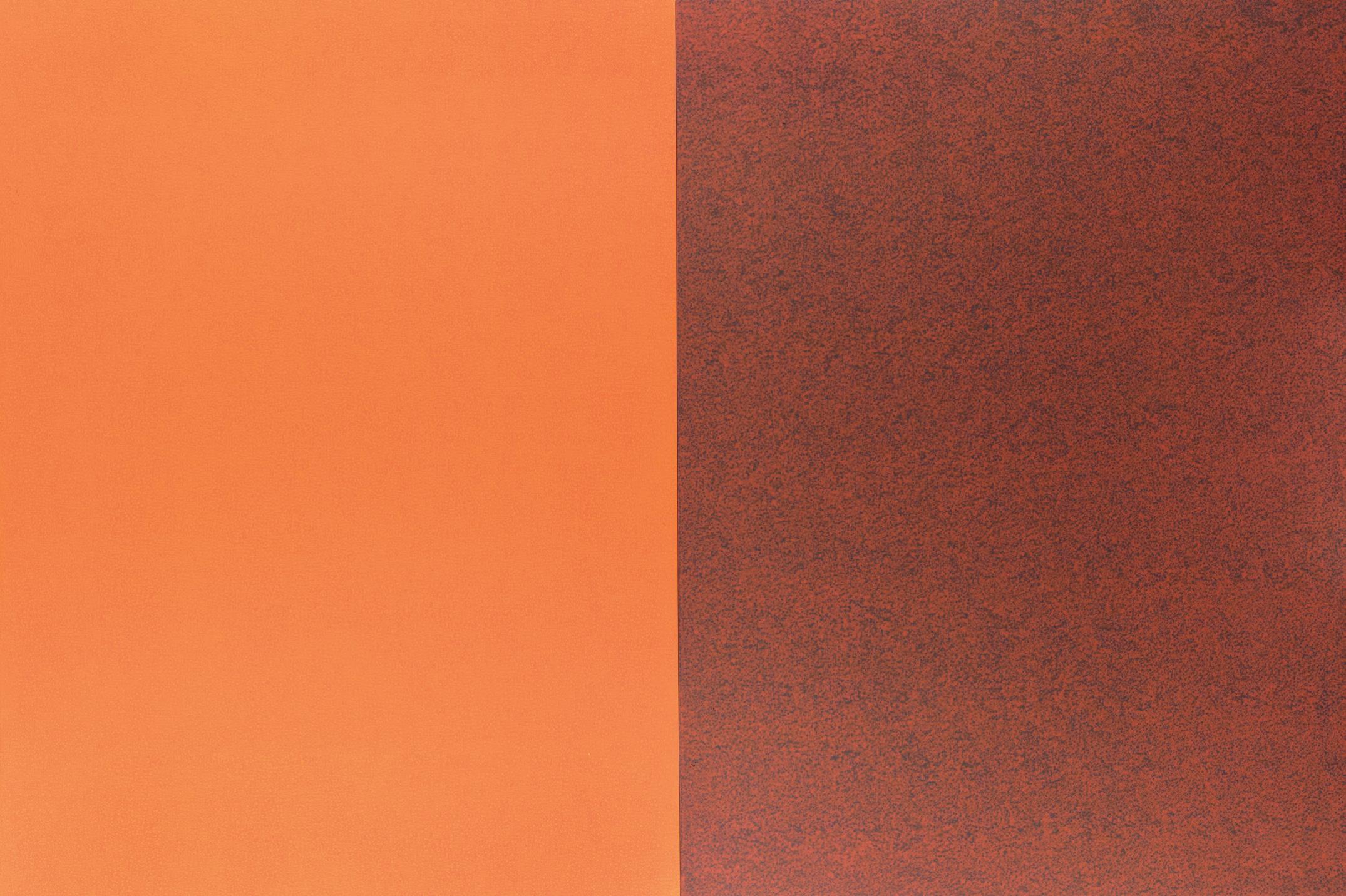
est $7,000 — $14,000
provenance
Private

Pohutukawa — Stamen (Tumult)
2006
acrylic on canvas
signed Albrecht, dated '06 and inscribed Pohutukawa — Stamen (Tumult) in brushpoint verso

780 × 1490mm (widest points)
est $35,000 — $45,000
provenance
Private collection, Auckland. Acquired from Important & Rare Art, International Art Centre, Auckland, 27 November 2018, lot 66.
52 Max Gimblett
Moby Dick — For Colin McCahon, Painter & Poet
1988
acrylic on linen
signed Max Gimblett, dated 1988 and inscribed

"Moby Dick — For Colin McCahon Painter & Poet, Acrylic Polymer" in ink verso (each panel)
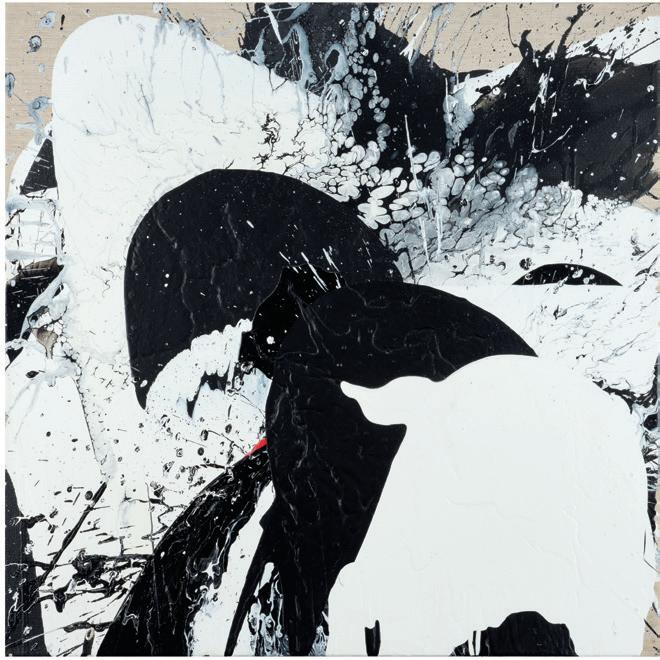

765 × 765mm (widest points; each panel)
est $30,000 — $40,000
provenance
Private collection, Queenstown. Acquired from Important Paintings & Contemporary Art, Webb's, Auckland, 31 July 2014, lot 12.
est $20,000 — $30,000
provenance
Private collection, Auckland. Acquired from Gow Langsford Gallery, Auckland, 2008.

exhibitions
Chris Heaphy — Sea of Tranquility, Gow Langsford Gallery, Auckland, 2008.
54 Ralph Hōtere
Window in Spain
1978
watercolour and ink on paper
signed Ralph Hōtere, dated '78 and inscribed For Luit Bieringa Window in Spain in ink lower edge; signed Ralph Hōtere, dated 1978 and inscribed Window in Spain in brushpoint verso 310 × 240mm
est $10,000 — $15,000
provenance
Private collection, Auckland. Acquired from New Collectors Art, Art+Object, Auckland, 8 December 2015, lot 170.

acrylic on canvas signed Robert Ellis, dated 1992 and inscribed Koha with incision lower left 1990 × 2200mm

est $16,000 — $24,000
provenance Private collection.
2012
screenprint on paper, edition of 100 signed K Maughan in graphite lower edge 700 × 875mm
est $3,500 — $5,500
provenance
Private collection.
Glister with Skin Condition
2008
acrylic on giclee print on paper, 1/1 signed Stichbury, dated '08, and inscribed 1/1 "Glister with skin condition" in graphite lower edge
270 × 260mm

est $4,000 — $6,000
provenance
Private collection, Auckland. Acquired from Webb's, Important Paintings and Contemporary Art, Auckland, 28 November 2012, lot 25.
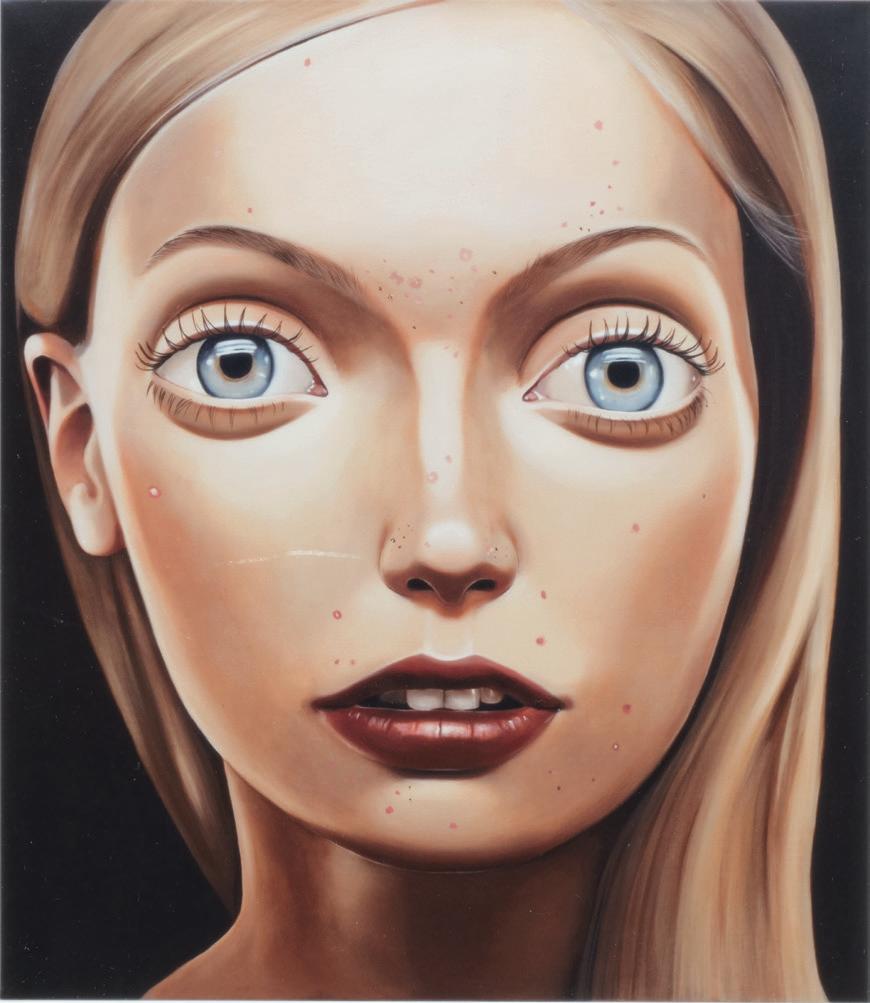
Kaiarara Kaka, Great Barrier screenprint on paper, 68/150 signed Don Binney, dated 1982 and inscribed 68/150 Kaiarara Kaka, Great Barrier in graphite lower edge 660 × 400mm
est $15,000 — $25,000
provenance
Private collection, Auckland. Acquired directly from the artist.


The conditions that are listed below contain terms that are used regularly and may need explanation. They are as follows:
“the Buyer” means the person with the highest bid accepted by the Auctioneer.
“the Lot” means any item depicted within the sale for auction and in particular the item or items described against any lot number in the catalogue.
“the Hammer price” means the amount of the highest bid accepted by the auctioneer in relation to a lot.
“the Buyer’s Premium” means the charge payable by the Buyer to the auction house as a percentage of the hammer price.
“the Reserve” means the lowest amount at which Webb’s has agreed with the Seller that the lot can be sold.
“Forgery” means an item constituting an imitation originally conceived and executed as a whole, with a fraudulent intention to deceive as to authorship, origin, age, period, culture or source, where the correct description as to such matters is not reflected by the description in the catalogue. Accordingly, no lot shall be capable of being a forgery by reason of any damage or restoration work of any kind (Including re-painting).
“the insured value” means the amount that Webb’s in its absolute discretion from time to time shall consider the value for which a lot should be covered for insurance (whether or not insurance is arranged by Webb’s).
All values expressed in Webb’s catalogues (in any format) are in New Zealand Dollars (NZD$). All bids, “hammer price”, “reserves”, “Buyers Premium” and other expressions of value are understood by all parties to be in New Zealand Dollars (NZD$) unless otherwise specified.
Except as otherwise stated, Webb’s acts as agent for the Seller. The contract for the sale of the property is therefore made between the Seller and the Buyer.
3.1. Examination of Property
Prospective Buyers are strongly advised to examine in person any property in which they are interested before the Auction takes place. Neither Webb’s nor the Seller provides any guarantee in relation to the nature of the property apart from the Limited warranty in the paragraph below. The property is otherwise sold “AS IS”
report to damage or restoration are for guidance only and should be evaluated by personal inspection by the bidder or a knowledgeable representative. The absence of such a reference does not imply that an item is free from defects or restoration, nor does a reference to particular defects imply the absence of any others. Estimates of the selling price should not be relied on as a statement that this is the price at which the item will sell or its value for any other purpose. Neither Webb’s nor The Seller is responsible for any errors or omissions in the catalogue or any supplemental material.
Images are measured height by width (sight size). Illustrations are provided only as a guide and should not be relied upon as a true representation of colour or condition. Images are not shown at a standard scale. Mention is rarely made of frames (which may be provided as supplementary images on the website) which do not form part of the lot as described in the printed catalogue.
An item bought “on Extension” must be paid for in full before it will be released to the purchaser or his/ her agreed expertising committee or specialist. Payments received for such items will be held “in trust” for up to 90 days or earlier, if the issue of authenticity has been resolved more quickly. Extensions must be requested before the auction. Foreign buyers should note that all transactions are in New Zealand Dollars so there may be a small exchange rate risk. The costs associated with acquiring a good opinion or certificate will be carried by the purchaser. If the item turns out to be forged or otherwise incorrectly described, all reasonable costs will be borne by the vendor.
3.3. Buyers Responsibility
All property is sold “as is” without representation or warranty of any kind by Webb’s or the Seller. Buyers are responsible for satisfying themselves concerning the condition of the property and the matters referred to in the catalogue by requesting a condition report. No lot to be rejected if, subsequent to the sale, it has been immersed in liquid or treated by any other process unless the Auctioneer’s permission to subject the lot to such immersion or treatment has first been obtained in writing.
4. At the Sale
4.1. Refusal of Admission
3.2.
All statements by Webb’s in the catalogue entry for the property or in the condition report, or made orally or in writing elsewhere, are statements of opinion and are not to be relied upon as statements of fact. Such statements do not constitute a representation, warranty or assumption of liability by Webb’s of any kind. References in the catalogue entry to the condition
Webb’s reserves the right at our complete discretion to refuse admission to the auction premises or participation in any auction and to reject any bid.
4.2. Registration Before Bidding
Any prospective new buyer must complete and sign a registration form and provide photo identification before bidding. Webb’s may request bank, trade or other financial references to substantiate this registration.
The terms and conditions of sale listed here contain the policies of Webb’s (Webb Fine Art). They are the terms on which Webb’s (Webb Fine Art) and the Seller contract with the Buyer. They may be amended by printed Saleroom Notices or oral announcements made before and during the sale. By bidding at auction you agree to be bound by these terms.
4.3. Bidding as a Principal
When making a bid, a bidder is accepting personal liability to pay the purchase price including the buyer’s premium and all applicable taxes, plus all other applicable charges, unless it has been explicitly agreed in writing with Webb’s before the commencement of the sale that the bidder is acting as agent on behalf of an identified third party acceptable to Webb’s and that Webb’s will only look to the principal for payment.
4.4. International Registrations
All International clients not known to Webb’s will be required to scan or fax through an accredited form of photo identification and pay a deposit at our discretion in cleared funds into Webb’s account at least 24 hours before the commencement of the auction. Bids will not be accepted without this deposit. Webb’s also reserves the right to request any additional forms of identification prior to registering an overseas bid.
This deposit can be made using a credit card, however the balance of any purchase price in excess of $5,000 cannot be charged to this card without prior arrangement. This deposit is redeemable against any auction purchase and will be refunded in full if no purchases are made.
4.5. Absentee Bids
Webb’s will use reasonable efforts to execute written bids delivered to us
AT LEAST 24 Hours before the sale for the convenience of those clients who are unable to attend the auction in person. If we receive identical written bids on a particular lot, and at the auction these are the highest bids on that lot, then the lot will be sold to the person whose written bid was received and accepted first.
Execution of written bids is a free service undertaken subject to other commitments at the time of the sale and we do not accept liability for failing to execute a written bid or for errors or omissions which may arise.
It is the bidder’s responsibility to check with Webb’s after the auction if they were successful. Unlimited or “Buy” bids will not be accepted.
4.6. Telephone Bids
Priority will be given to overseas and bidders from other regions.
Please refer to the catalogue for the Telephone Bids form. Arrangements for this service must be confirmed
AT LEAST 24 HOURS PRIOR to the auction commencing. Webb’s accepts no responsibility whatsoever for any errors or failure to execute bids. In telephone bidding the buyer agrees to be bound by all terms and conditions listed here and accepts that Webb’s cannot be held responsible for any miscommunications in the process. The success of telephone bidding cannot be guaranteed due to circumstances that are unforeseen. Buyers should be aware of the risk and accept the consequences should contact be unsuccessful at the time of Auction. You must advise Webb’s of the lots in question, and you will be assumed to be a buyer at the minimum price of 75% of estimate (i.e. reserve) for all such lots. Webb’s will advise Telephone Bidders who have registered at least 24 hours before the auction of any relevant changes to descriptions, withdrawals, or any other sale room notices.
4.7. Online Bidding
Webb’s offers an online bidding service. When bidding online the buyer agrees to be bound by all terms and conditions listed here by Webb’s. Webb’s accepts no responsibility for any errors, failure to execute bids or any other miscommunications regarding this process. It is the online bidder’s responsibility to ensure the accuracy of the relevant information regarding bids, lot numbers and contact details. Webb’s does not charge for this service.
4.8. Reserves
Unless otherwise indicated, all lots are offered subject to a reserve, which is the confidential minimum price below which the Lot will not be sold. The reserve will not exceed the low estimate printed in the catalogue.
The auctioneer may open the bidding on any Lot below the reserve by placing a bid on behalf of the Seller. The auctioneer may continue to bid on behalf of seller up to the amount of the reserve, either by placing consecutive bids or by placing bids in response to other bidders.
4.9. Auctioneers Discretion
The Auctioneer has the right at his/ her absolute and sole discretion to refuse any bid, to advance the bidding in such a manner as he/she may decide, to withdraw or divide any lot, to combine any two or more lots and, in the case or error or dispute and whether during or after the sale, to determine the successful bidder, to continue the bidding, to cancel the sale or to reoffer and resell the item in dispute. If any dispute arises after the sale, then Webb’s sale record is conclusive.
4.10. Successful Bid and Passing of Risk
Subject to the auctioneer’s discretion, the highest bidder accepted by the auctioneer will be the buyer and the striking of his hammer marks the acceptance of the highest bid and the conclusion of a contract for sale between the Seller and the Buyer. Risk and responsibility for the lot (including frames or glass where relevant) passes immediately to the Buyer.
4.11. Indicative Bidding Steps, etc.
Webb’s reserves the right to refuse any bid, withdraw any lot from sale, to place a reserve on any lot and to advance the bidding according to the following indicative steps:
5. After the Sale
5.1. Buyers Premium
In addition to the hammer price, the buyer agrees to pay to Webb’s the buyer’s premium. The buyer’s premium is 19.5% of the hammer price plus GST (Goods and Services Tax) where applicable.
5.2. Payment and Passing of Title
The buyer must pay the full amount due (comprising the hammer price, buyer’s premium and any applicable taxes and GST) not later than 2 days after the auction date. The buyer will not acquire title to the lot until Webb’s receives full payment in cleared funds, and no goods under any circumstances will be released without confirmation of cleared funds received. This applies even if the buyer wishes to send items overseas. Payment can be made by direct transfer, cash (not exceeding NZD$5,000, if wishing to pay more than NZD$5,000 then this must be deposited directly into a Bank of New Zealand branch and bank receipt supplied) and EFTPOS (please check the daily limit). Payments can also be made by credit card in person with a 2.2% merchant fee for Visa and Mastercard and 3.3% for American Express. Invoices that are in excess of $5,000 and where the card holder is not present, cannot be charged to a credit card without prior arrangement. Bank cheques are subject to five days clearance. The buyer is responsible for any bank fees and charges applicable for the transfer of funds into Webb’s account.
5.3. Collection of Purchases & Insurance
Webb’s is entitled to retain items sold until all amounts due to us have been received in full in cleared funds. Subject to this, the Buyer shall collect purchased lots within 2 days from the date of the sale unless otherwise agreed in writing between Webb’s and the Buyer. At the fall of the hammer, insurance is the responsibility of the purchaser.
5.4. Packing, Handling and Shipping
Webb’s will be able to suggest removals companies that the buyer can use but takes no responsibility whatsoever for the actions of any recommended third party. Webb’s can pack and handle goods purchased at the auction by agreement and a charge will be made for this service. All packing, shipping, insurance, postage & associated charges will be borne by the purchaser.
5.5. Permits, Licences and Certificates
Under The Protected Objects Act 1975, buyers may be required to obtain a licence for certain categories of items in a sale from the Ministry of Culture & Heritage, PO Box 5364, Wellington.
5.6.1. to charge interest at such a rate as we shall reasonably decide.
5.6.2. to hold the defaulting Buyer liable for the total amount due and to commence legal proceedings for its recovery along with interest, legal fees and costs to the fullest extent permitted under applicable law.
5.6.3. to cancel the sale.
5.6.4. to resell the property publicly or privately on such terms as we see fit.
5.6.5. to pay the Seller an amount up to the net proceeds payable in respect of the amount bid by the defaulting Buyer. In these circumstances the defaulting Buyer can have no claim upon Webb’s in the event that the item(s) are sold for an amount greater than the original invoiced amount.
5.6.6. to set off against any amounts which Webb’s may owe the Buyer in any other transactions, the outstanding amount remaining unpaid by the Buyer.
5.6.7. where several amounts are owed by the Buyer to us, in respect of different transactions, to apply any amount paid to discharge any amount owed in respect of any particular transaction, whether or not the Buyer so directs.
5.6.8. to reject at any future auction any bids made by or on behalf of the Buyer or to obtain a deposit from the Buyer prior to accepting any bids.
5.6.9. to exercise all the rights and remedies of a person holding security over any property in our possession owned by the Buyer whether by way of pledge, security interest or in any other way, to the fullest extent permitted by the law of the place where such property is located. The Buyer will be deemed to have been granted such security to us and we may retain such property as collateral security for said Buyer’s obligations to us.
5.6.10. to take such other action as Webb’s deem necessary or appropriate.
Absentee bids must follow these increments and any bids that don’t follow the steps will be rounded up to the nearest acceptable bid.
5.6. Remedies for Non-Payment
If the Buyer fails to make full payment immediately, Webb’s is entitled to exercise one or more of the following rights or remedies (in addition to asserting any other rights or remedies available under the law)
If we do sell the property under paragraph (4), then the defaulting Buyer shall be liable for payment of any deficiency between the total amount originally due to us and the price obtained upon reselling as well as for all costs, expenses, damages, legal fees and commissions and premiums of whatever kinds associated with both sales or otherwise arising from the default.
If we pay any amount to the Seller under paragraph (5) the Buyer acknowledges that
5.7.
Webb’s shall have all of the rights of the Seller, however arising, to pursue the Buyer for such amount.
Where purchases are not collected within 2 days from the sale date, whether or not payment has been made, we shall be permitted to remove the property to a warehouse at the buyer’s expense, and only release the items after payment in full has been made of removal, storage handling, insurance and any other costs incurred, together with payment of all other amounts due to us.
6.
Webb’s agrees to refund the purchase price in the circumstances of the Limited Warranty set out in paragraph 7 below. Apart from that, neither the Seller nor we, nor any of our employees or agents are responsible for the correctness of any statement of whatever kind concerning any lot, whether written or oral, nor for any other errors or omissions in description or for any faults or defects in any lots. Except as stated in paragraph 7 below, neither the Seller, ourselves, our officers, agents or employees give any representation warranty or guarantee or assume any liability of any kind in respect of any lot with regard to merchantability, fitness for a particular purpose, description, size, quality, condition, attribution, authenticity, rarity, importance, medium, provenance, exhibition history, literature or historical relevance. Except as required by local law any warranty of any kind is excluded by this paragraph.
7. Limited Warranty
Subject to the terms and conditions of this paragraph, the Seller warrants for the period of thirty days from the date of the sale that any property described in this catalogue (noting such description may be amended by any saleroom notice or announcement) which is stated without qualification to be the work of a named author or authorship is authentic and not a forgery. The term “Author” or “authorship” refers to the creator of the property or to the period, culture, source, or origin as the case may be, with which the creation of such property is identified in the catalogue.
The warranty is subject to the following: it does not apply where a) the catalogue description or saleroom notice corresponded to the generally accepted opinion of scholars and experts at the date of the sale or fairly indicated that there was a conflict of opinions, or b) correct identification of a lot can be demonstrated only by means of a scientific process not generally accepted for use until after publication of the catalogue or a process which at the date of the publication of the catalogue was unreasonably expensive or impractical or likely to have caused damage to the property.
the benefits of the warranty are not assignable and shall apply only to
the original buyer of the lot as shown on the invoice originally issued by Webb’s when the lot was sold at Auction.
the Original Buyer must have remained the owner of the lot without disposing of any interest in it to any third party.
The Buyer’s sole and exclusive remedy against the Seller in place of any other remedy which might be available, is the cancellation of the sale and the refund of the original purchase price paid for the lot less the buyer’s premium which is non-refundable. Neither the Seller nor Webb’s will be liable for any special, incidental nor consequential damages including, without limitation, loss of profits.
The Buyer must give written notice of claim to us within thirty days of the date of the Auction. The Seller shall have the right, to require the Buyer to obtain two written opinions by recognised experts in the field, mutually acceptable to the Buyer and Webb’s to decide whether or not to cancel the sale under warranty. the Buyer must return the lot to Seller in the same condition that it was purchased.
8. Severability
If any part of these Conditions of Sale is found by any court to be invalid, illegal or unenforceable, that part shall be discounted, and the rest of the Conditions shall continue to be valid to the fullest extent permitted by law.
9. Copyright
The copyright in all images, illustrations and written material produced by Webb’s relating to a lot including the contents of this catalogue, is and shall remain the property at all times of Webb’s and shall not be used by the Buyer, nor by anyone else without our prior written consent. Webb’s and the Seller make no representation or warranty that the Buyer of a property will acquire any copyright or other reproduction rights in it.
10. Law and Jurisdiction
These terms and conditions and any matters concerned with the foregoing fall within the exclusive jurisdiction of the courts of New Zealand, unless otherwise stated.
11. Pre-Sale Estimates
Webb’s publishes with each catalogue our opinion as to the estimated price range for each lot. These estimates are approximate prices only and are not intended to be definitive. They are prepared well in advance of the sale and may be subject to revision. Interested parties should contact Webb’s prior to auction for updated pre-sale estimates and starting prices.
12. Sale Results
Webb’s will provide auction results, which will be available as soon as
possible after the sale. Results will include buyer’s premium. These results will be posted at www.webbs.co.nz.
13. Goods and Service Tax
GST is applicable on the hammer price in the case where the seller is selling property that is owned by an entity registered for GST. GST is also applicable on the hammer price in the case where the seller is not a New Zealand resident. These lots are denoted by a dagger symbol † placed next to the estimate. GST is also applicable on the buyer’s premium.

